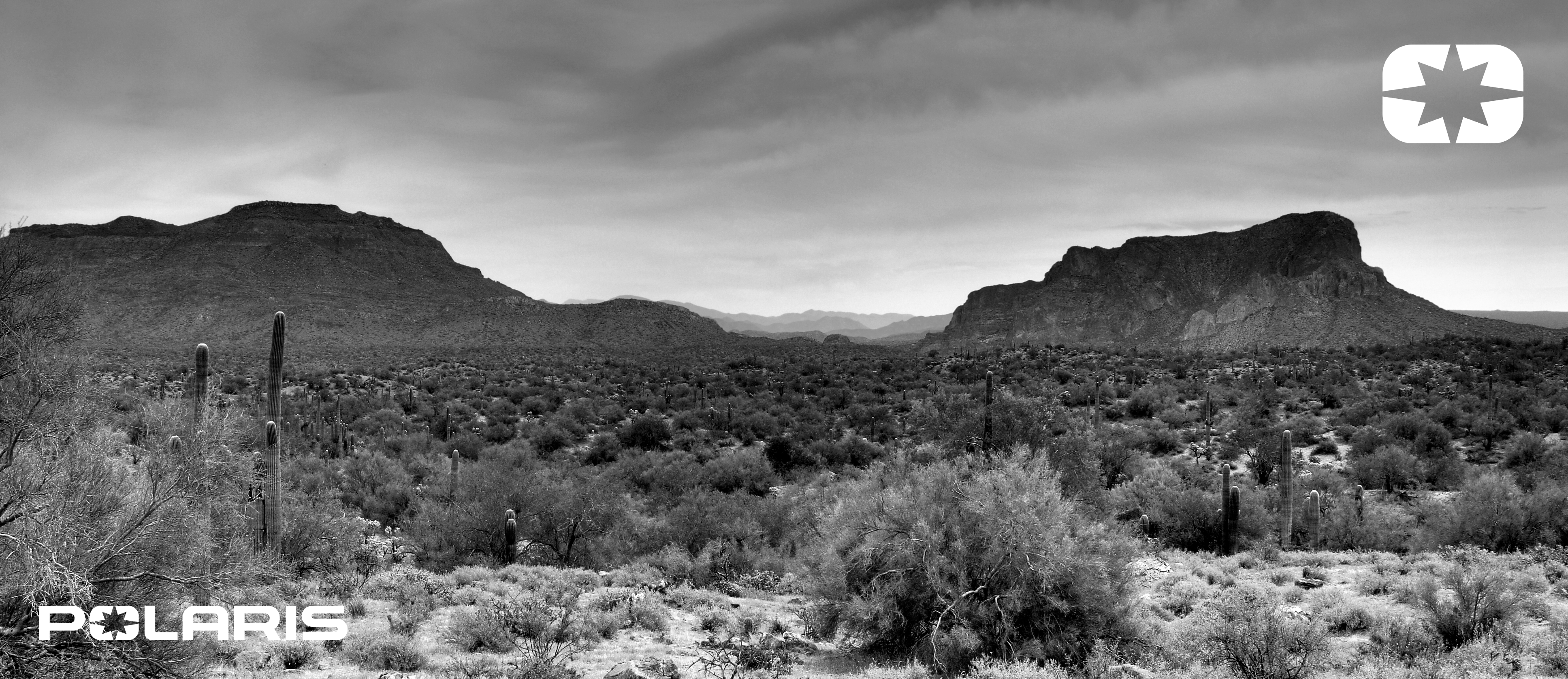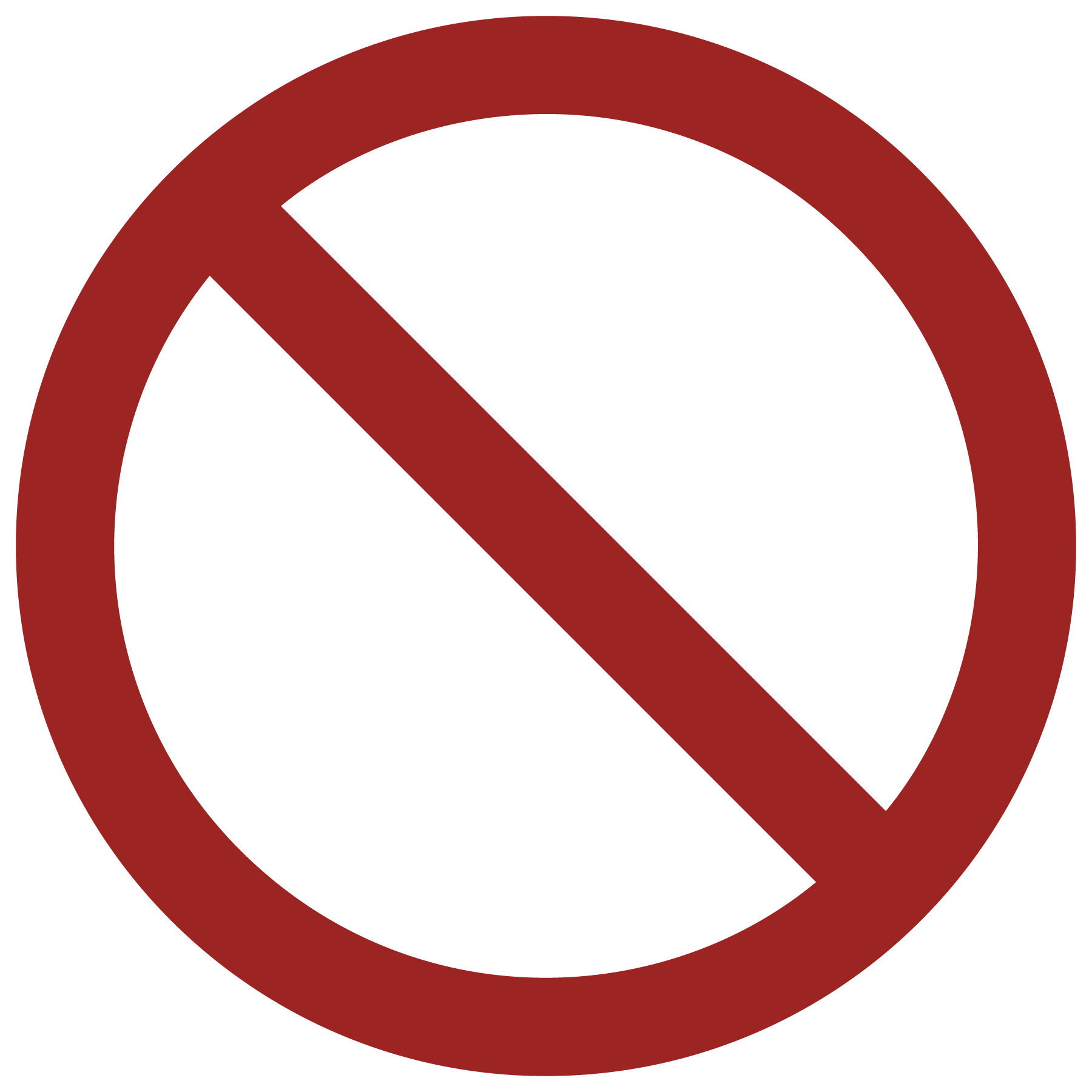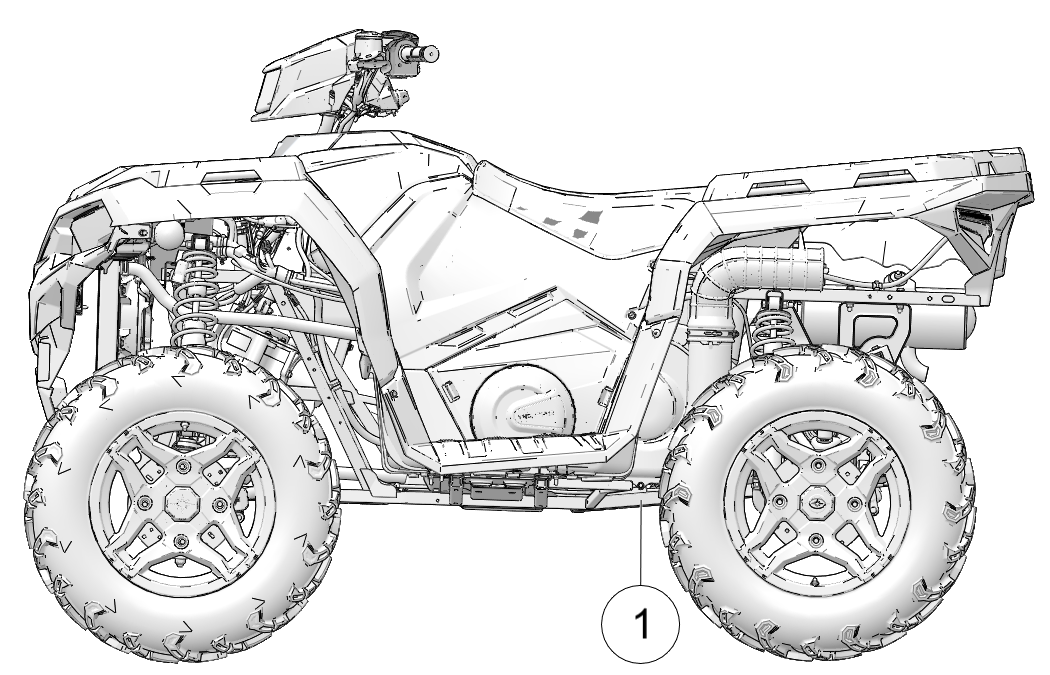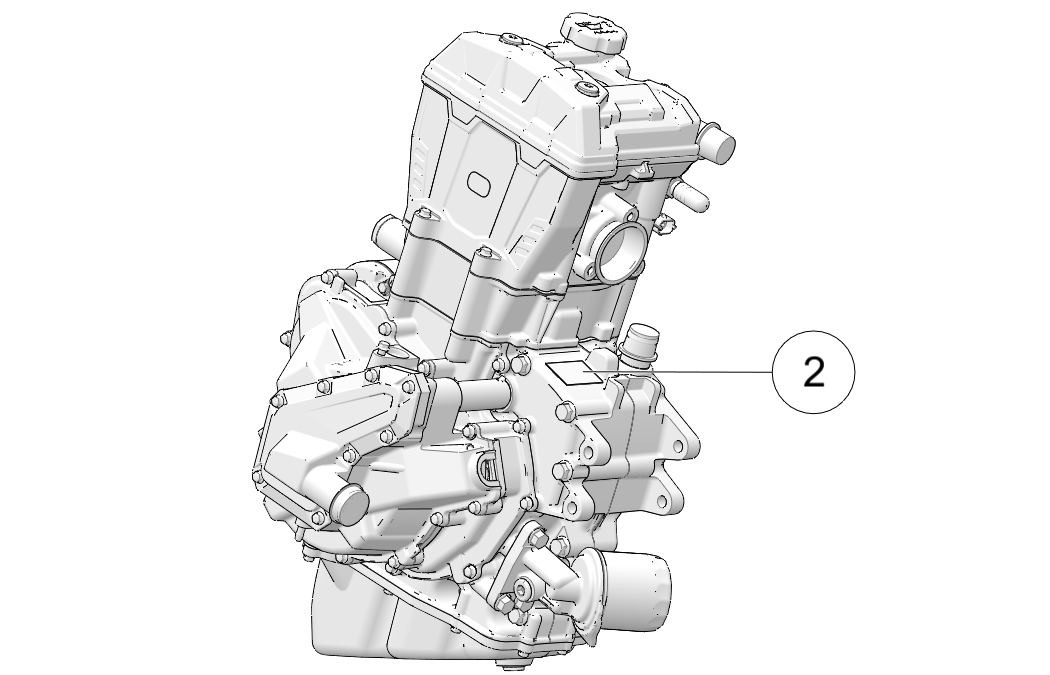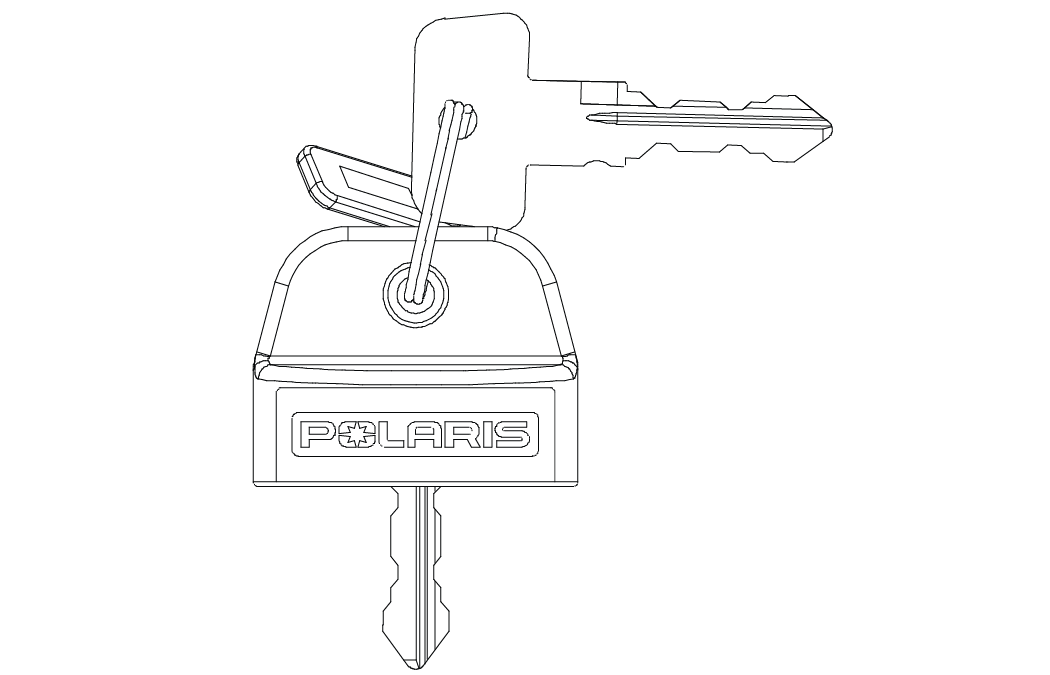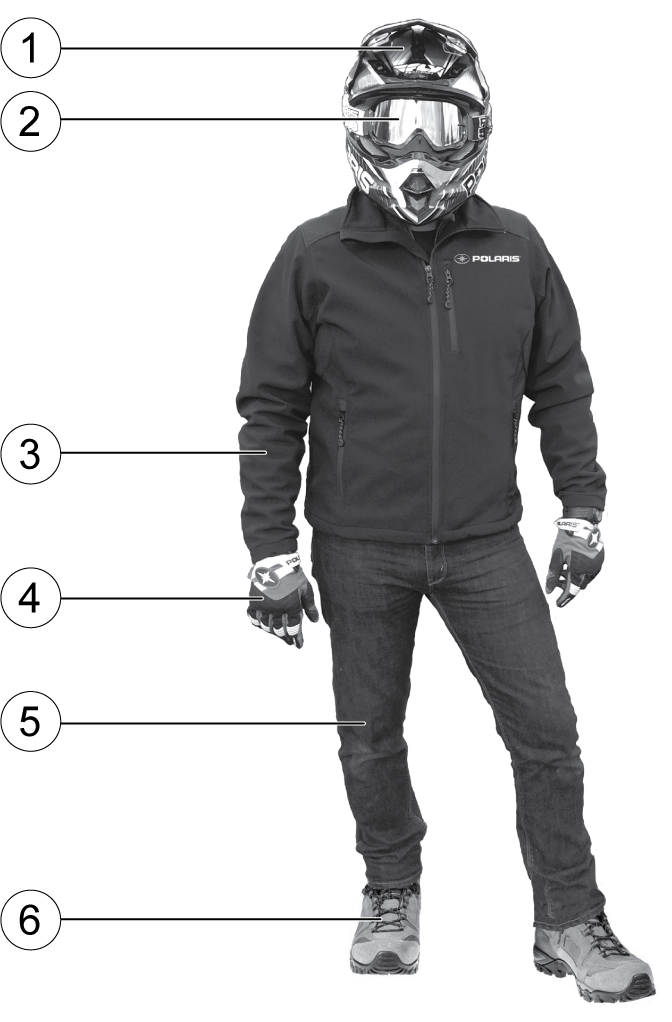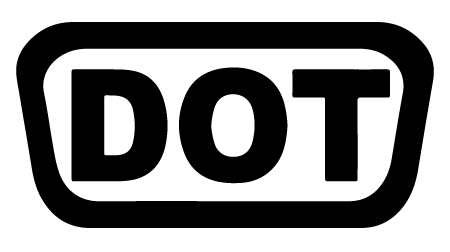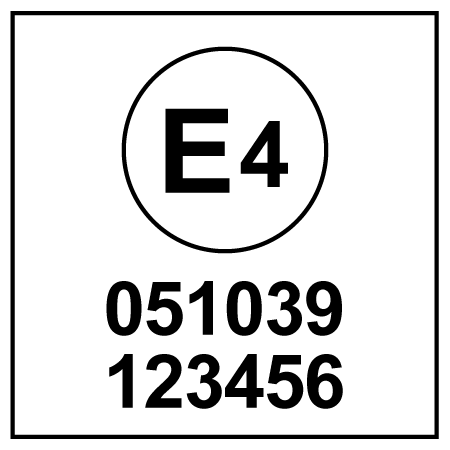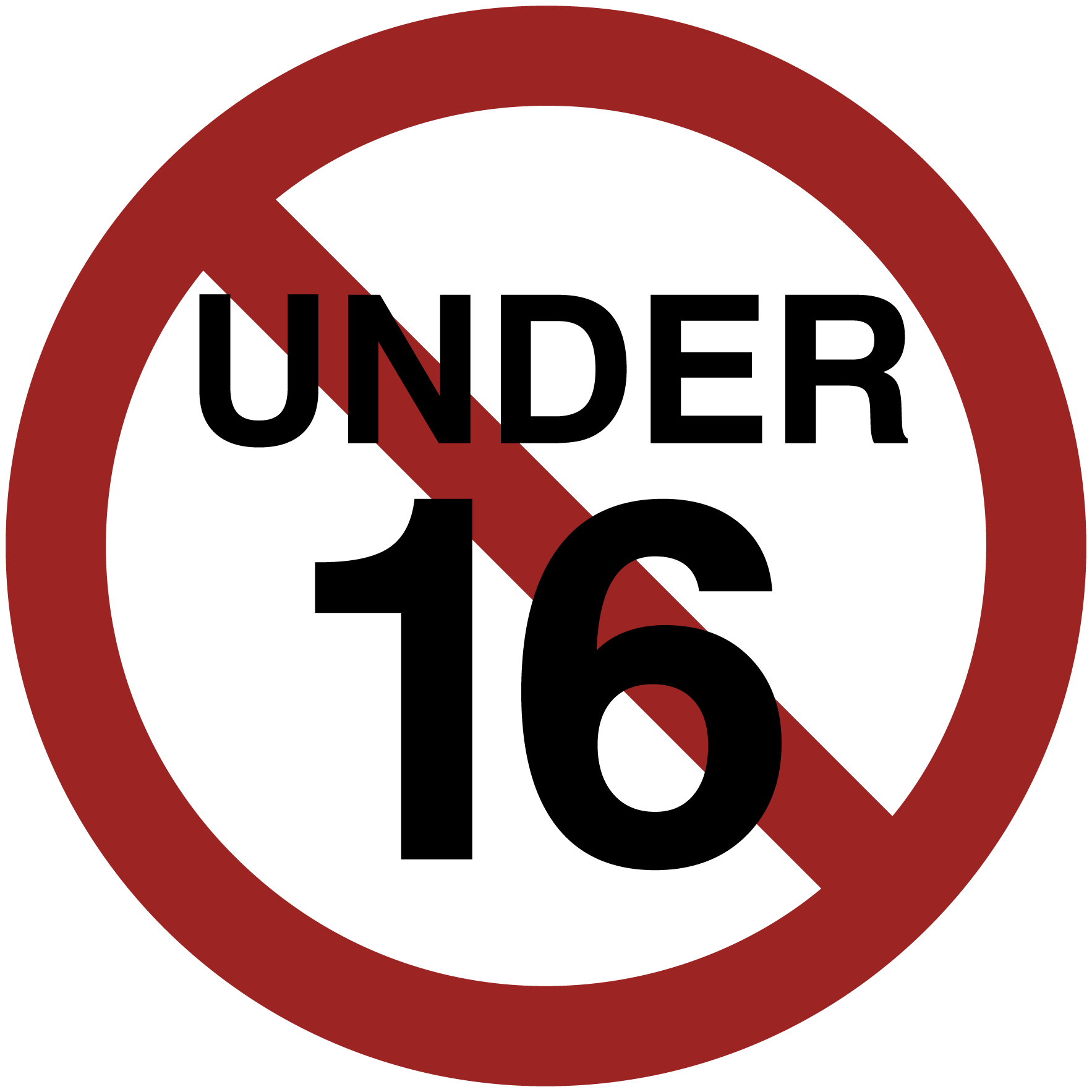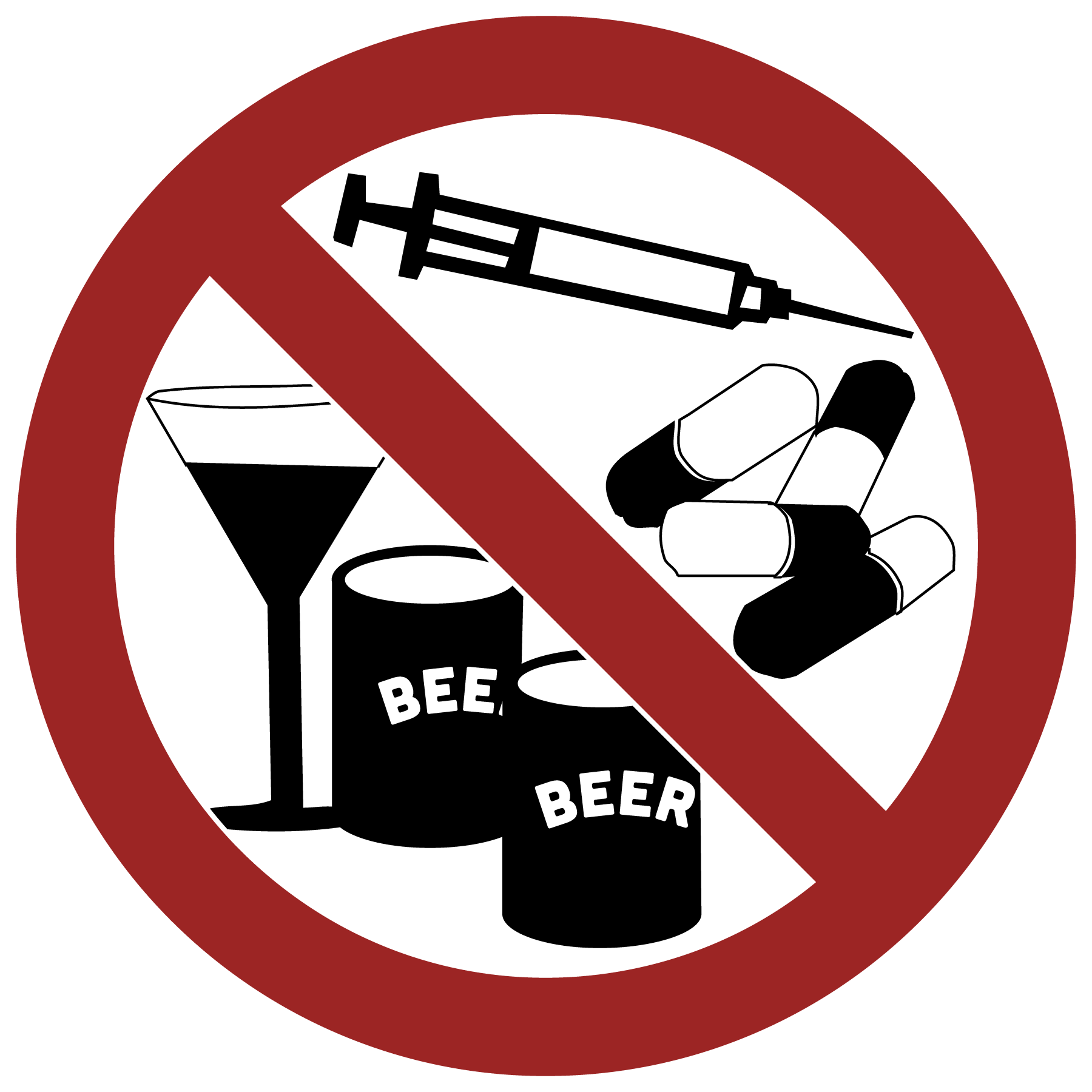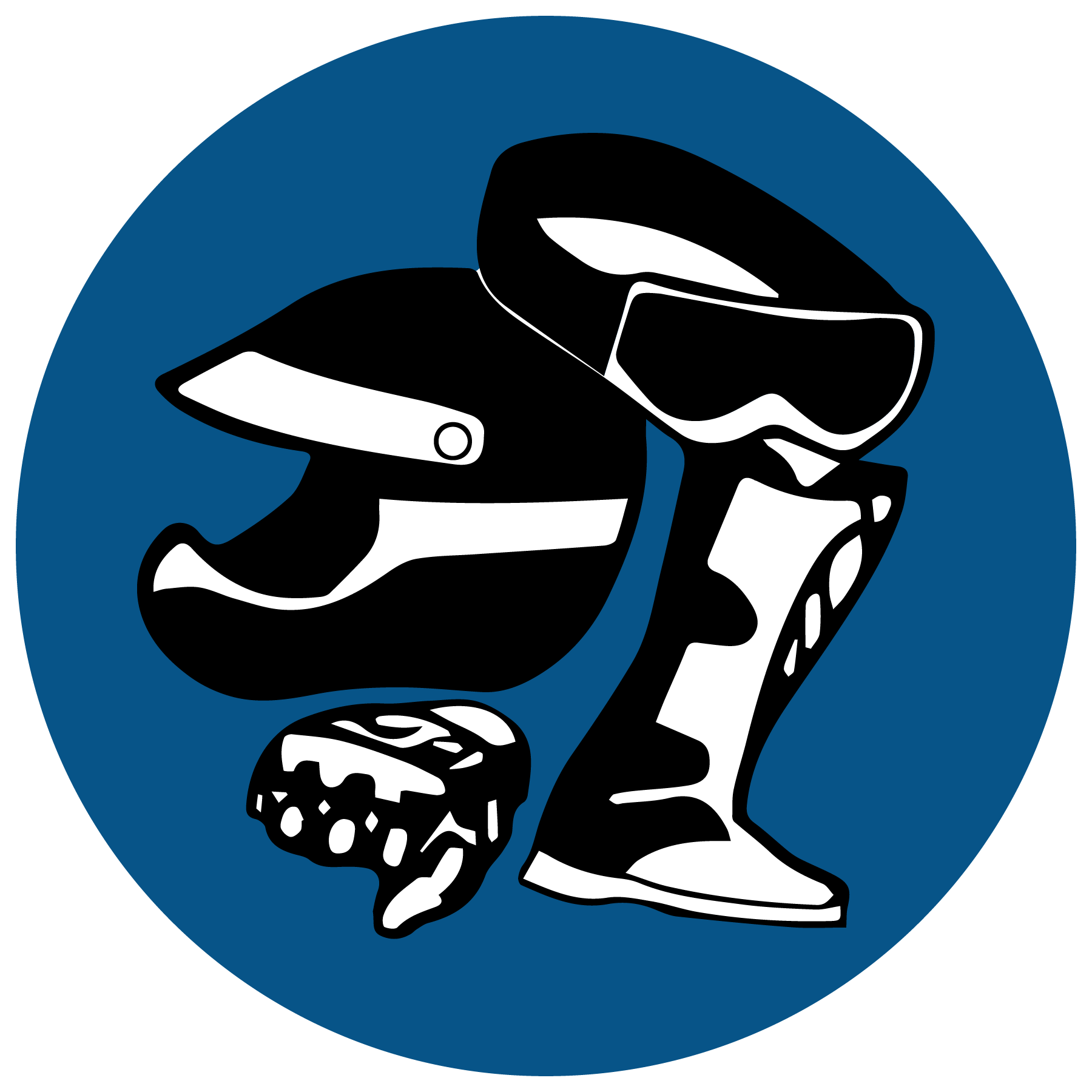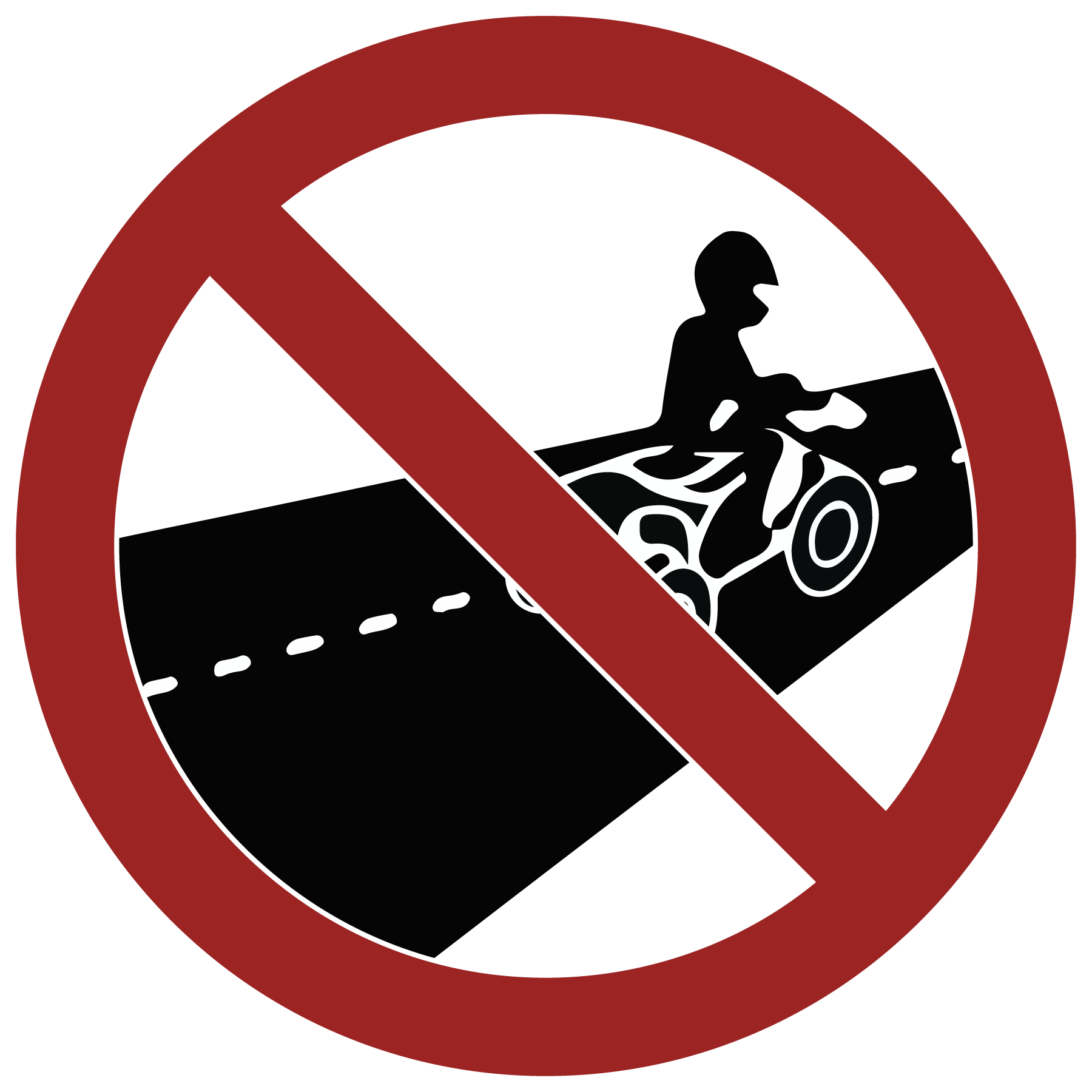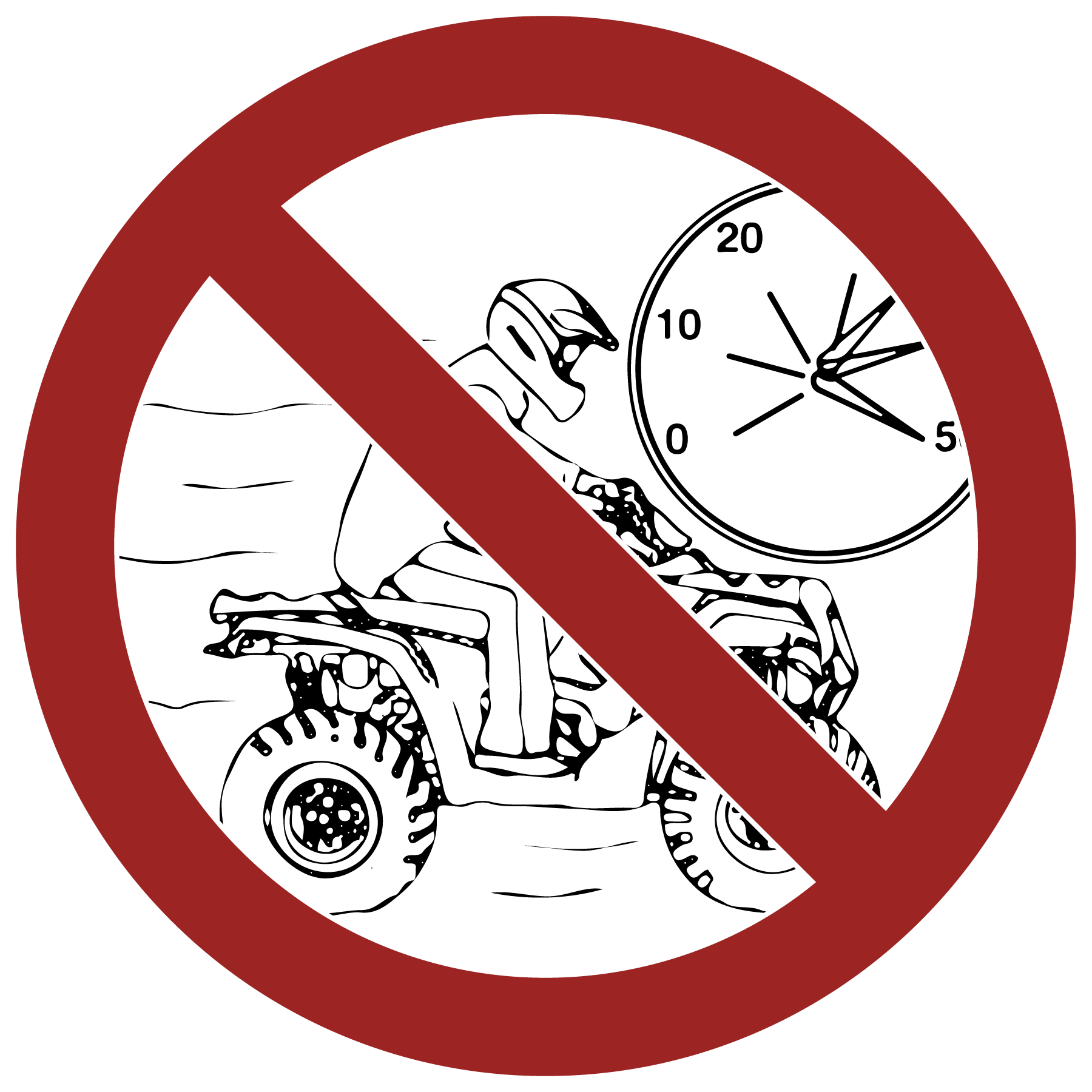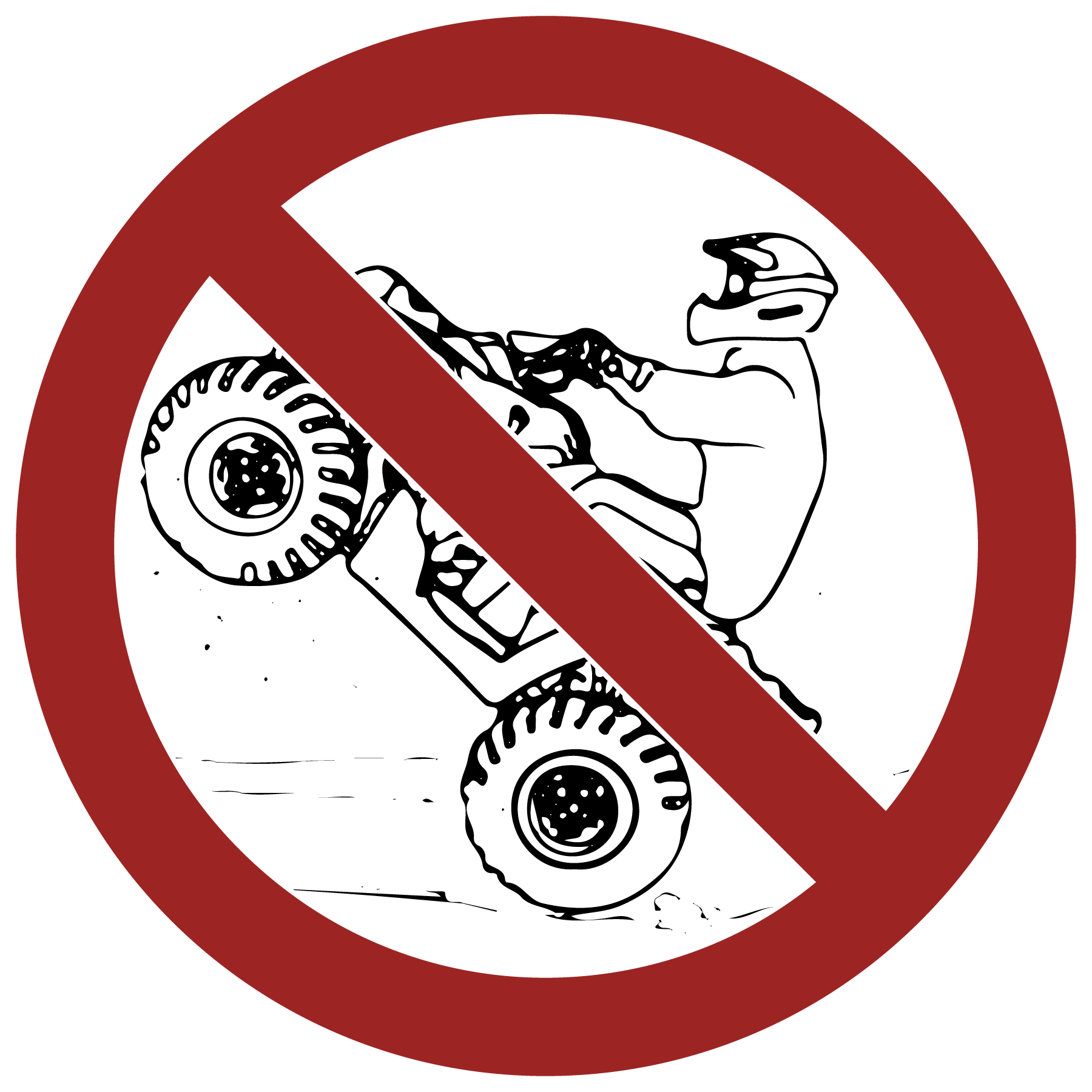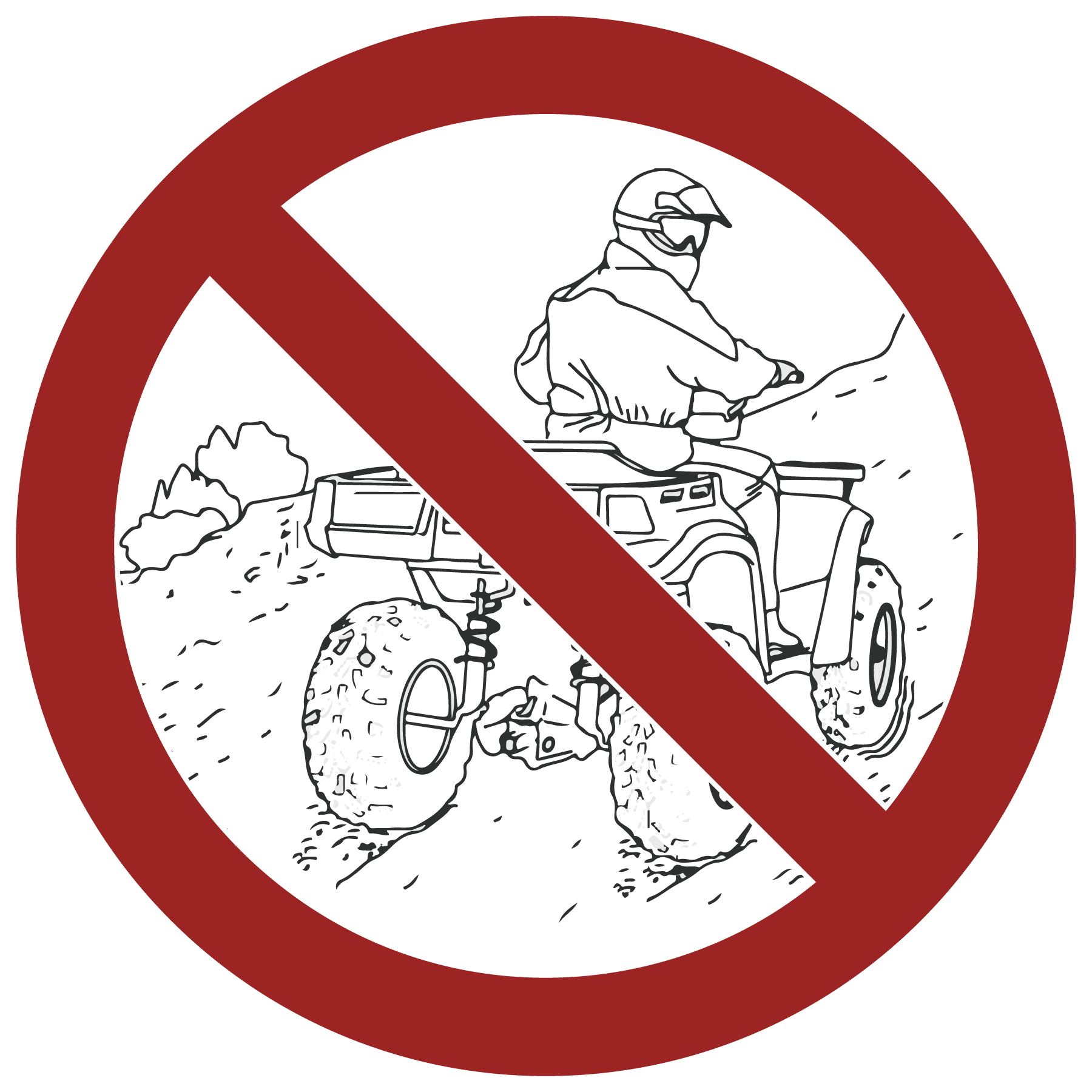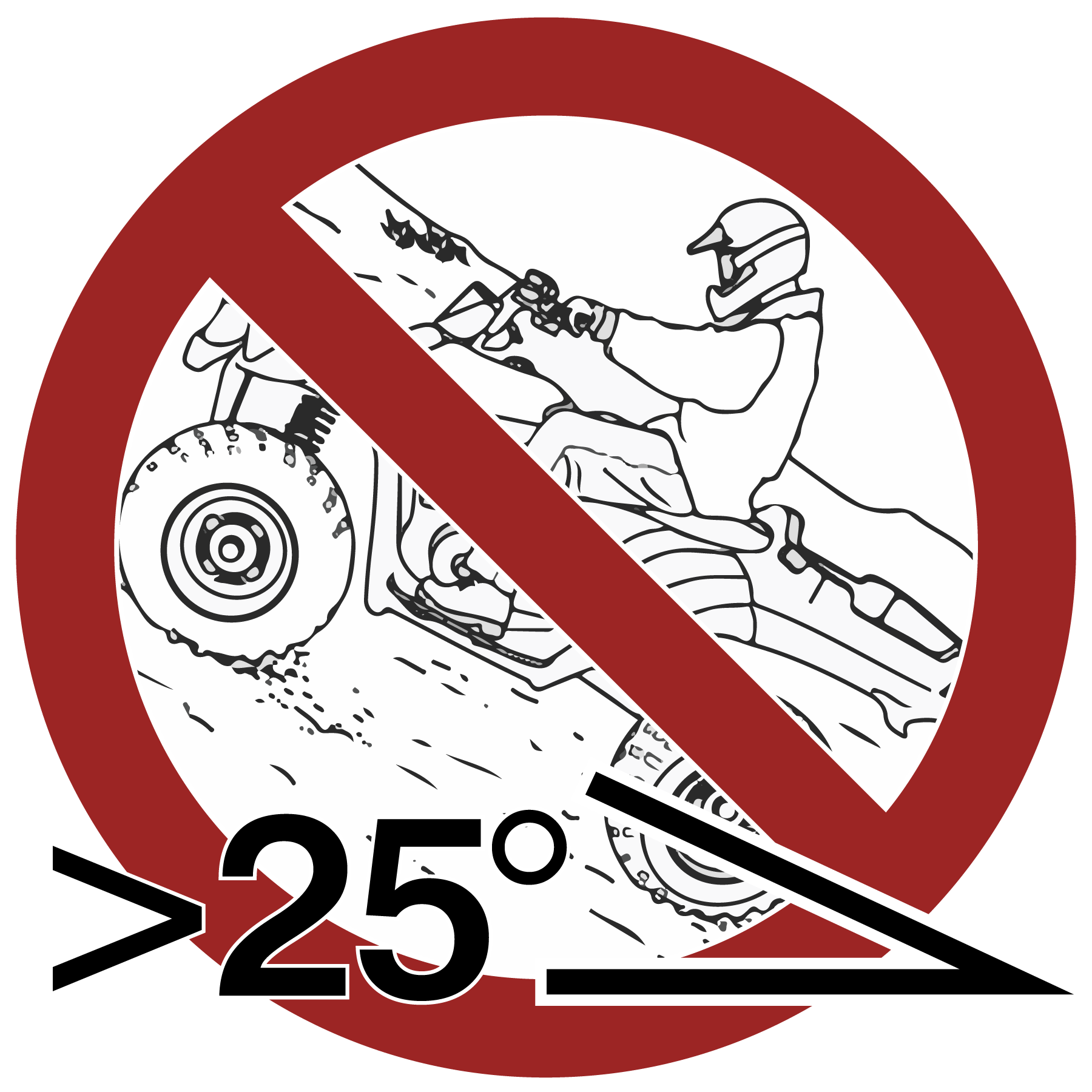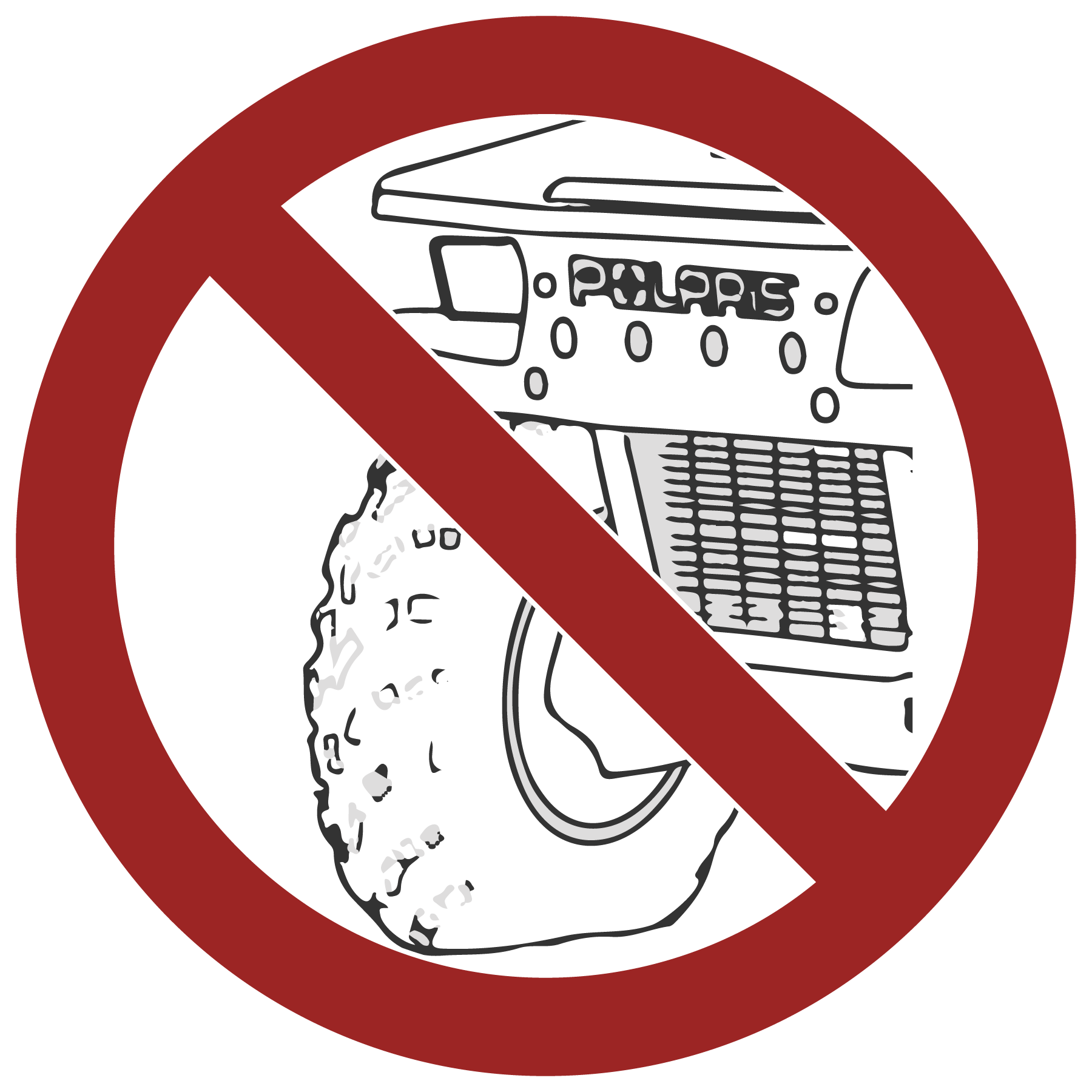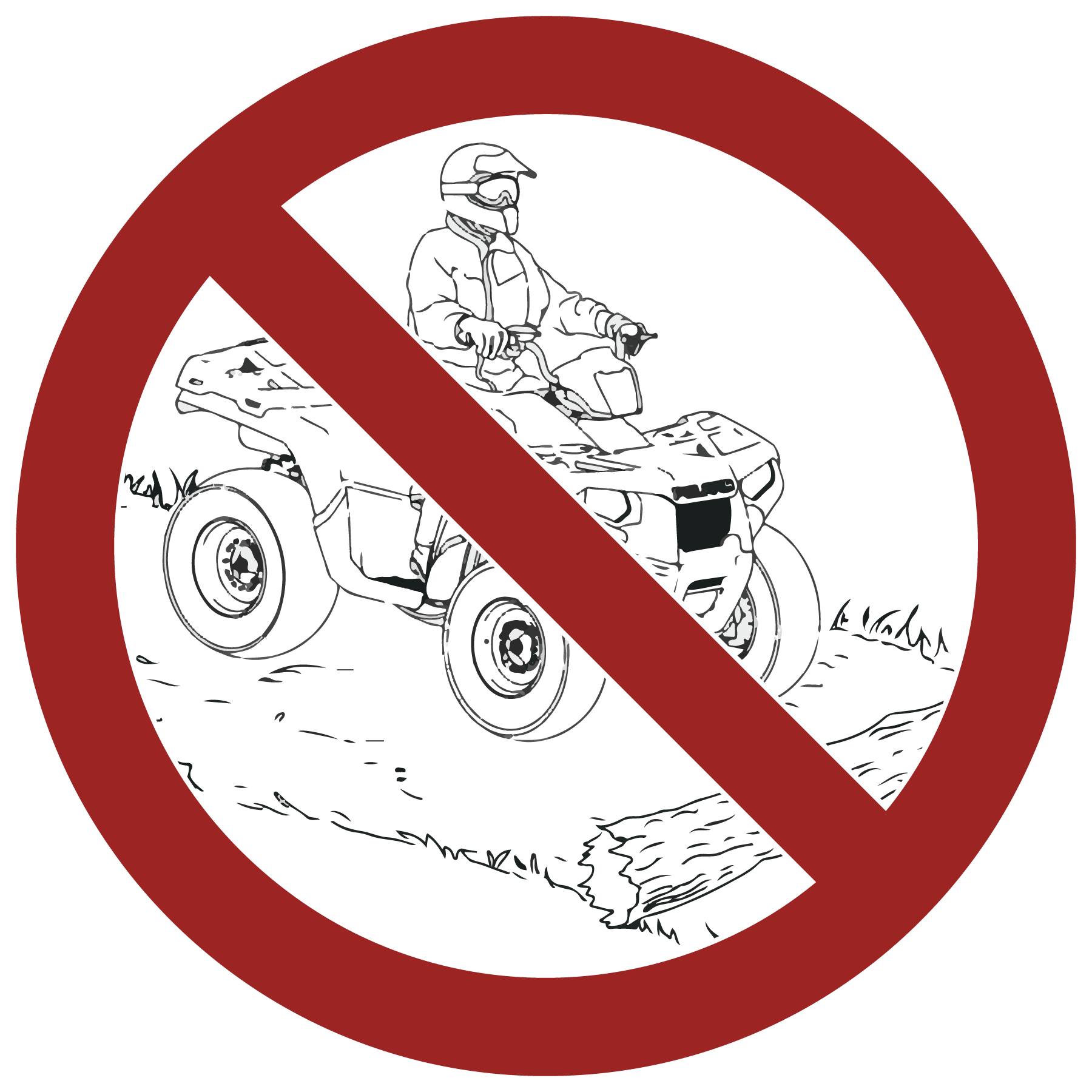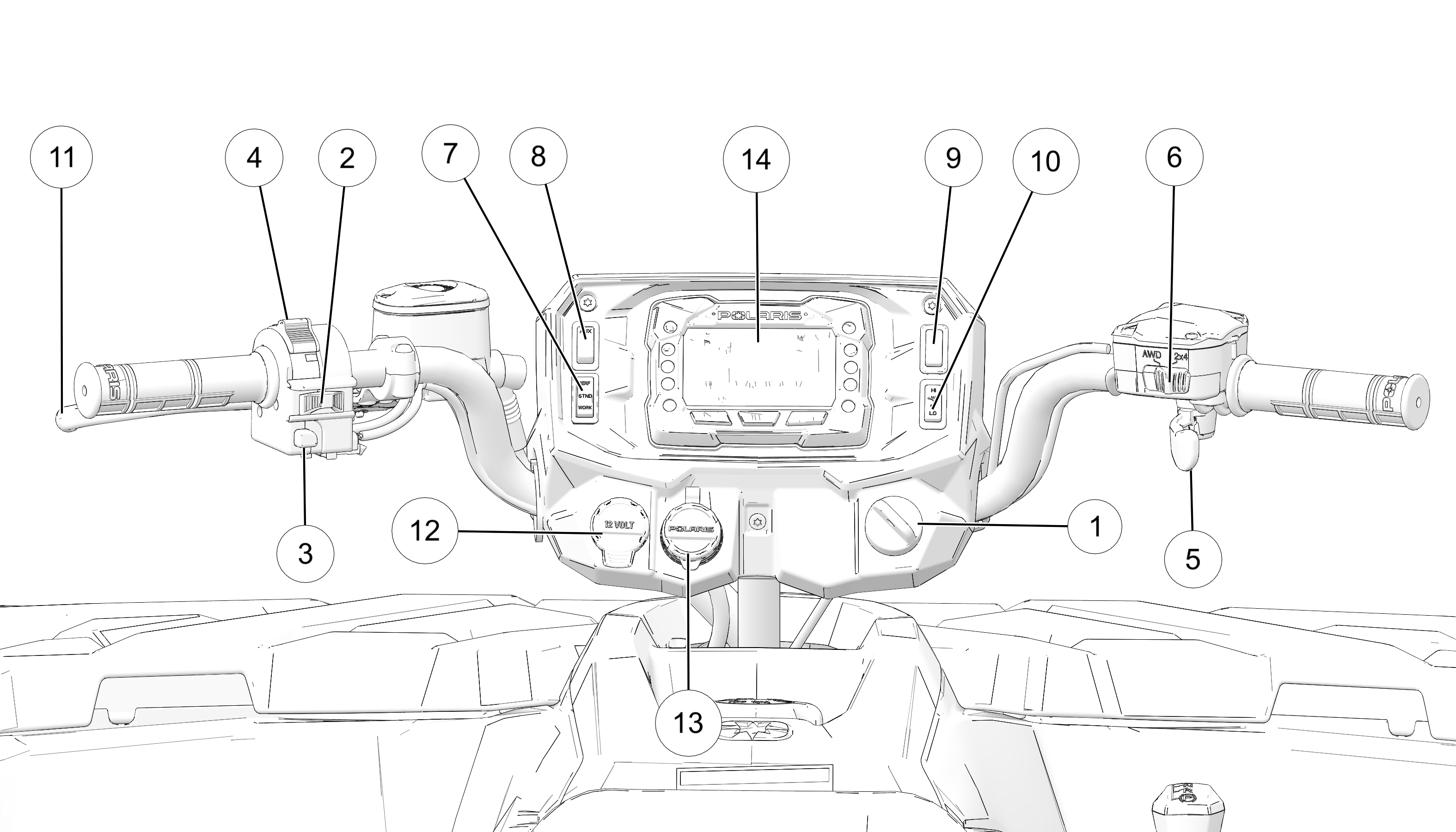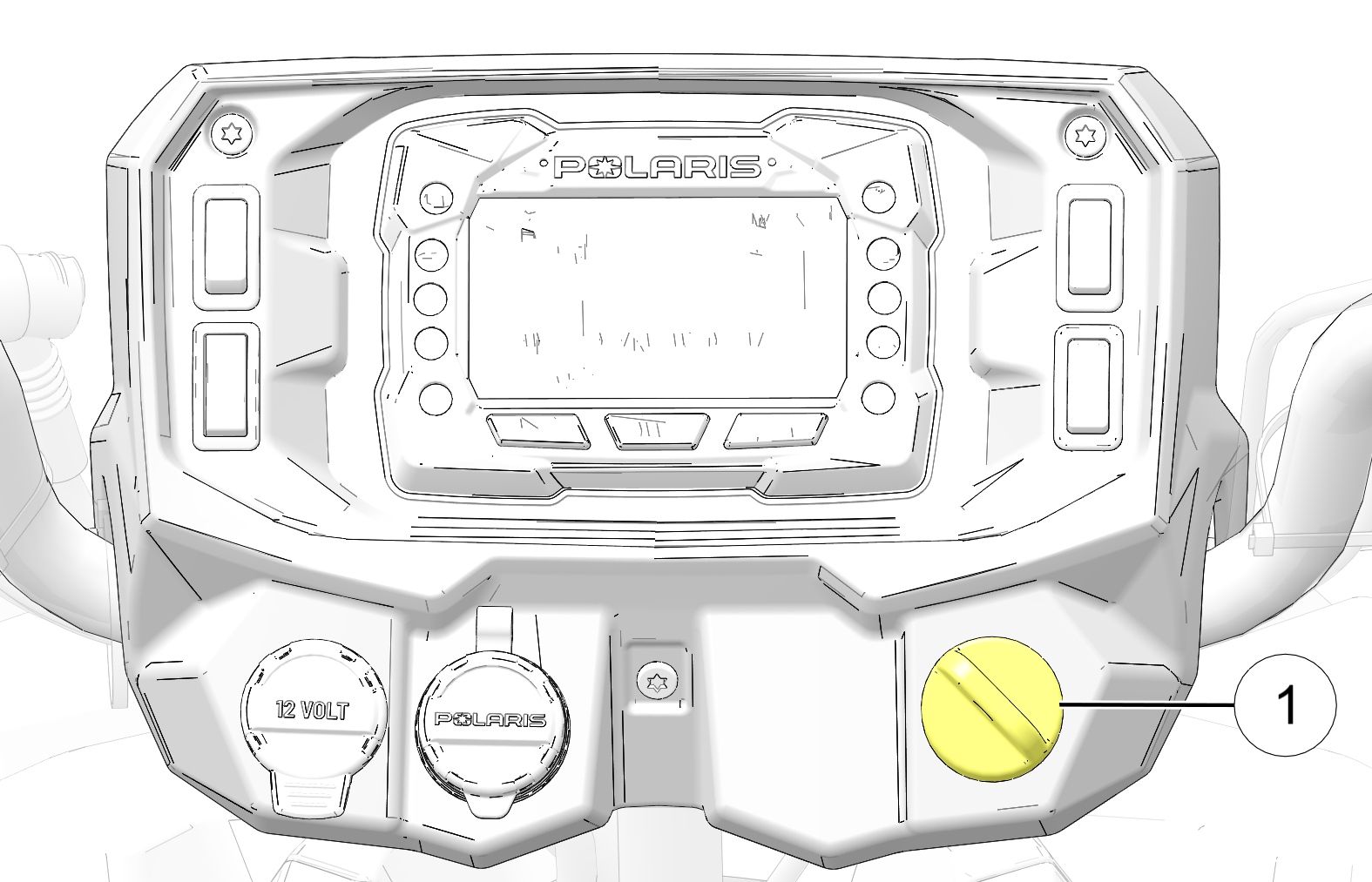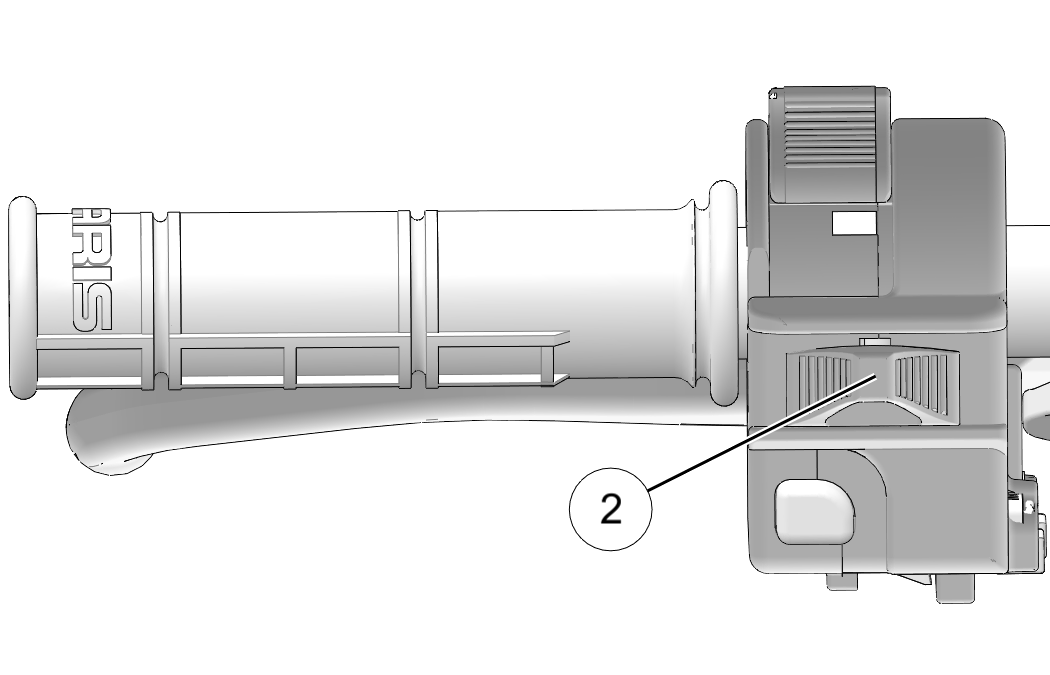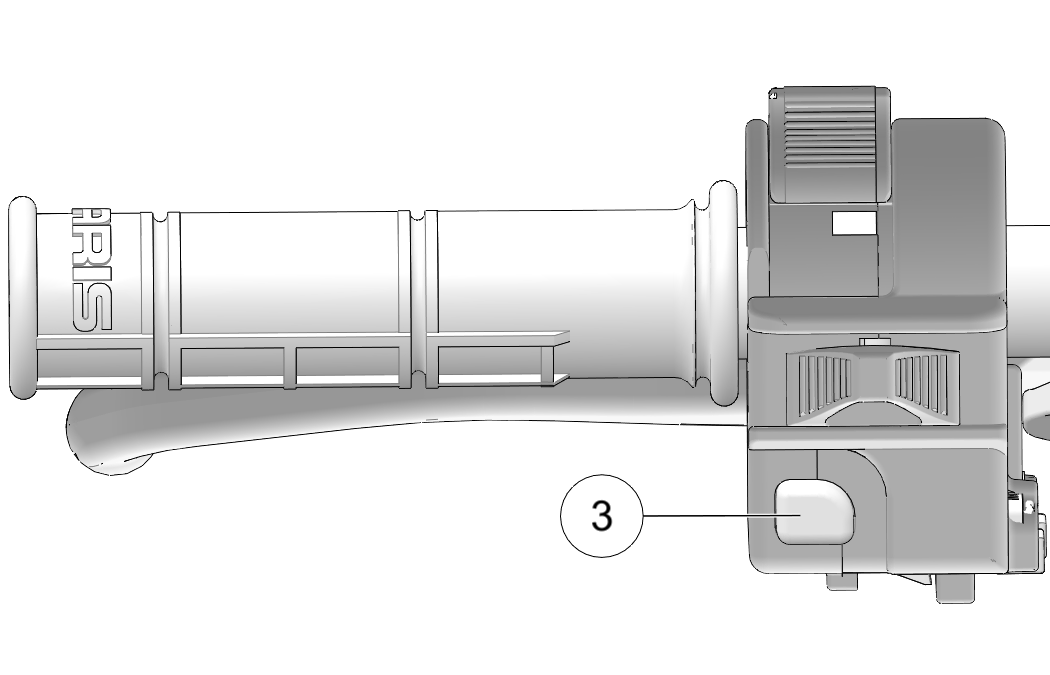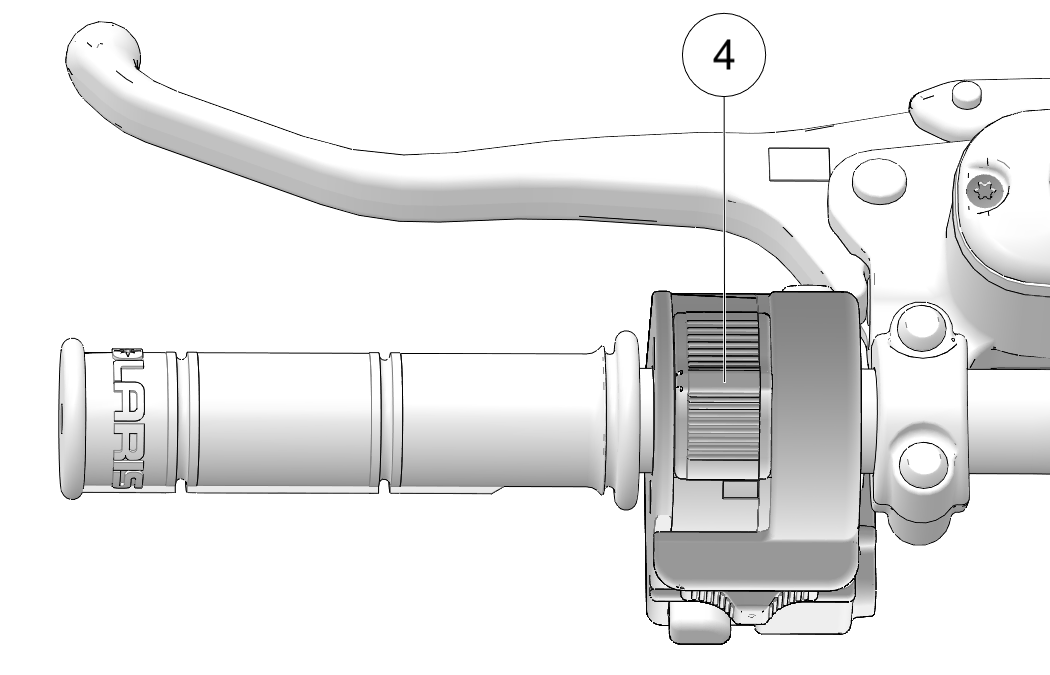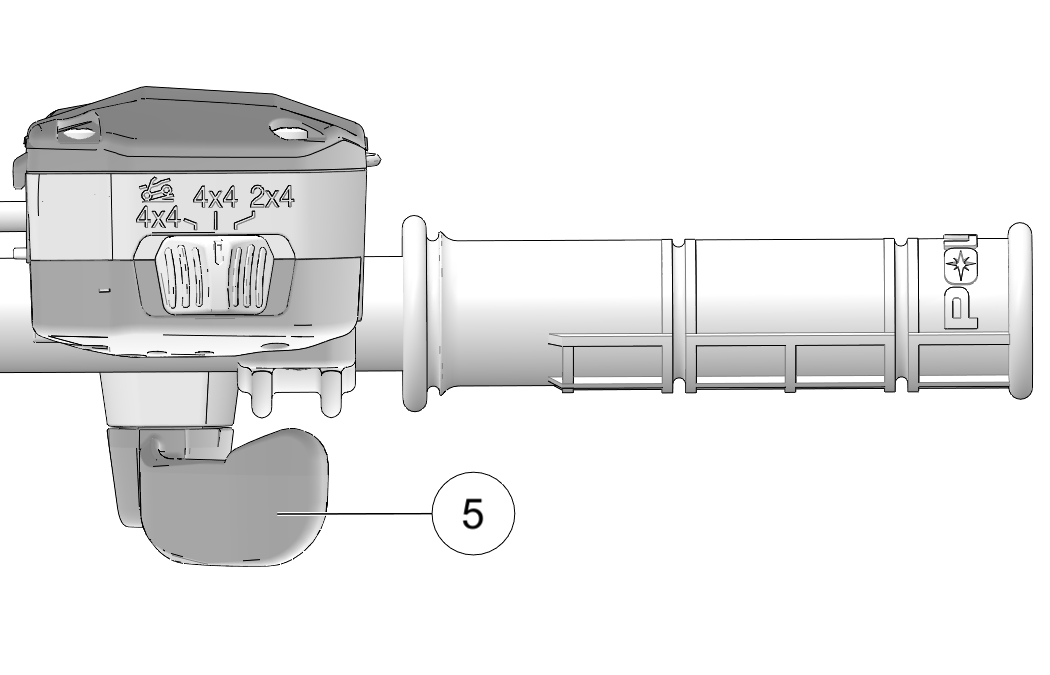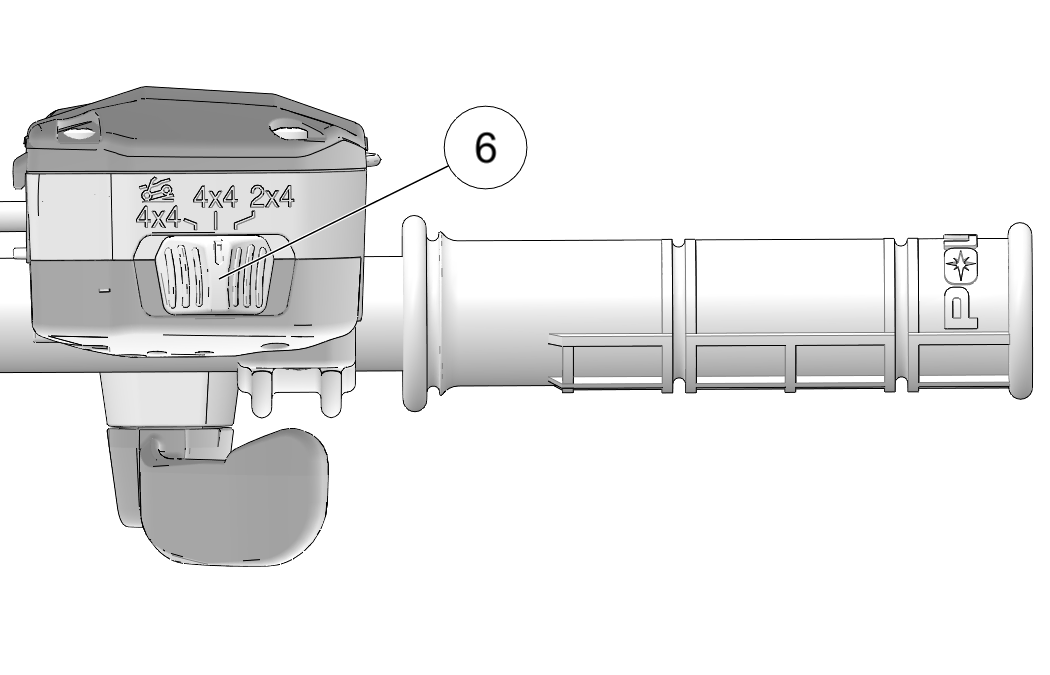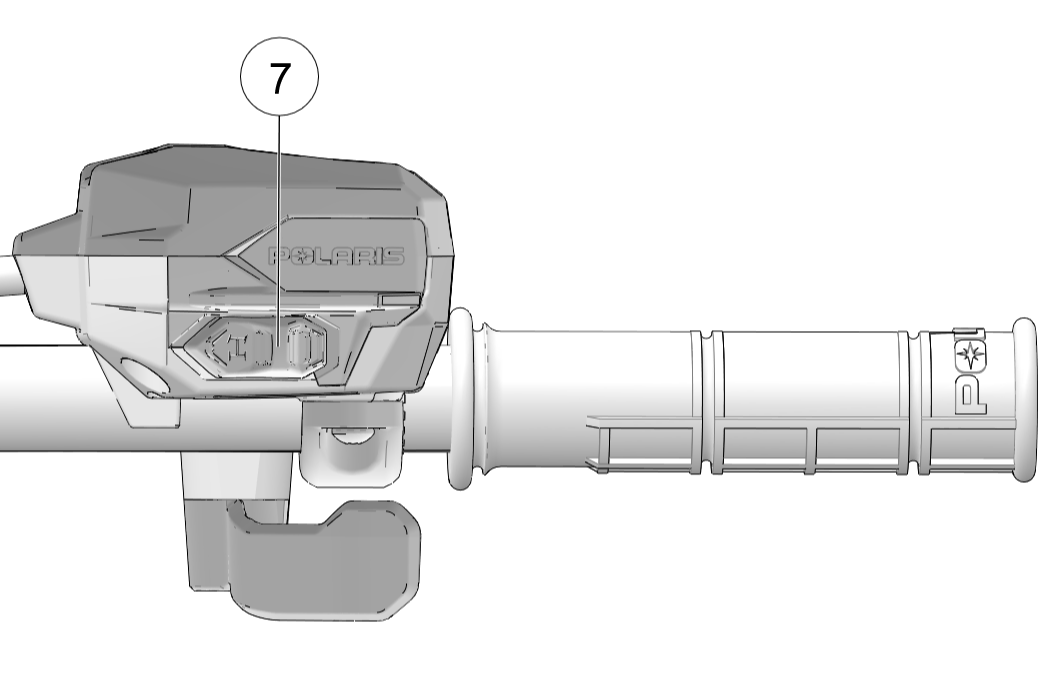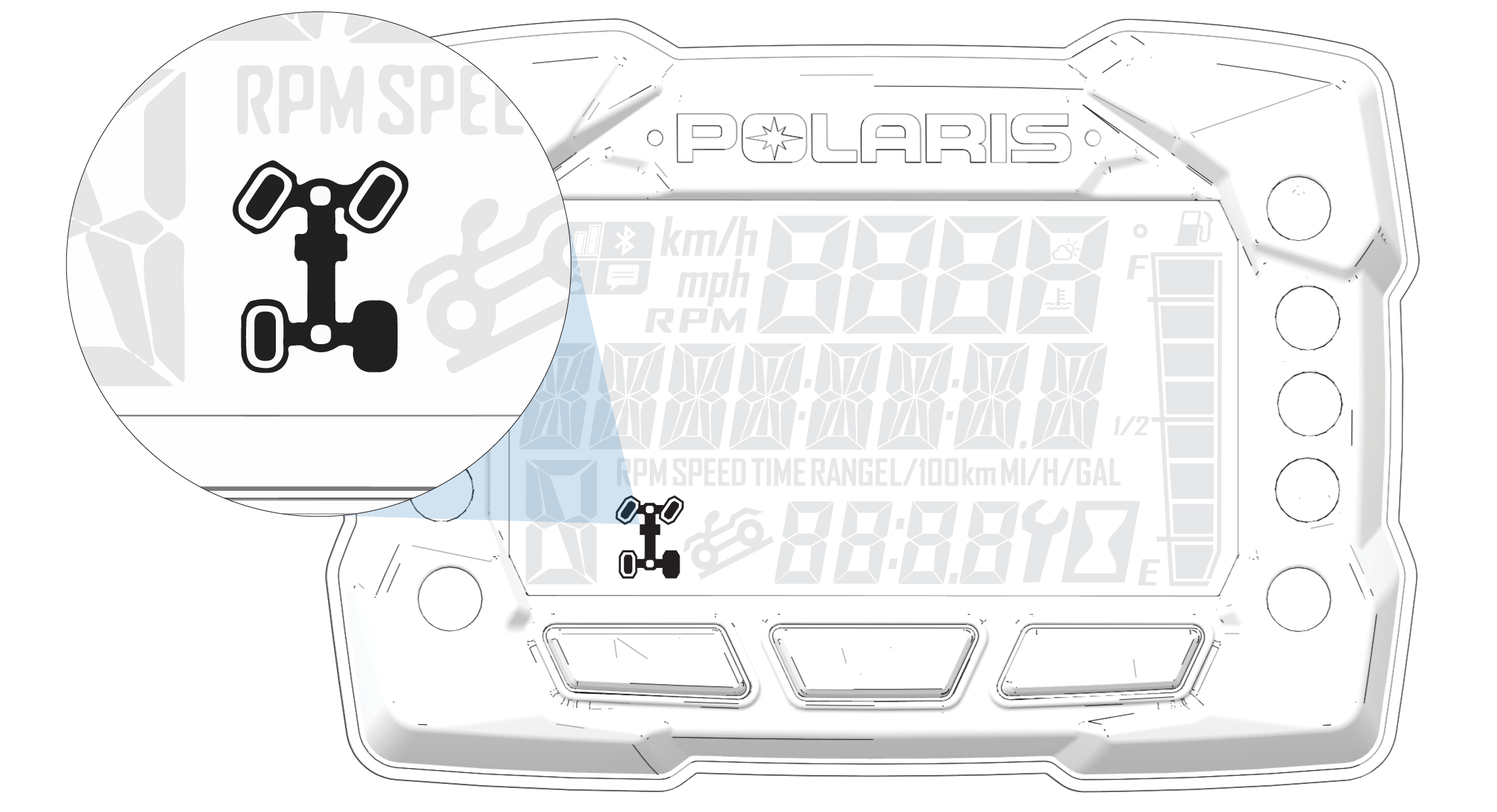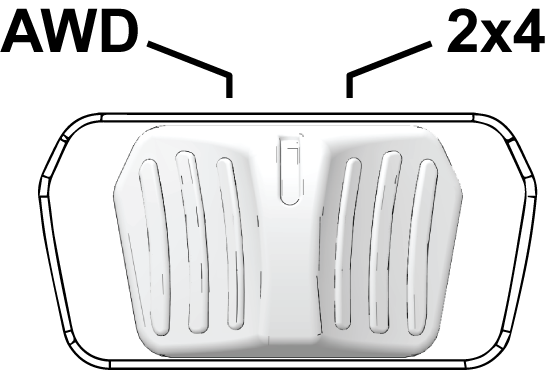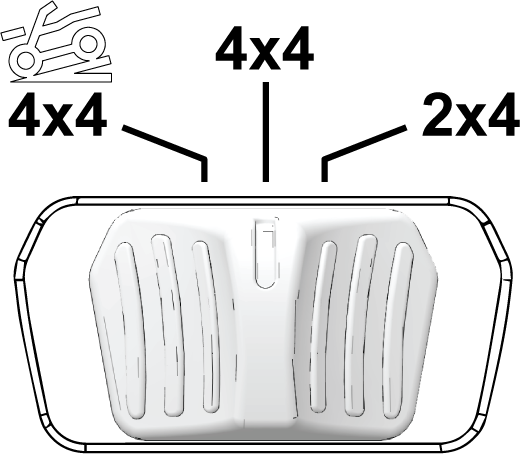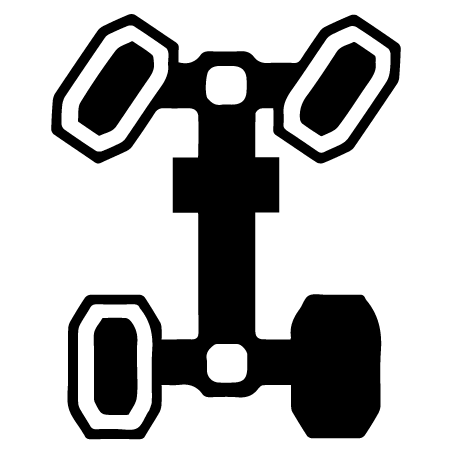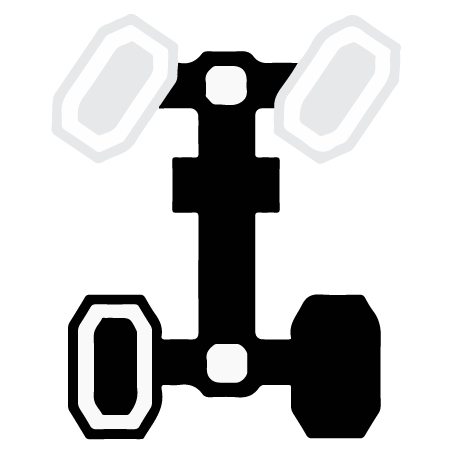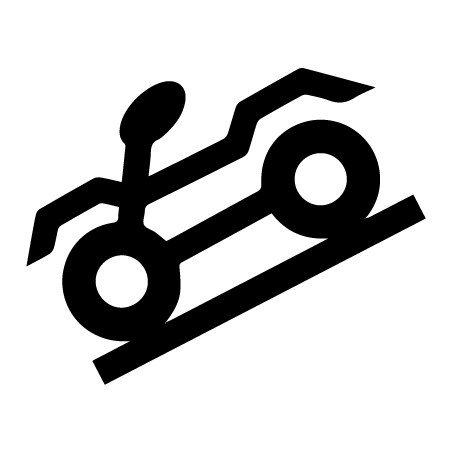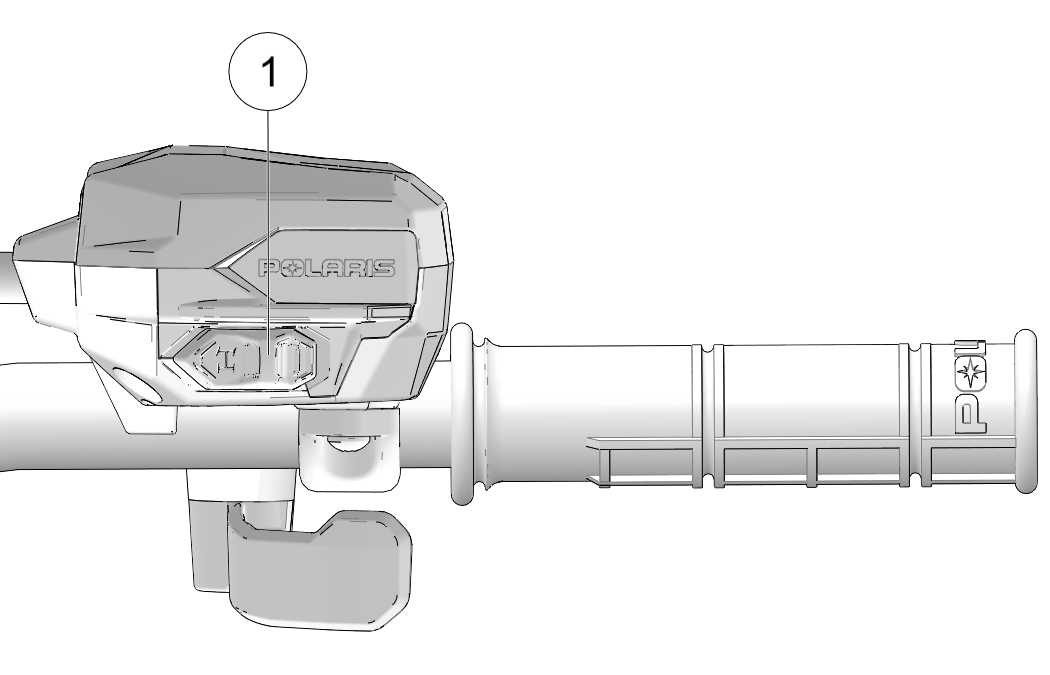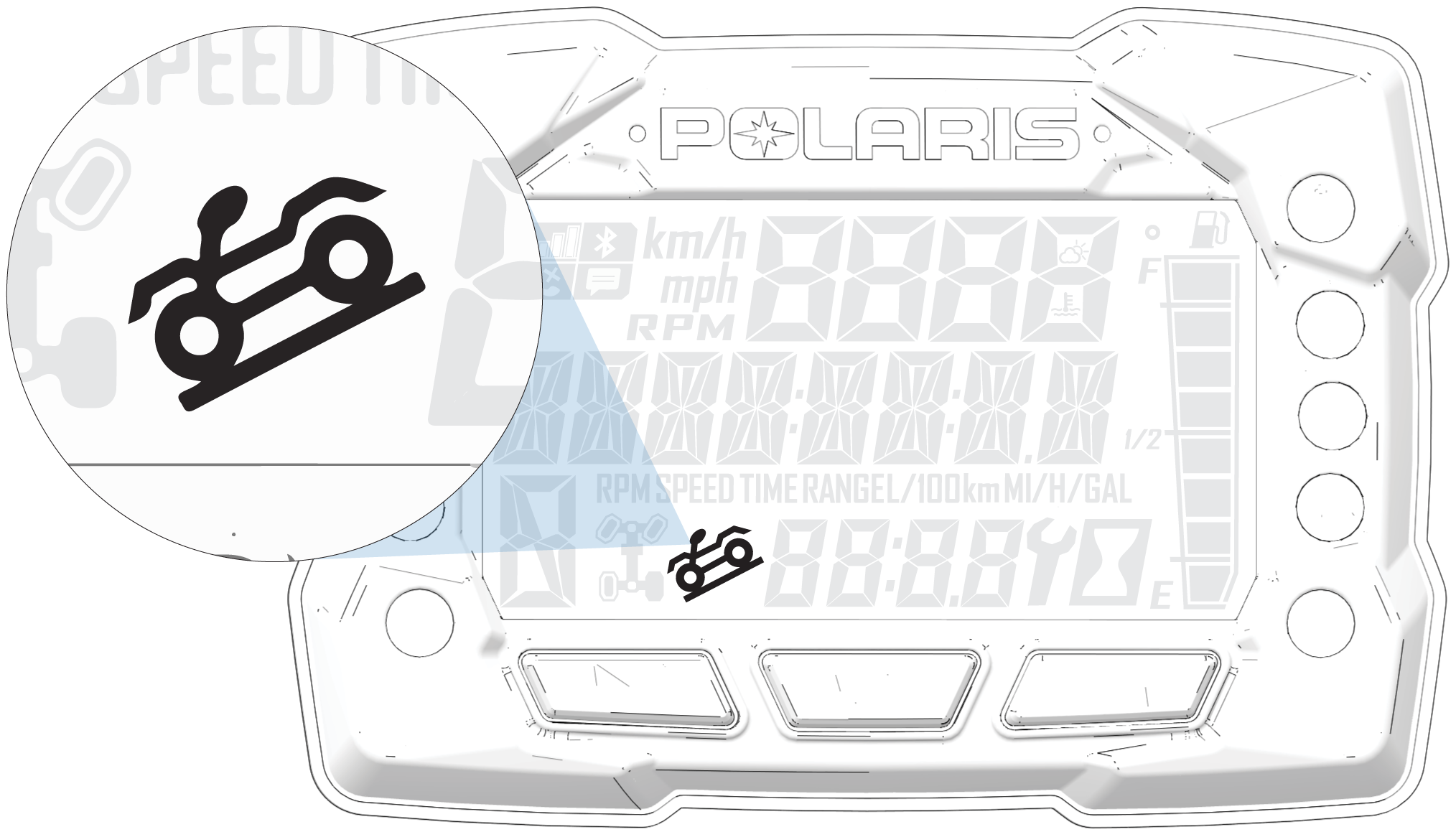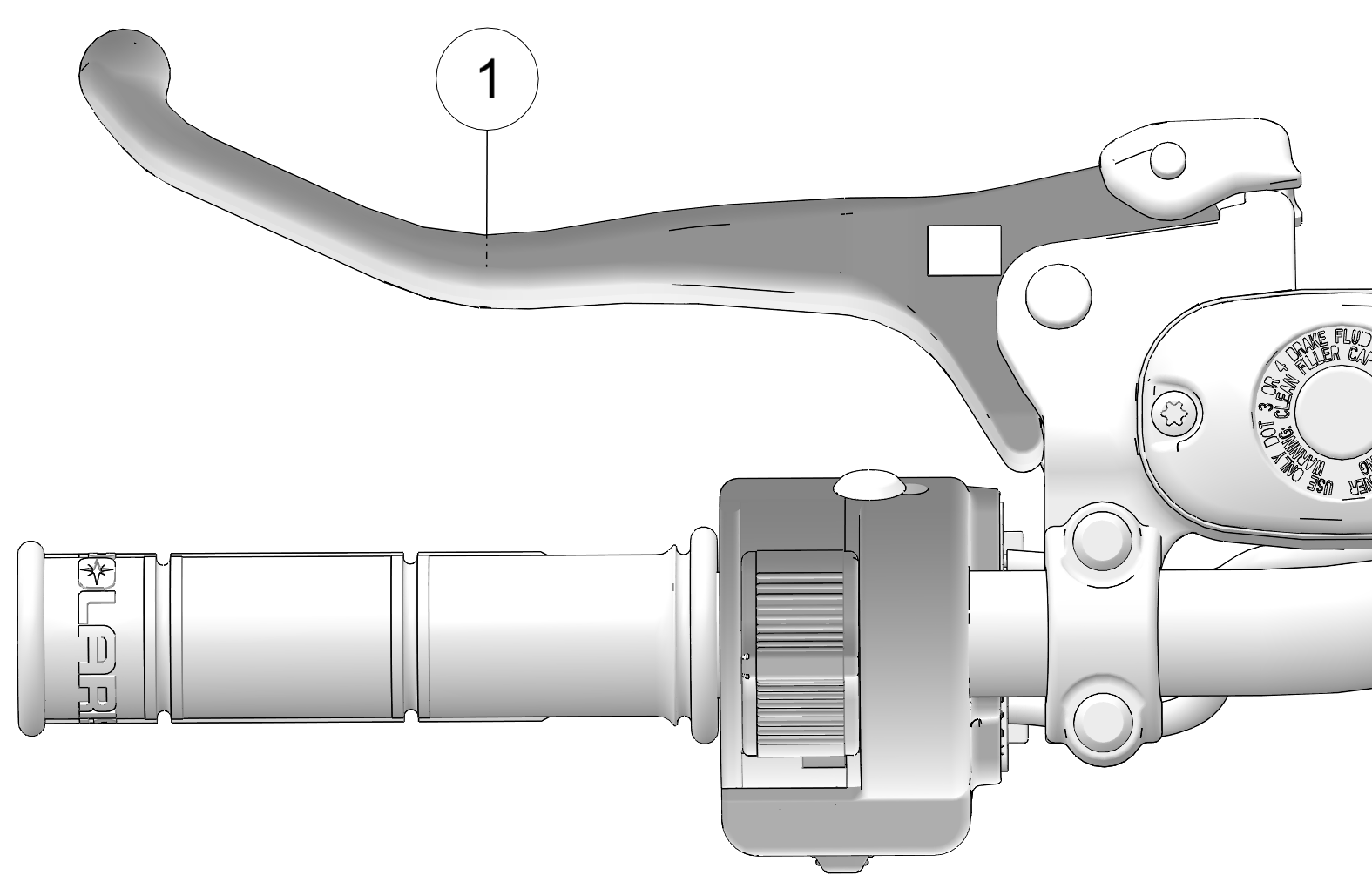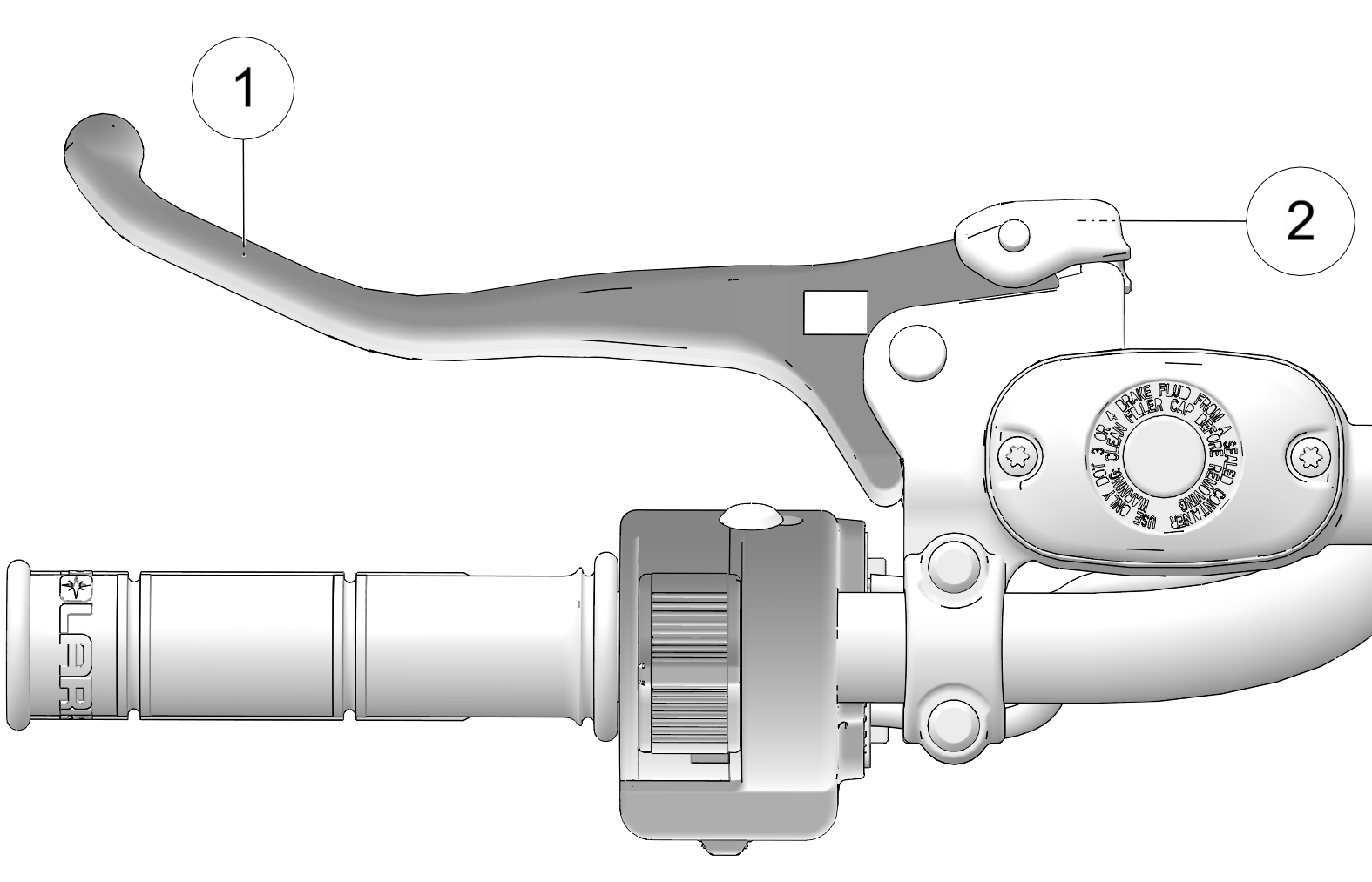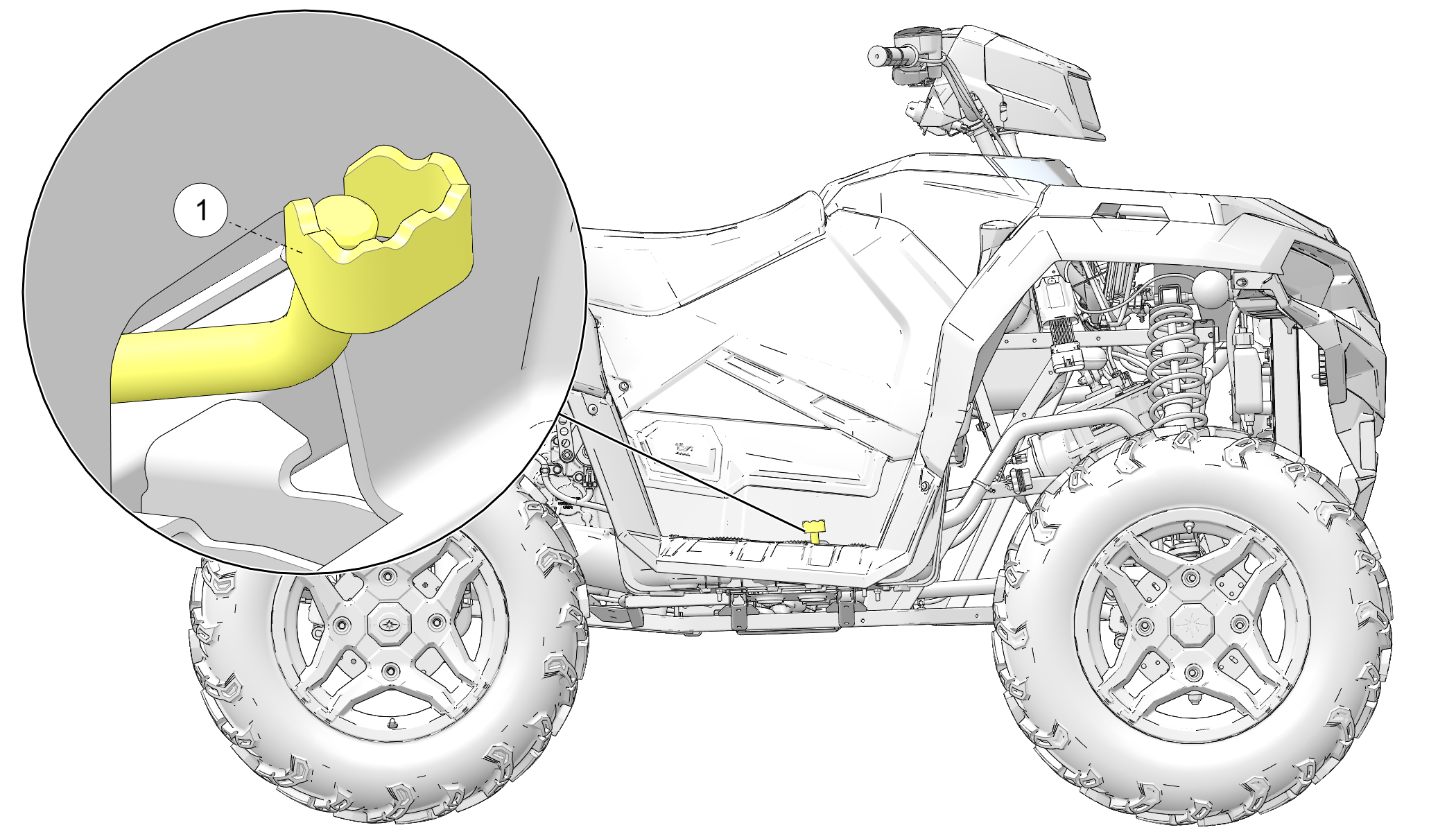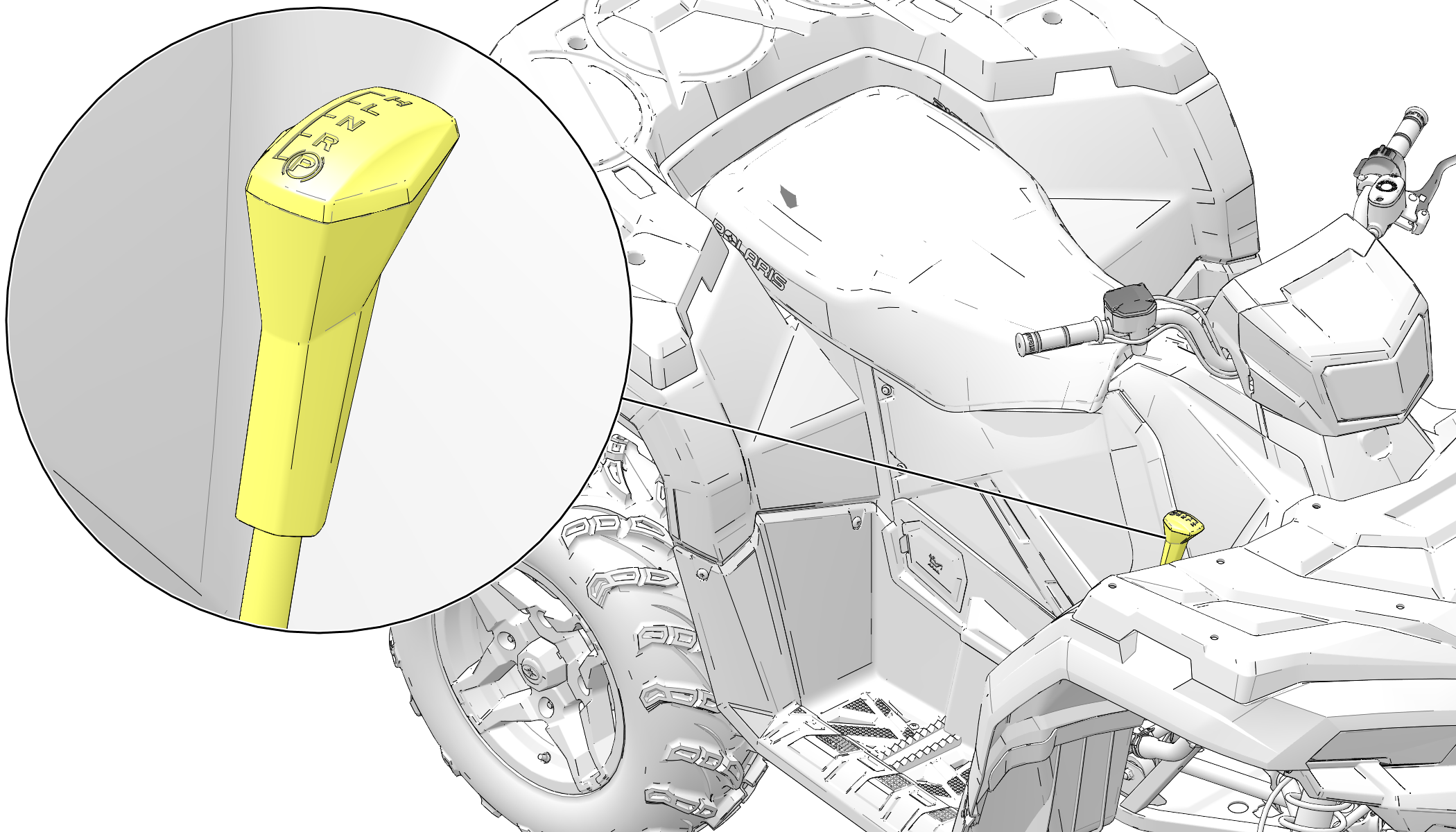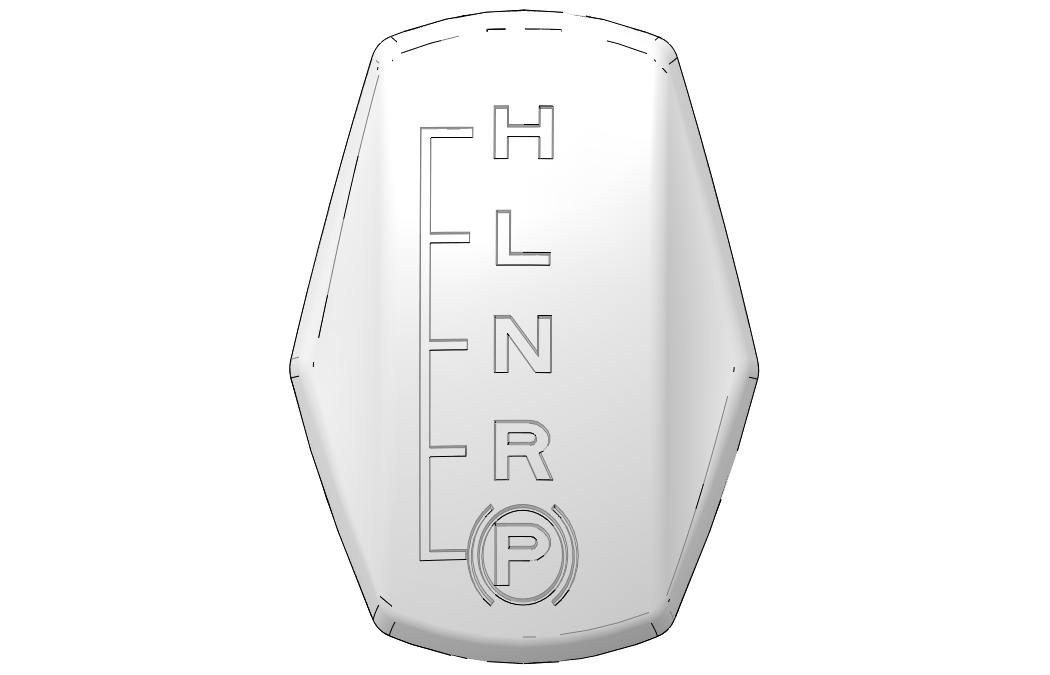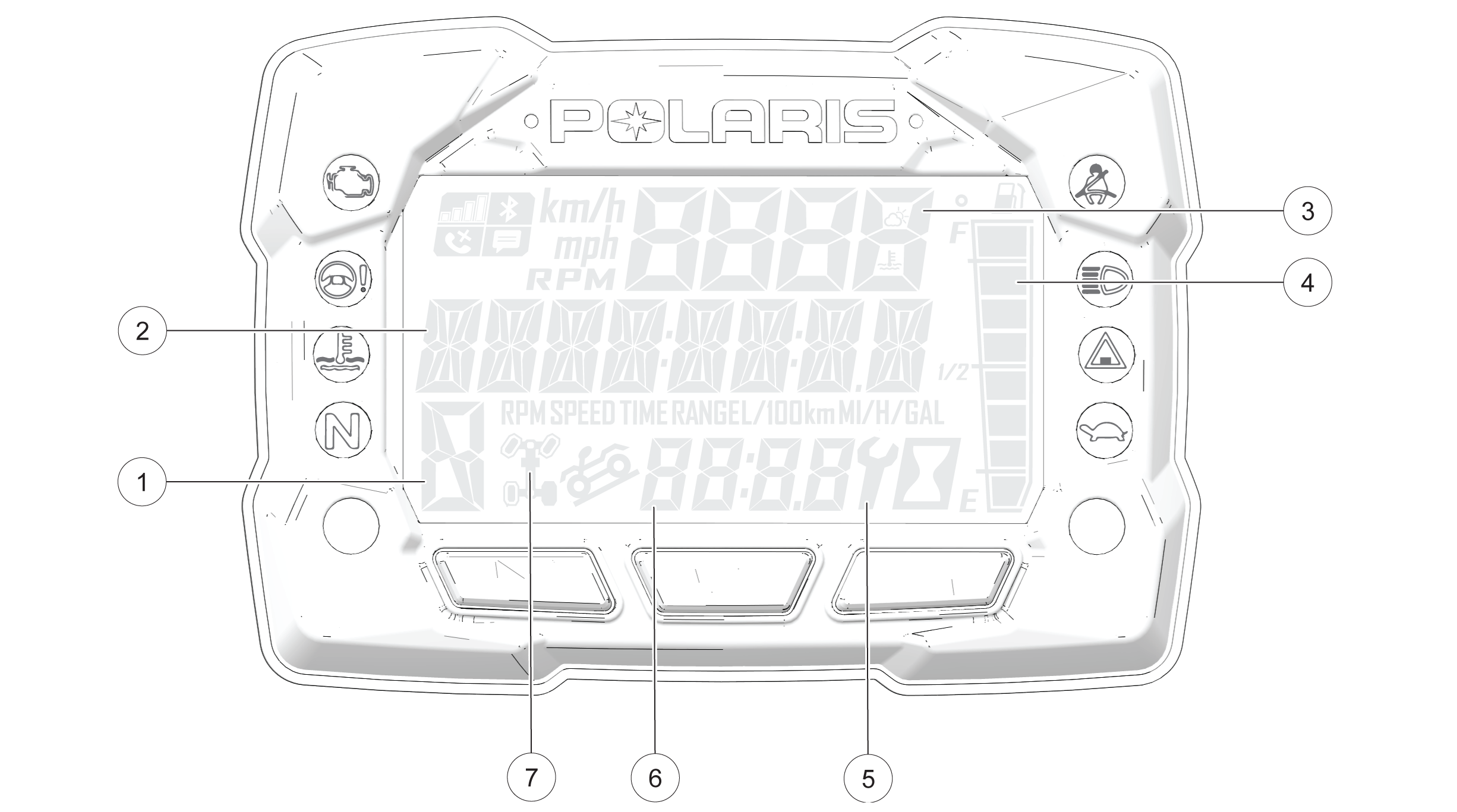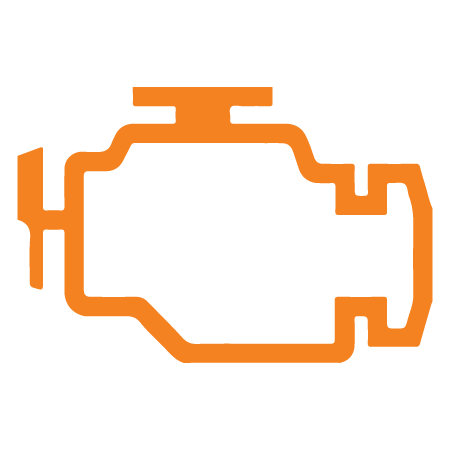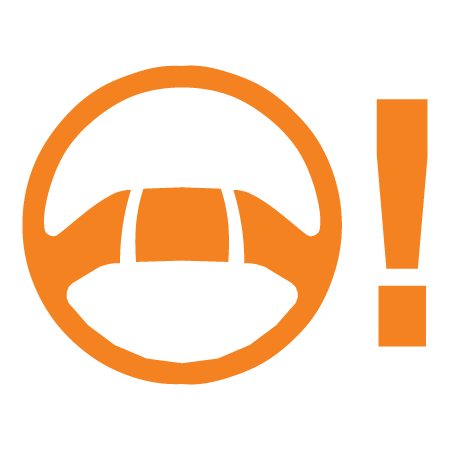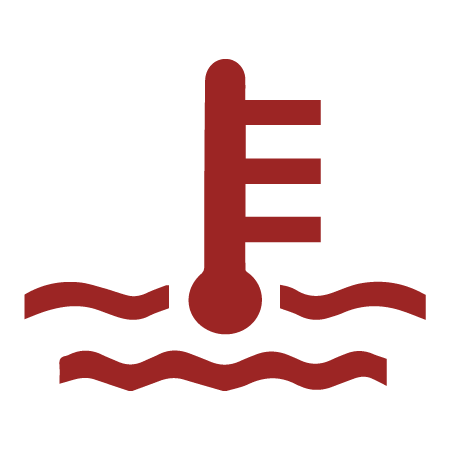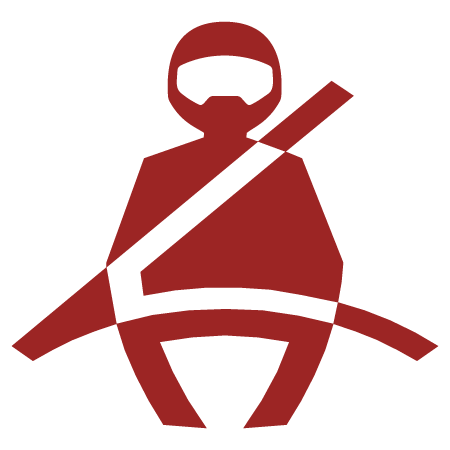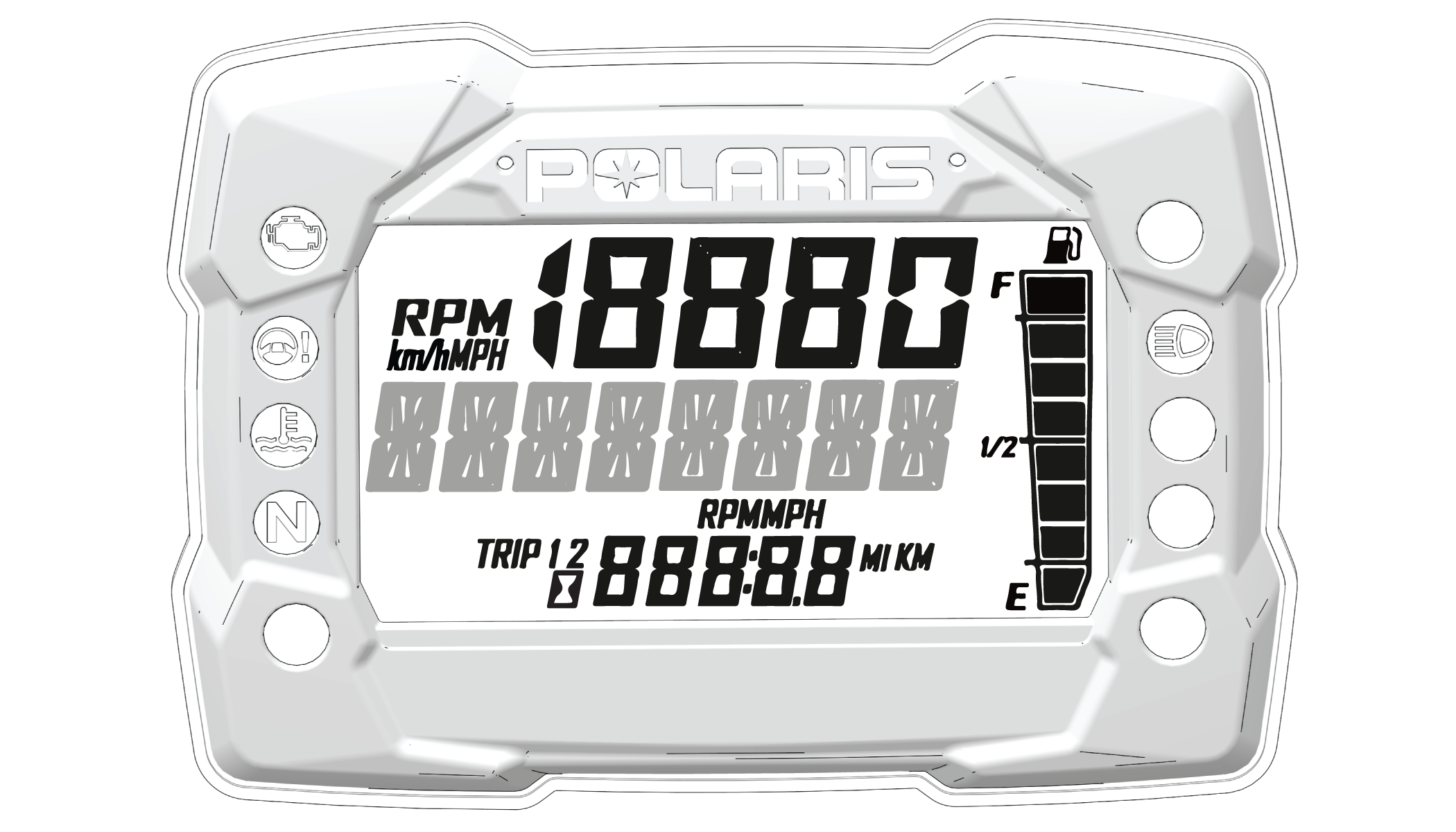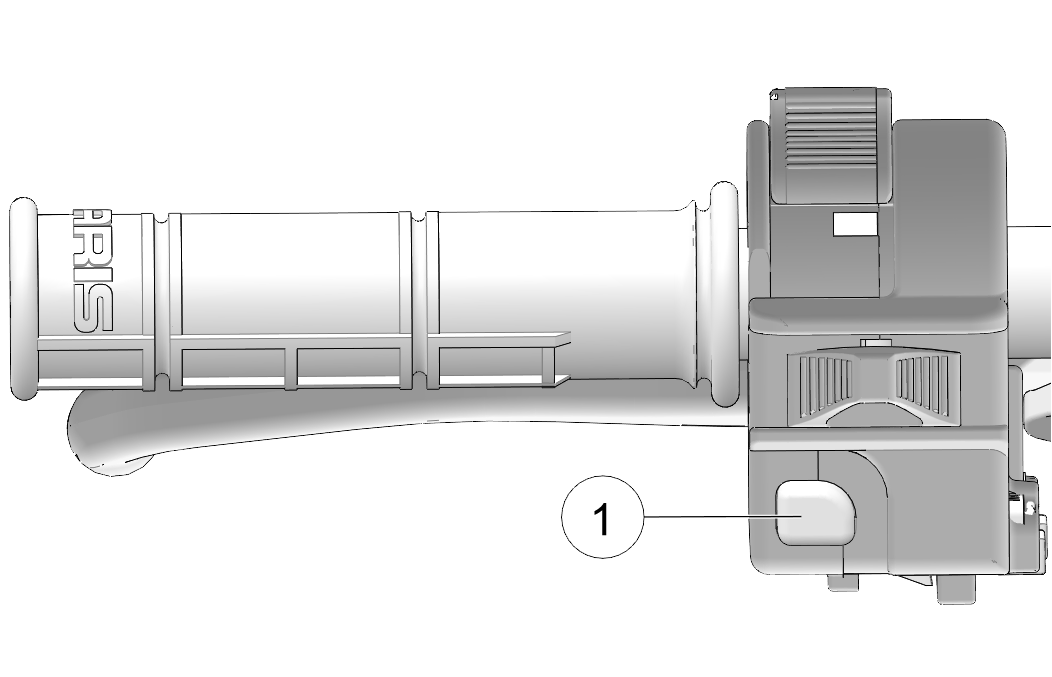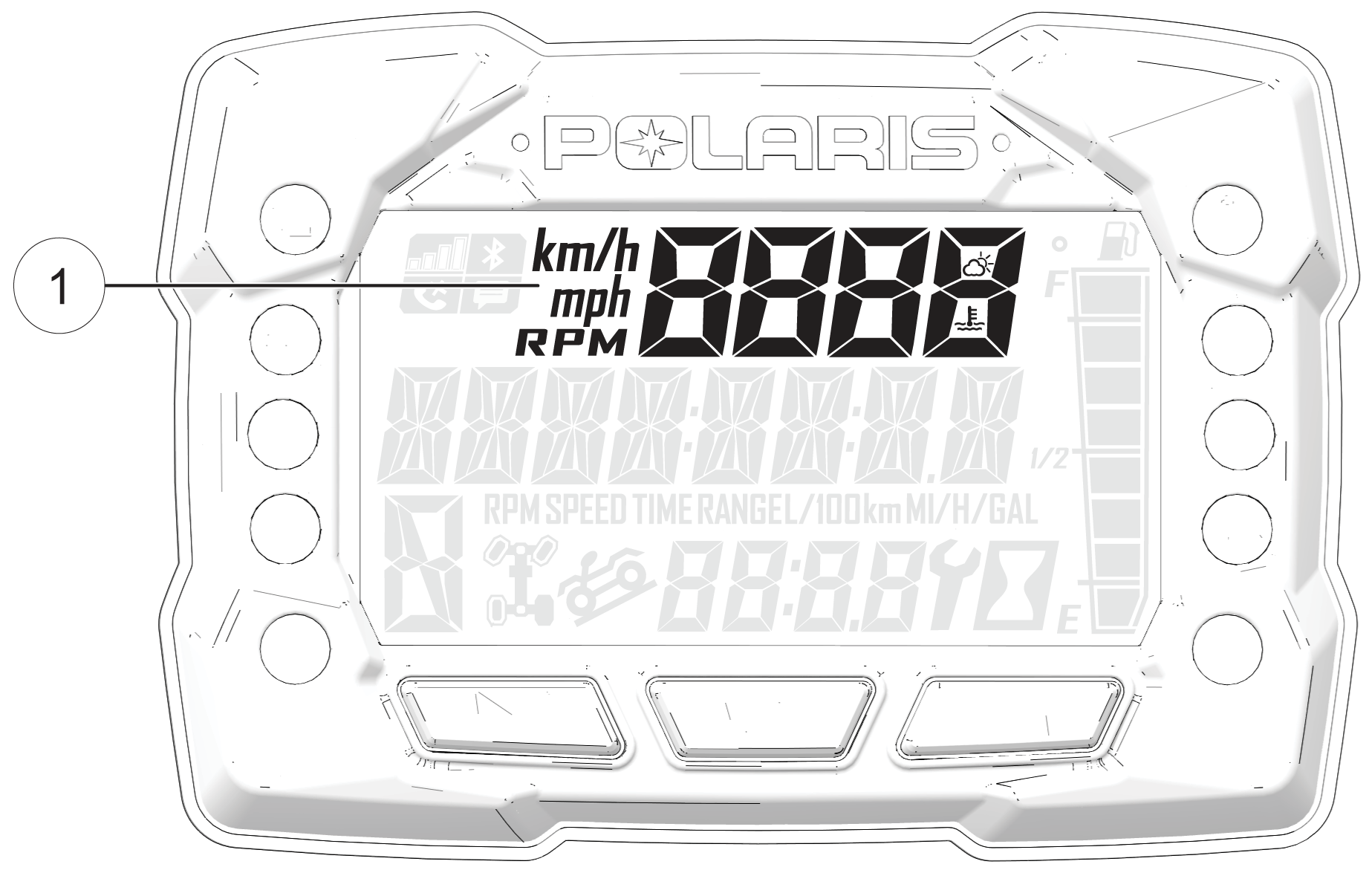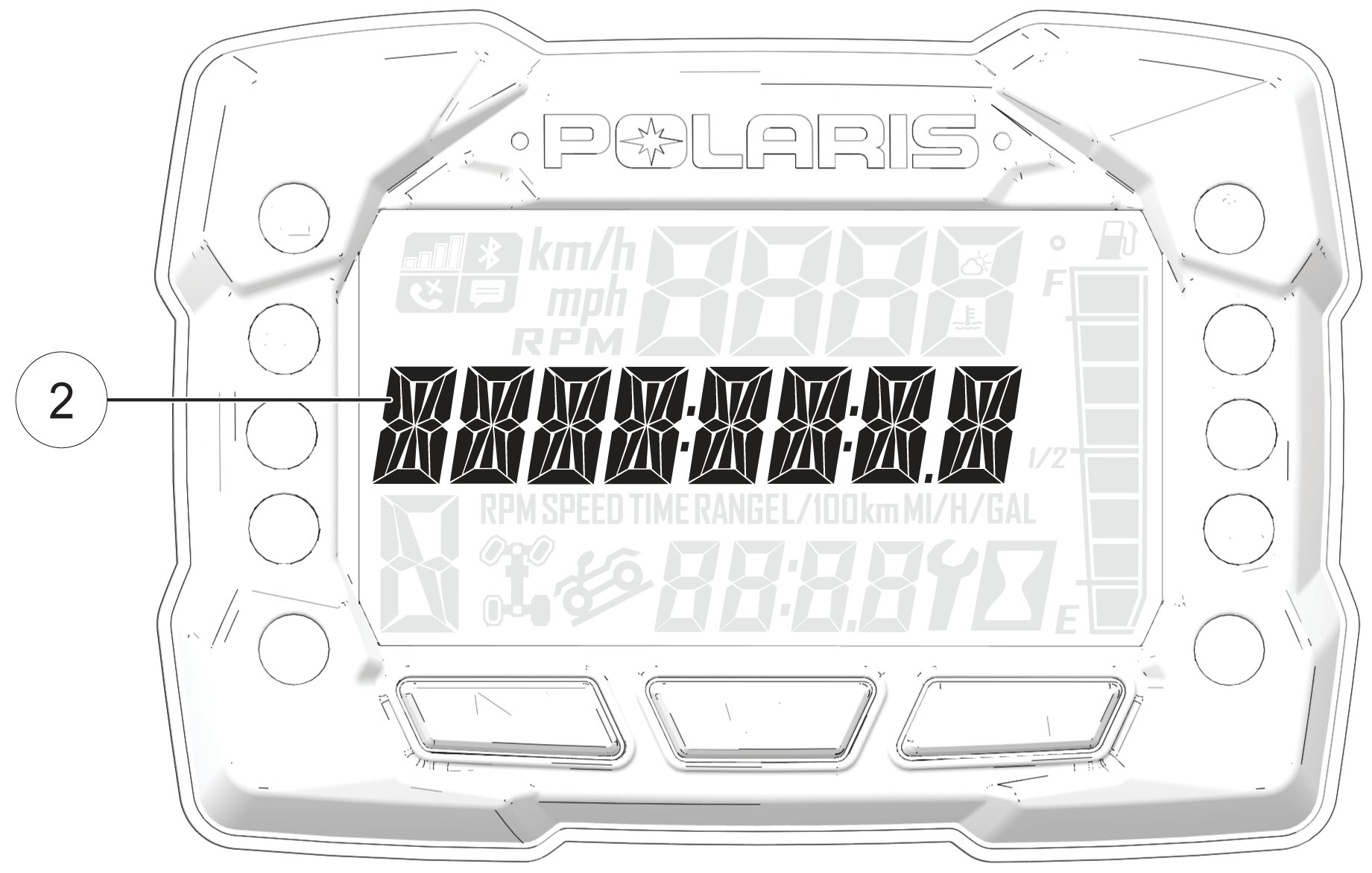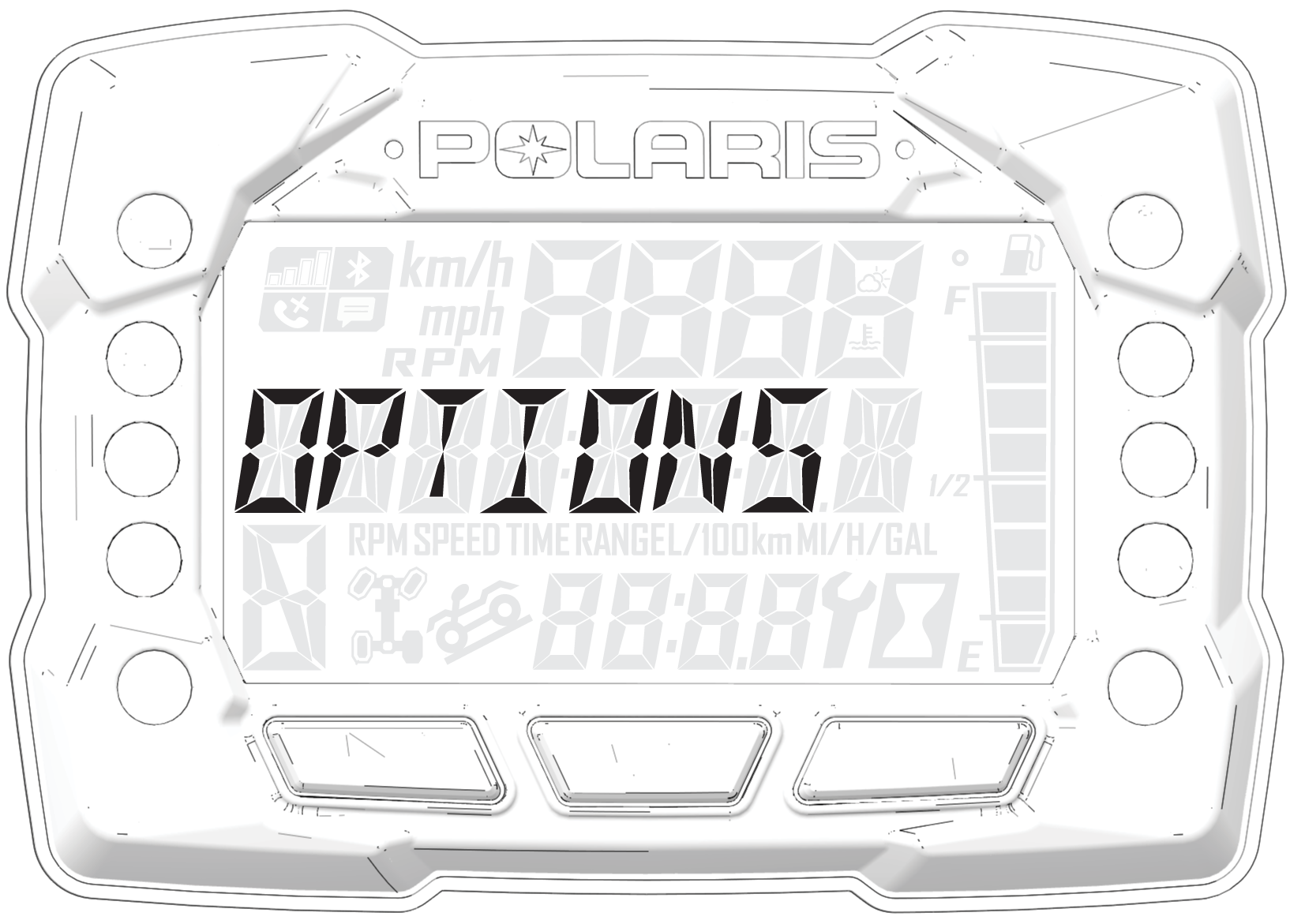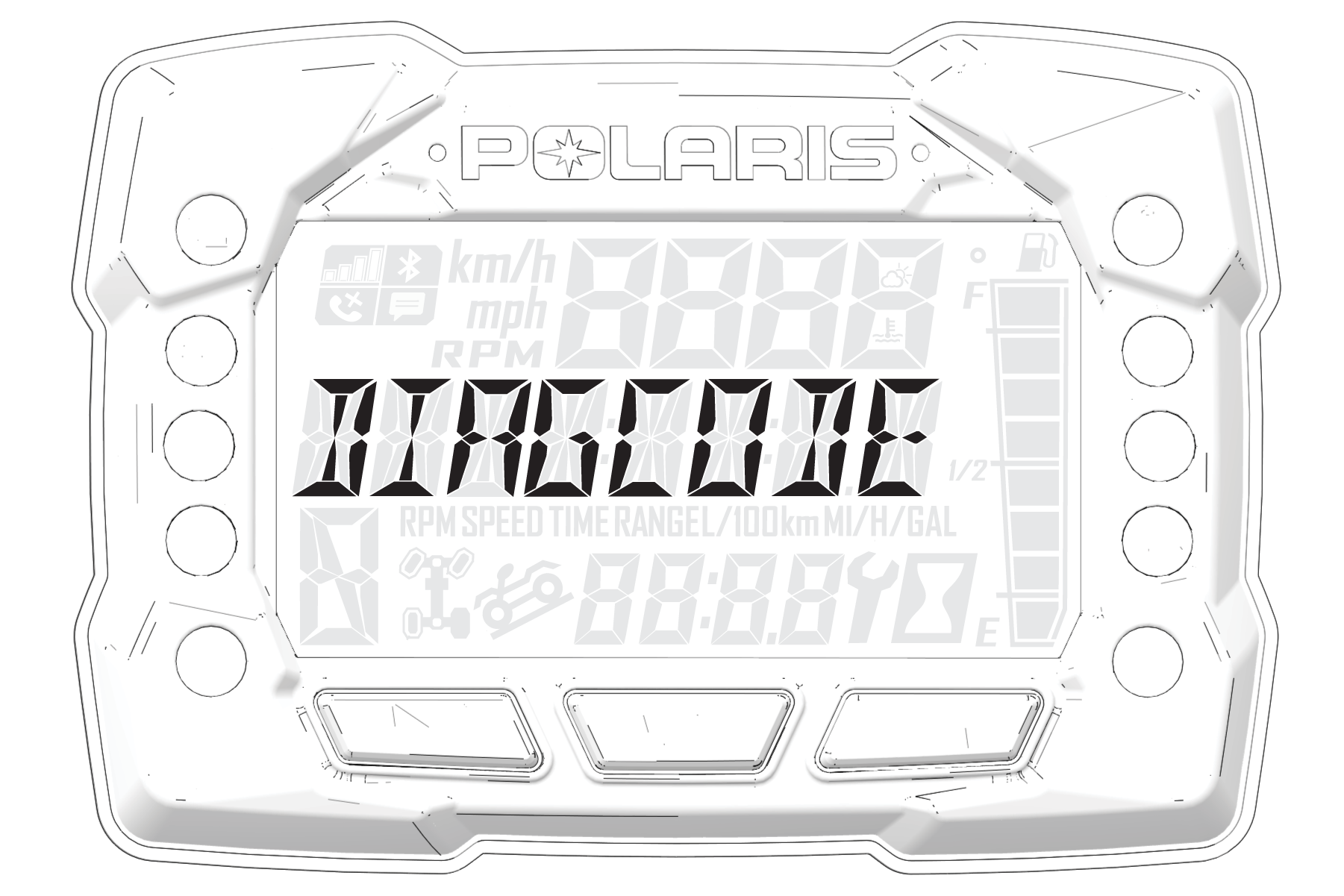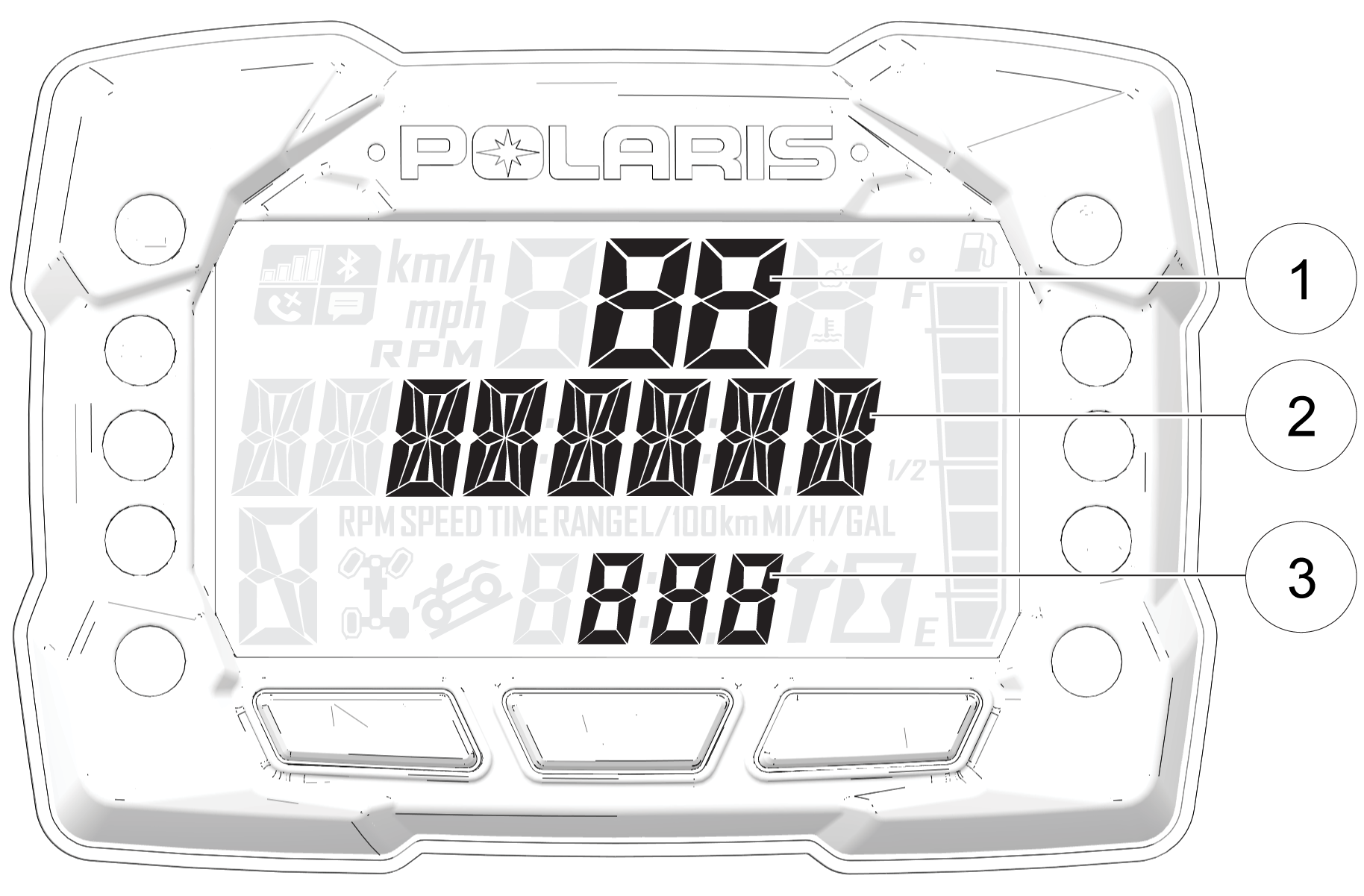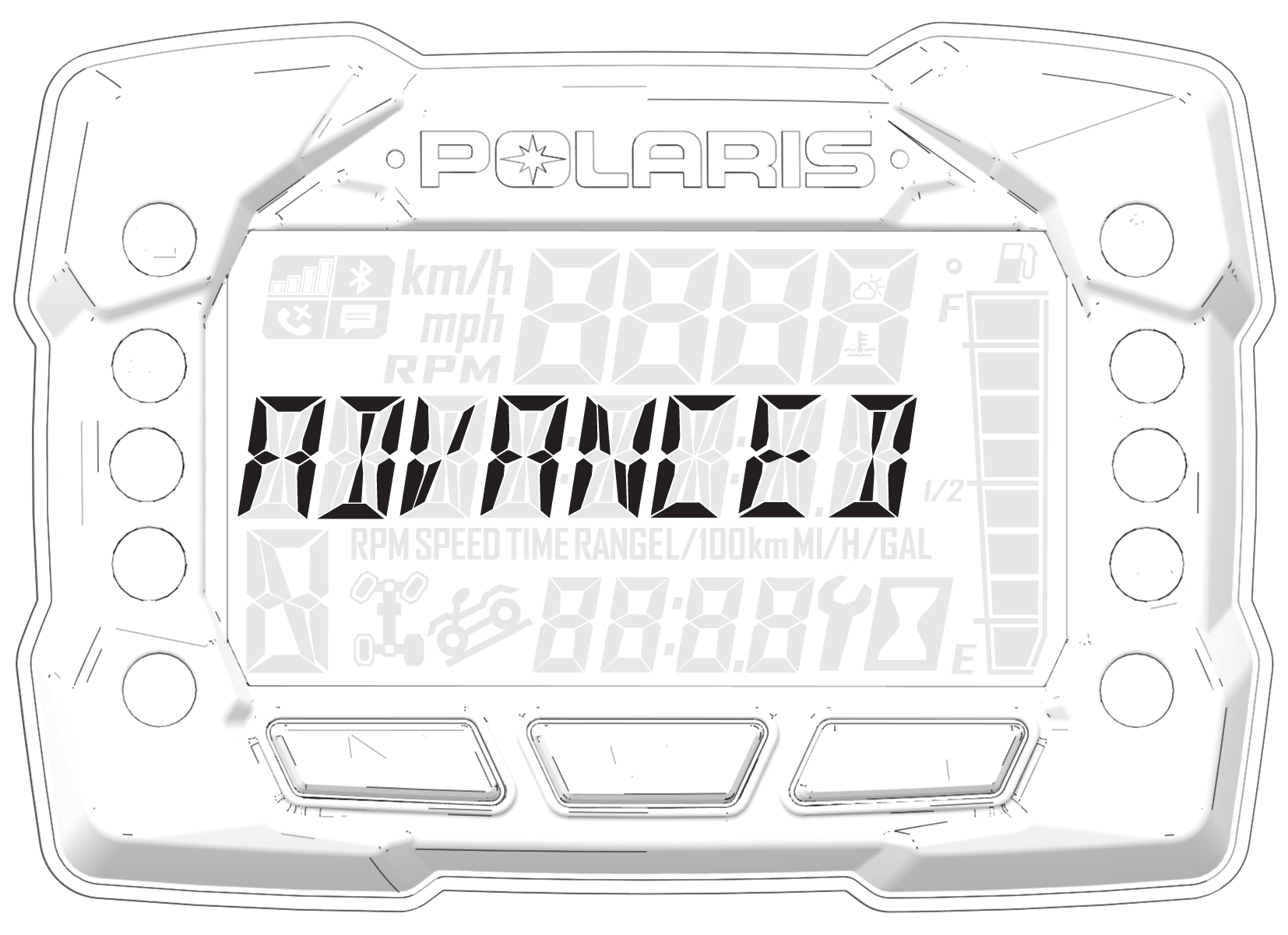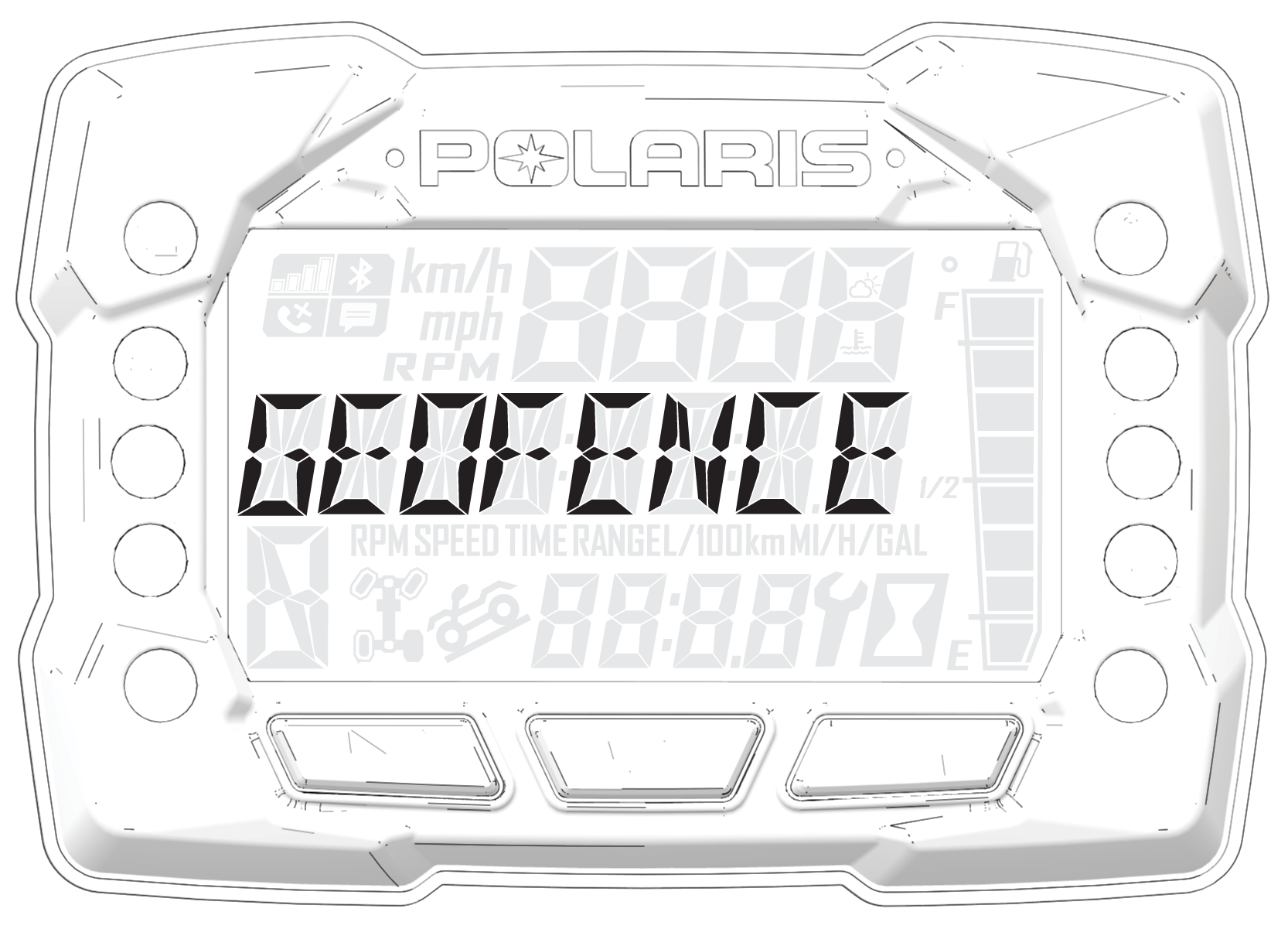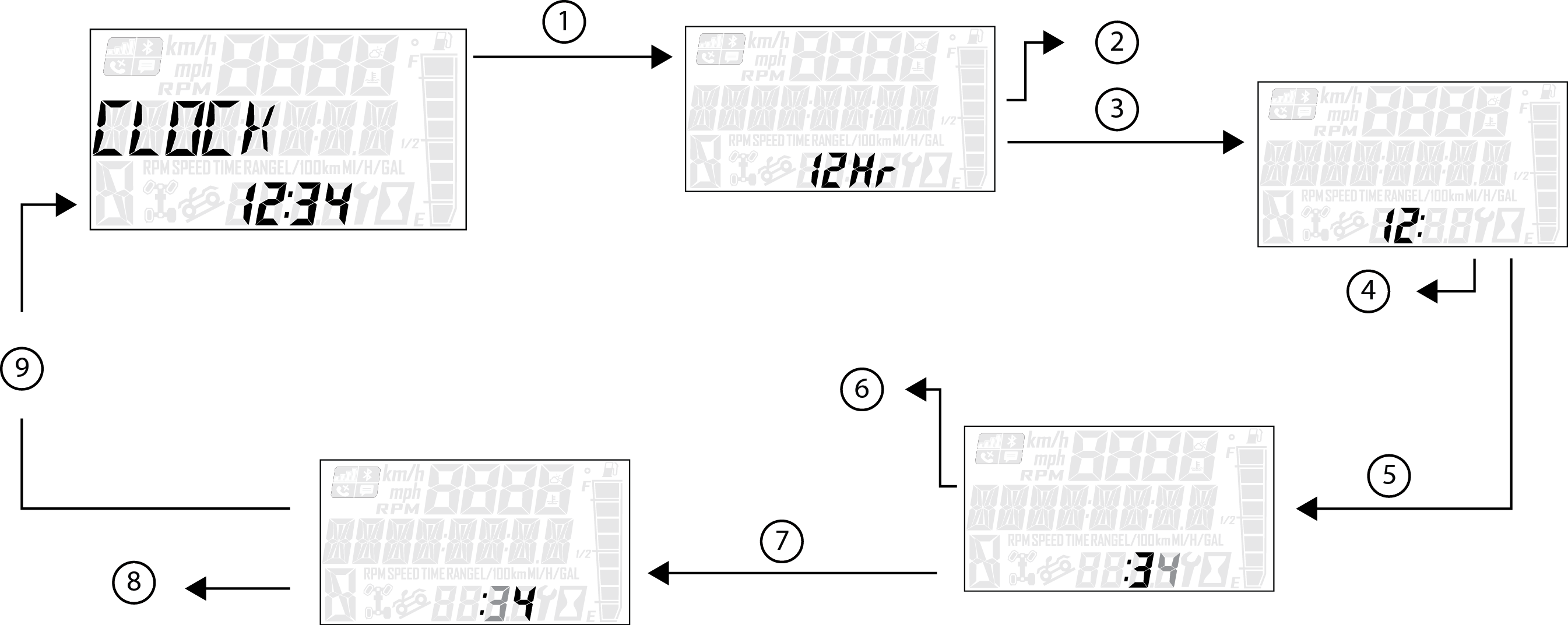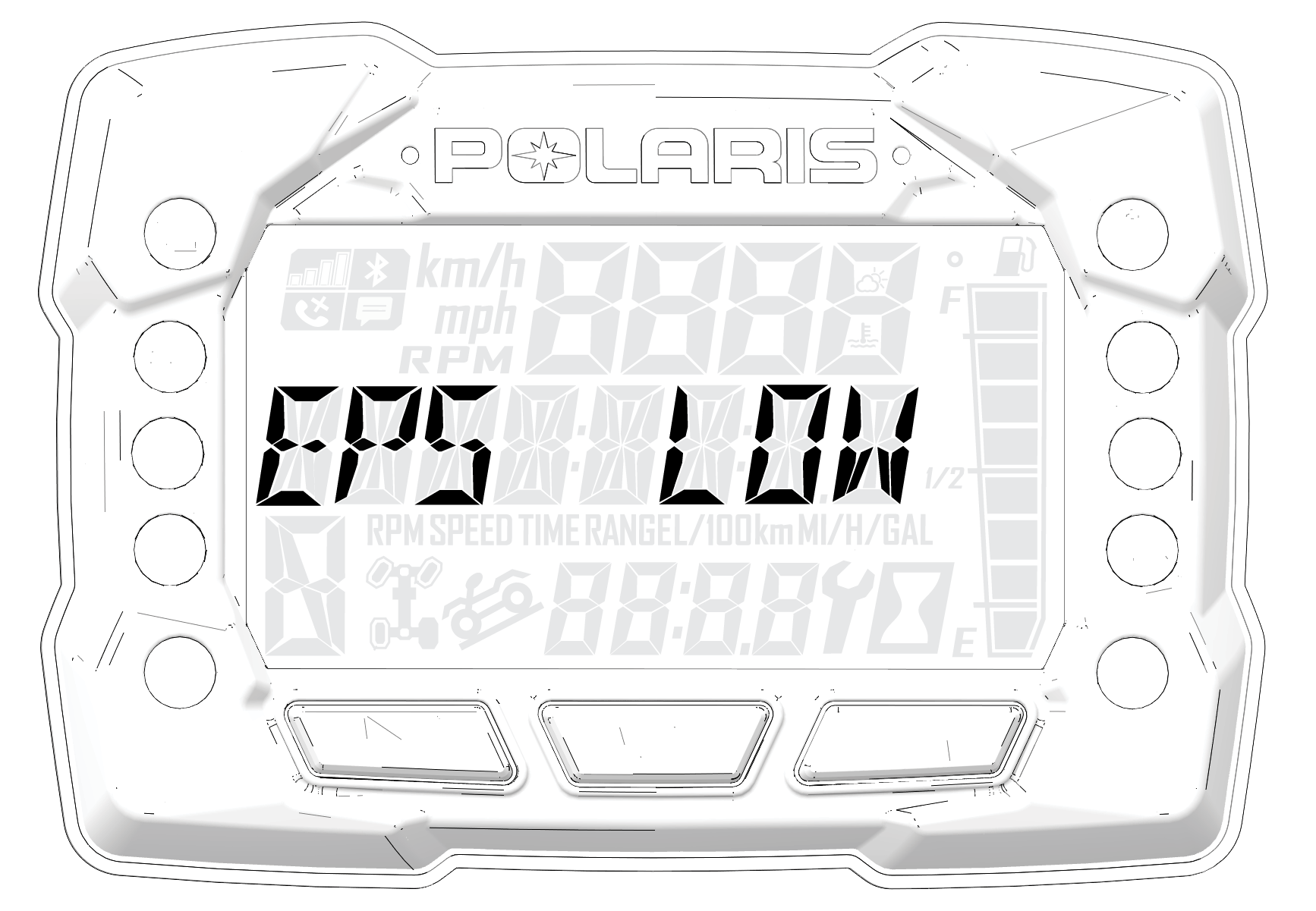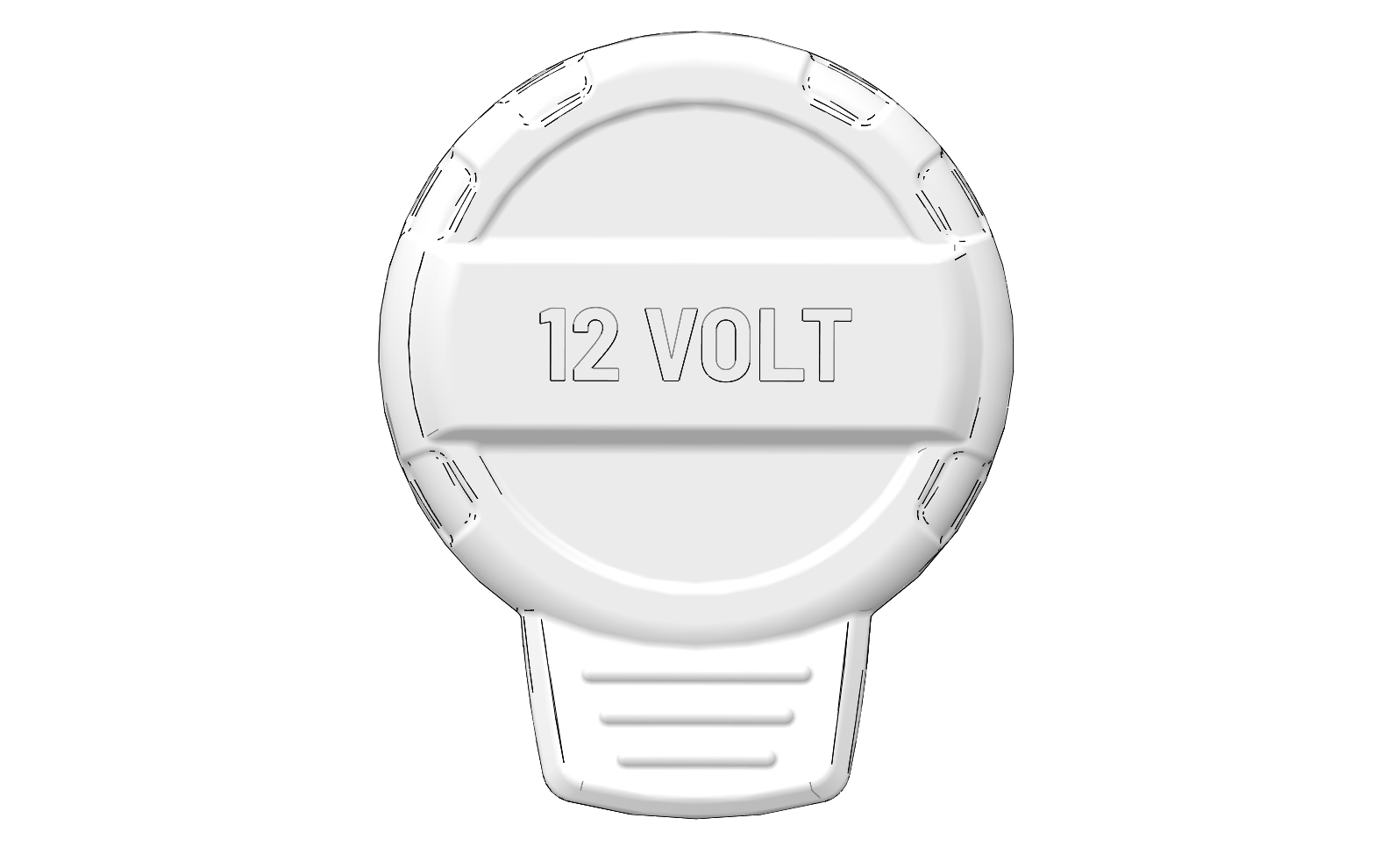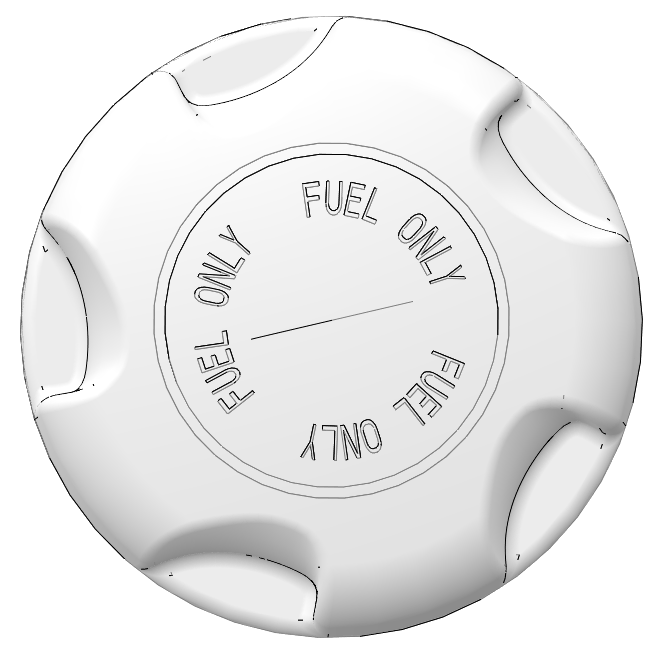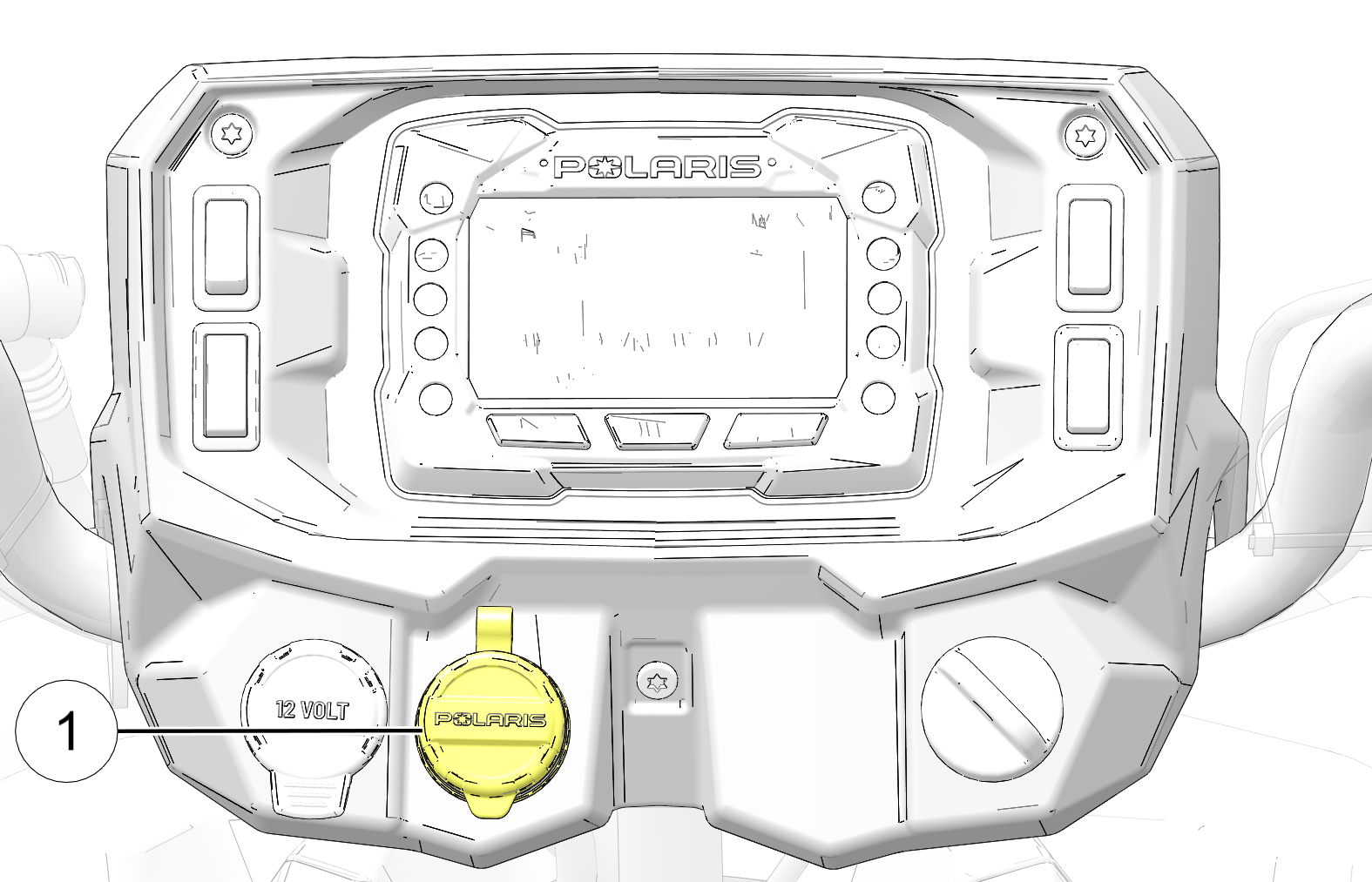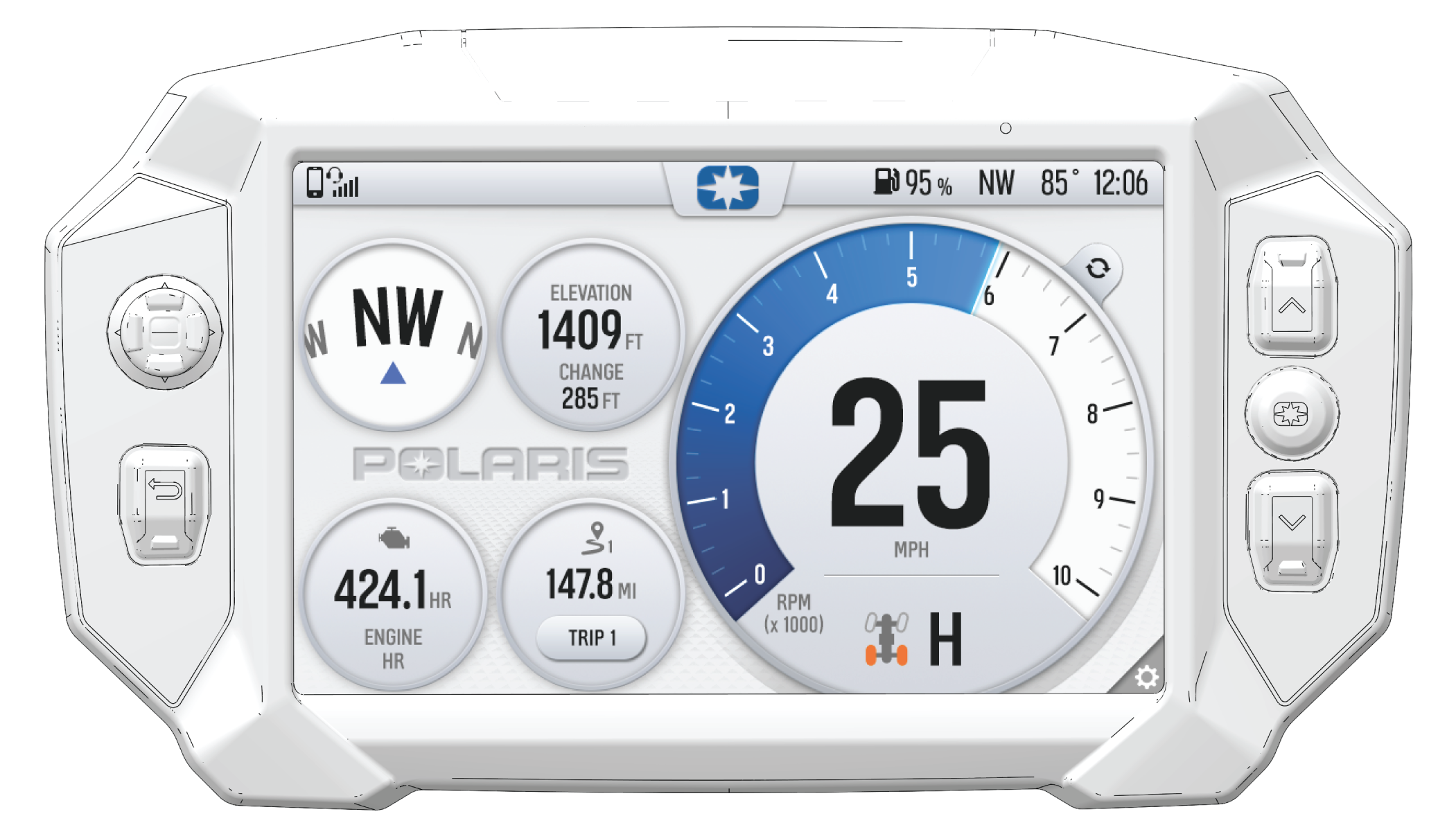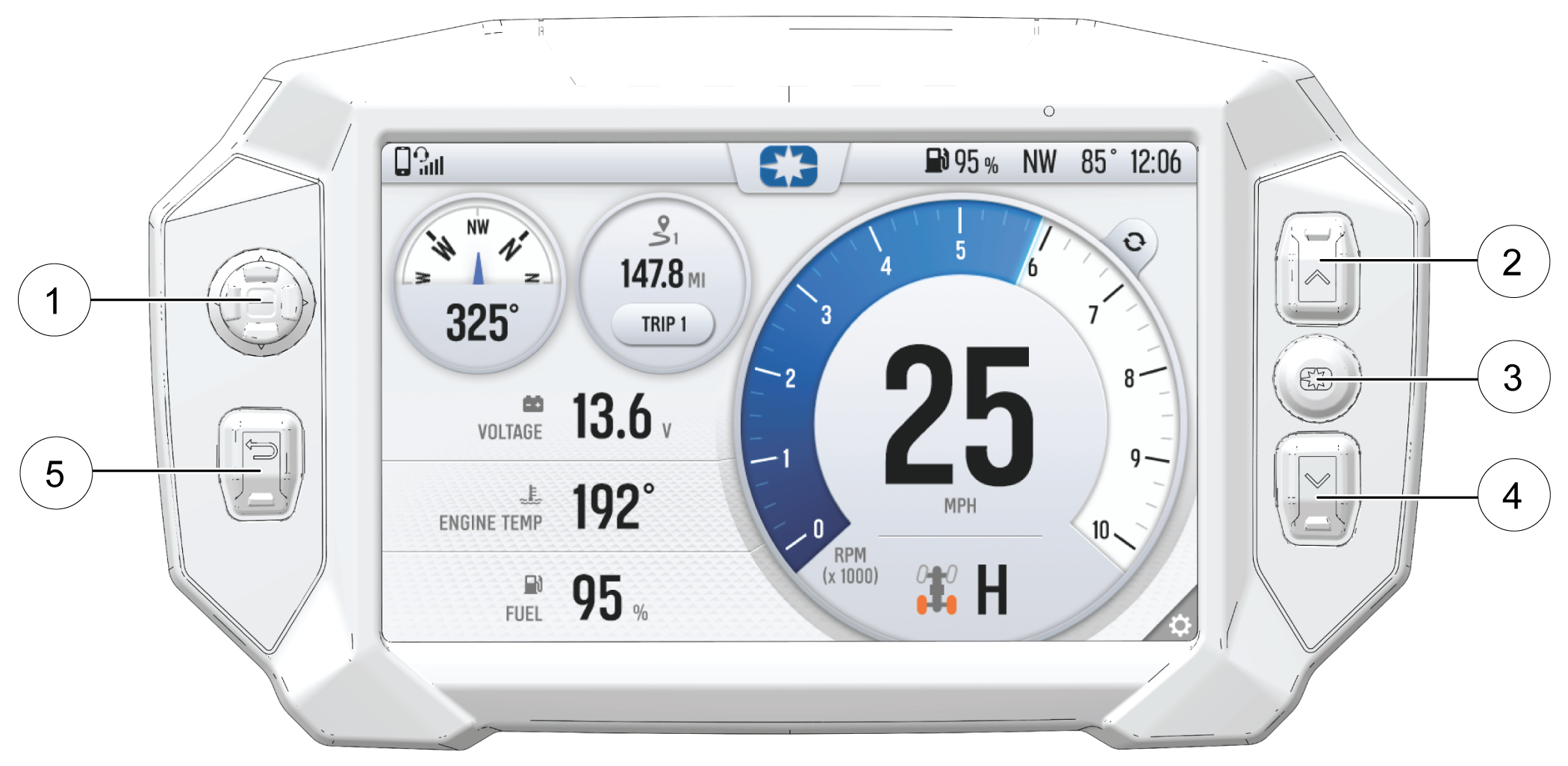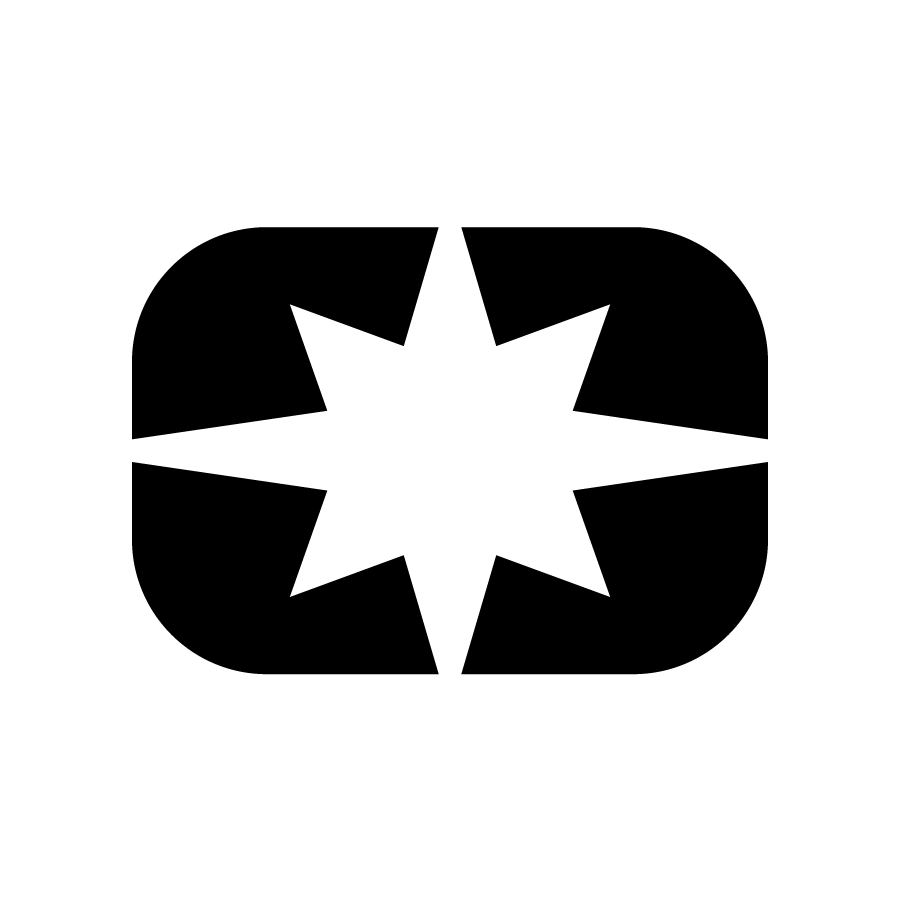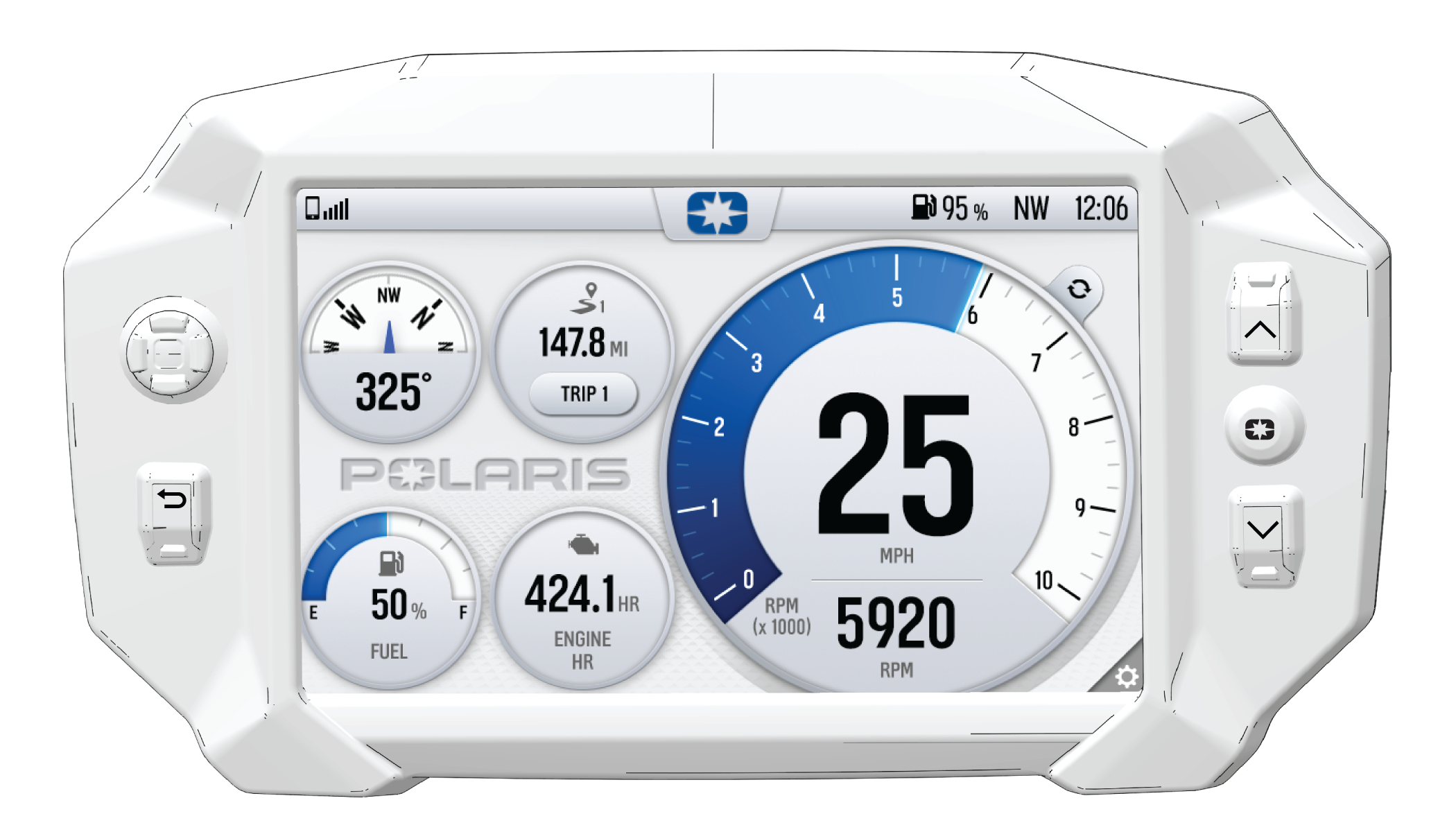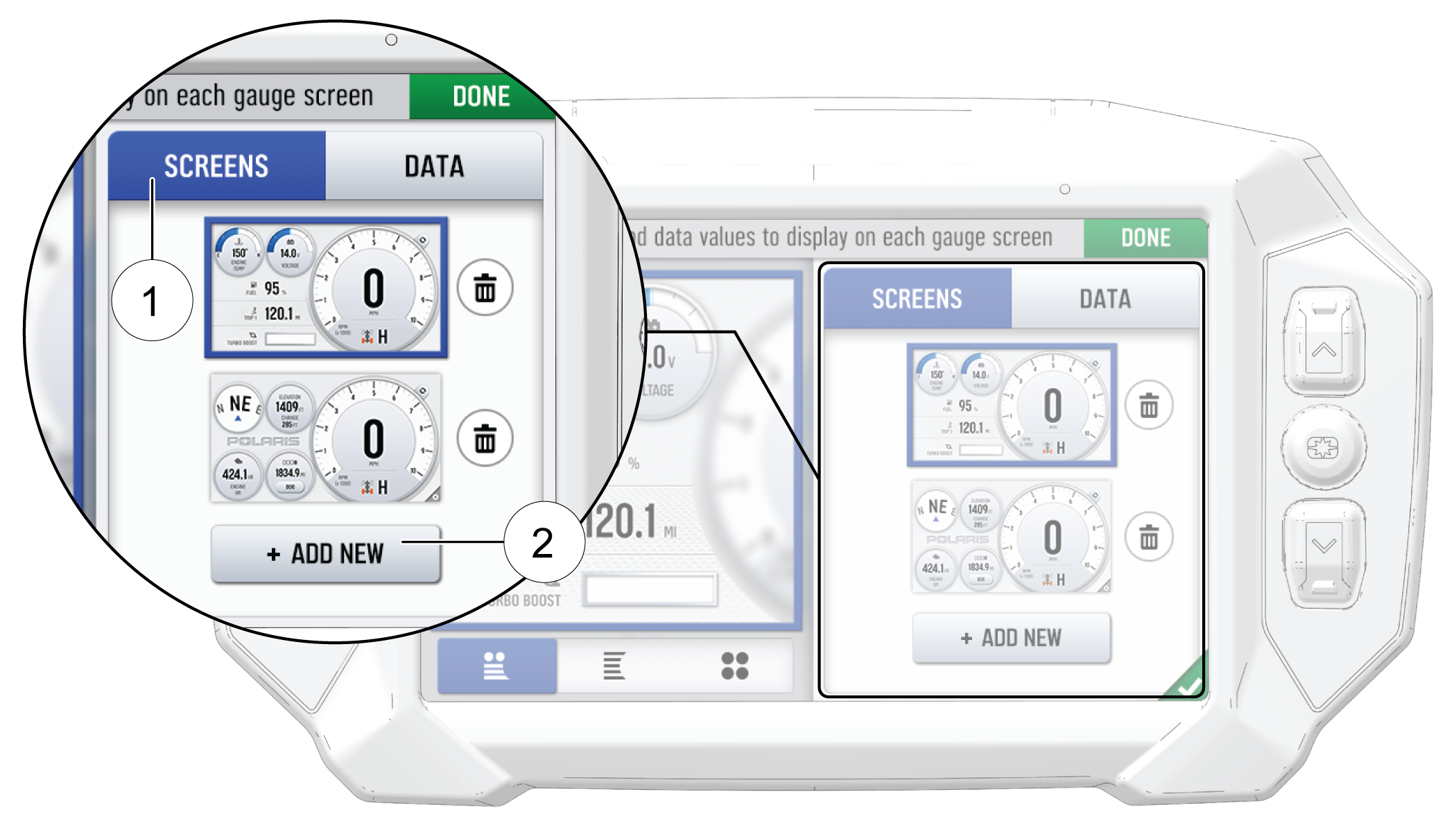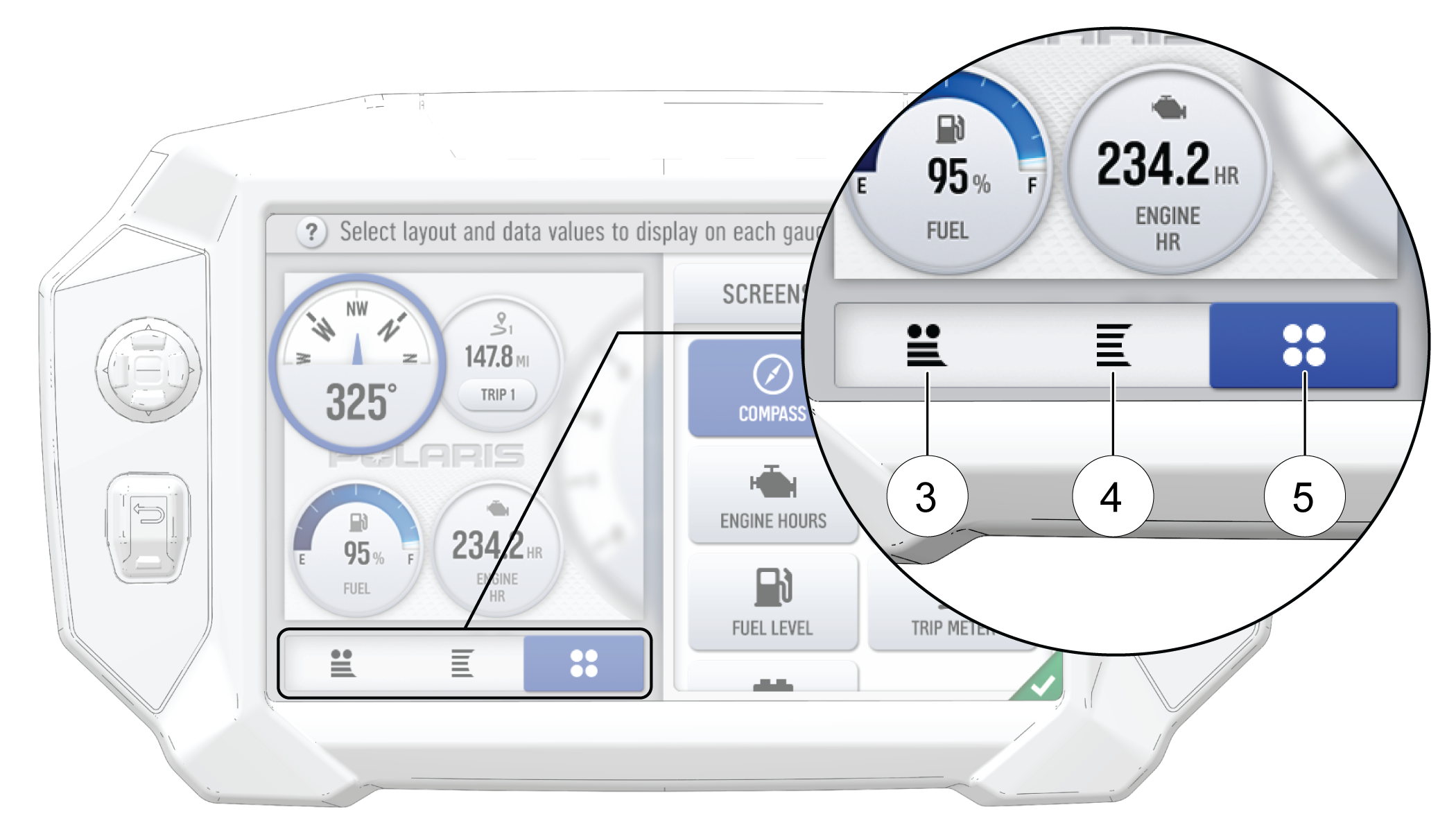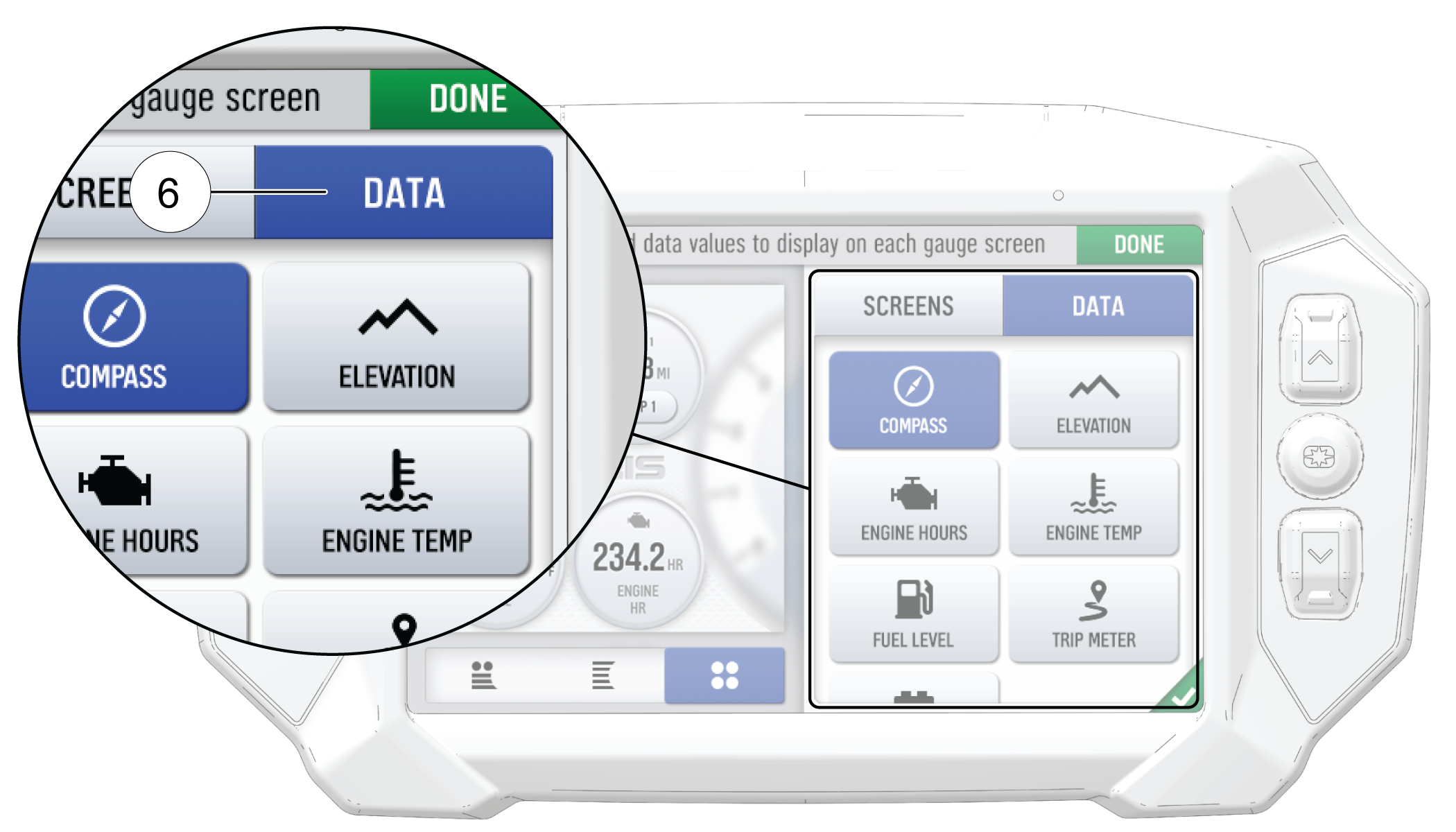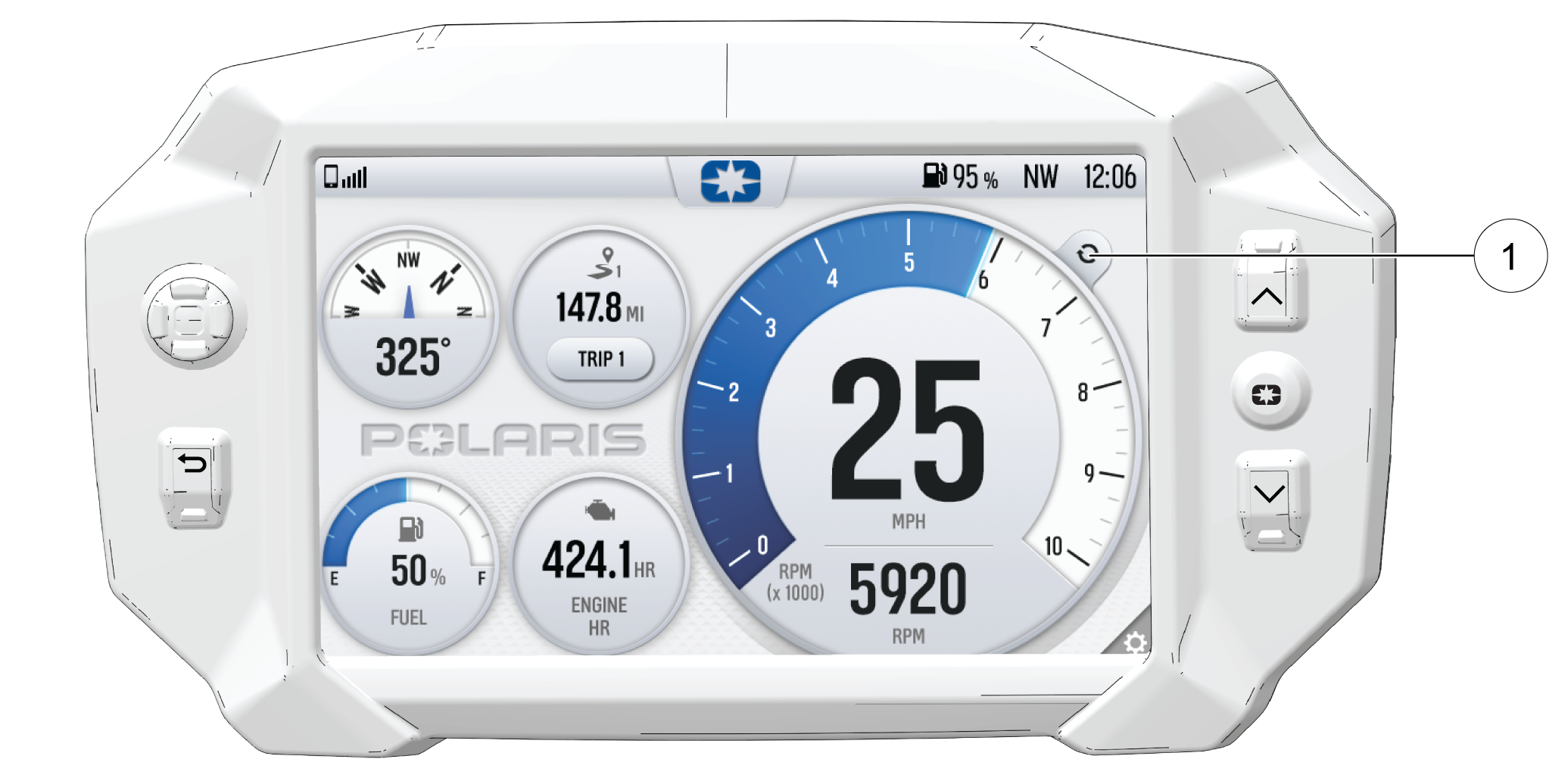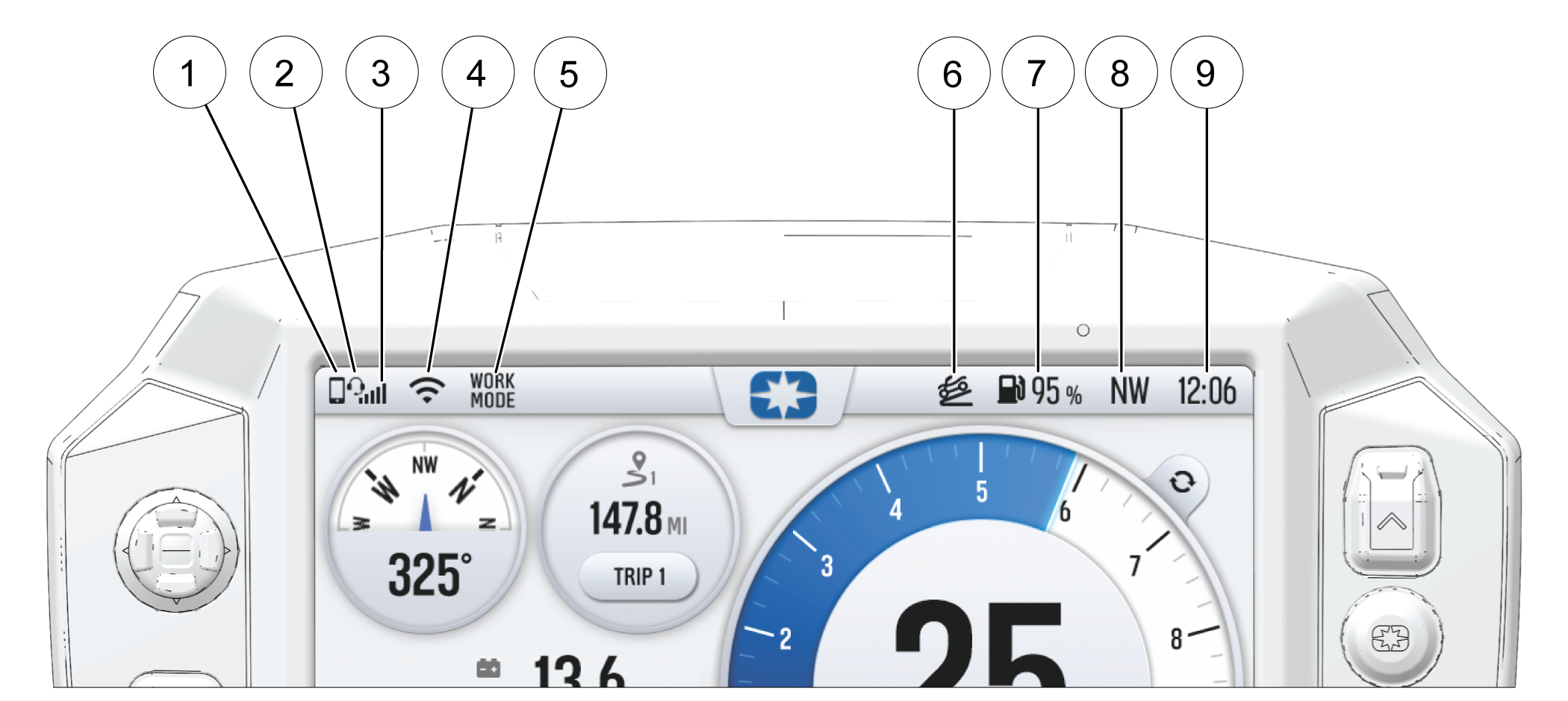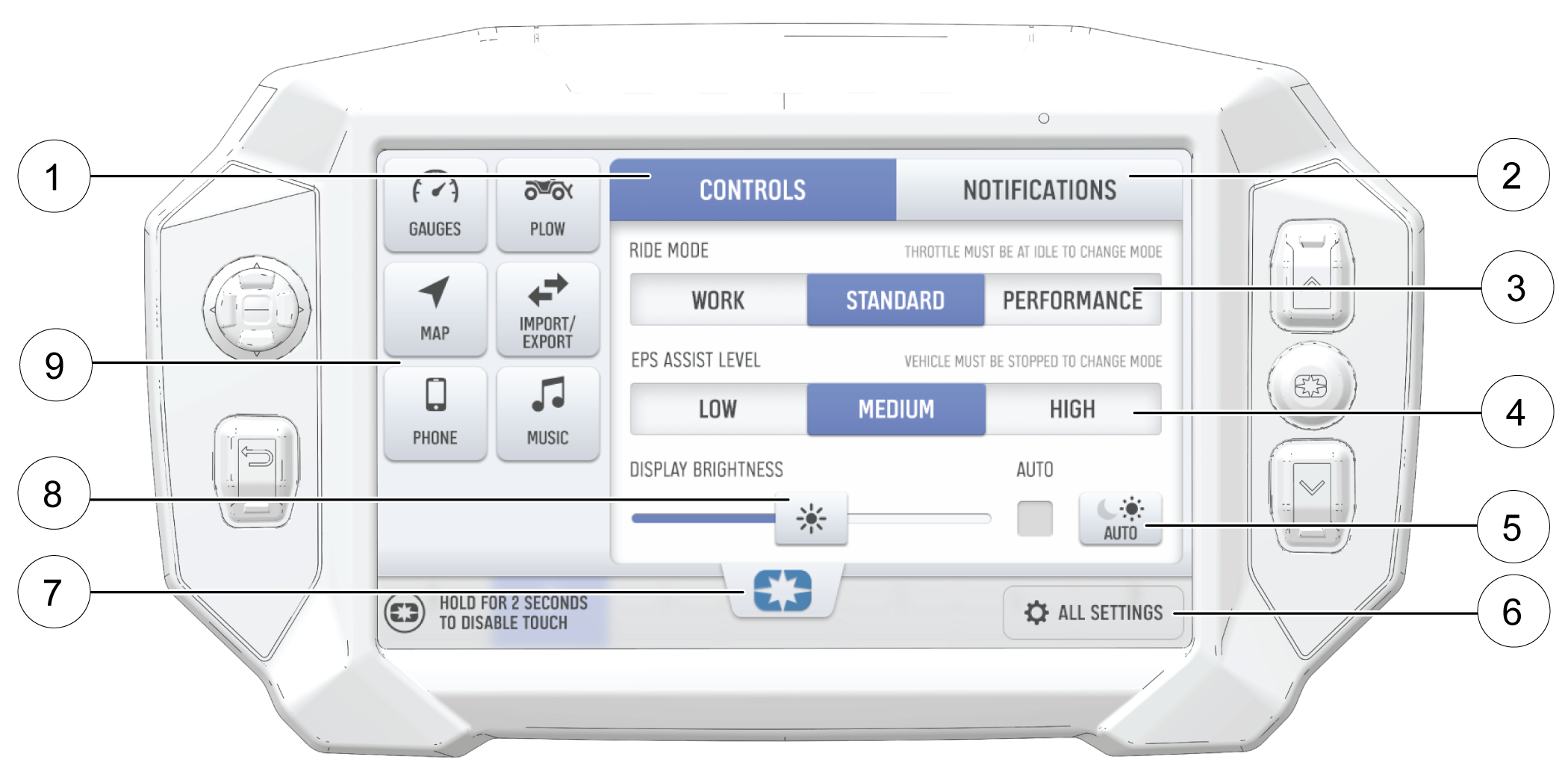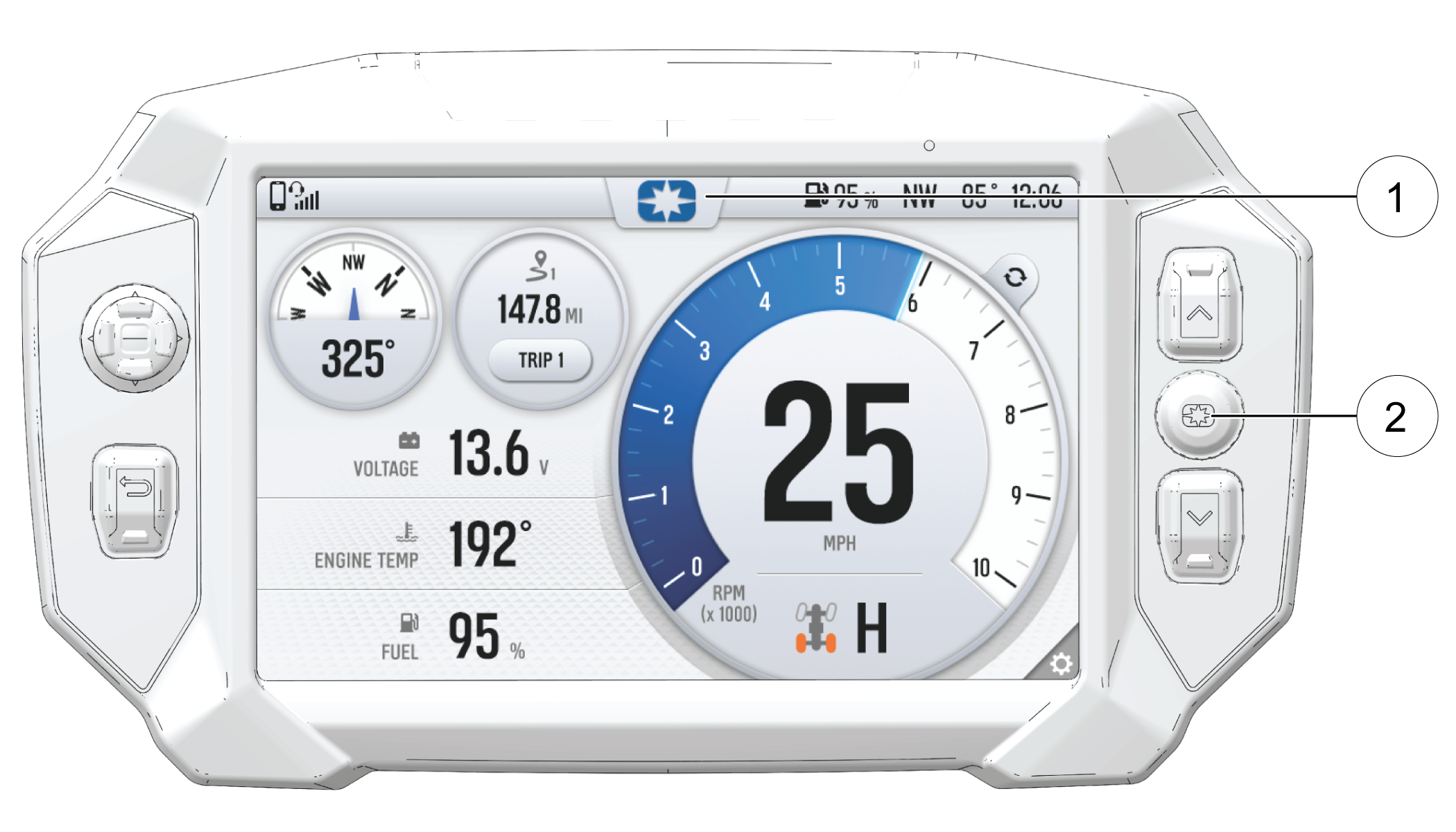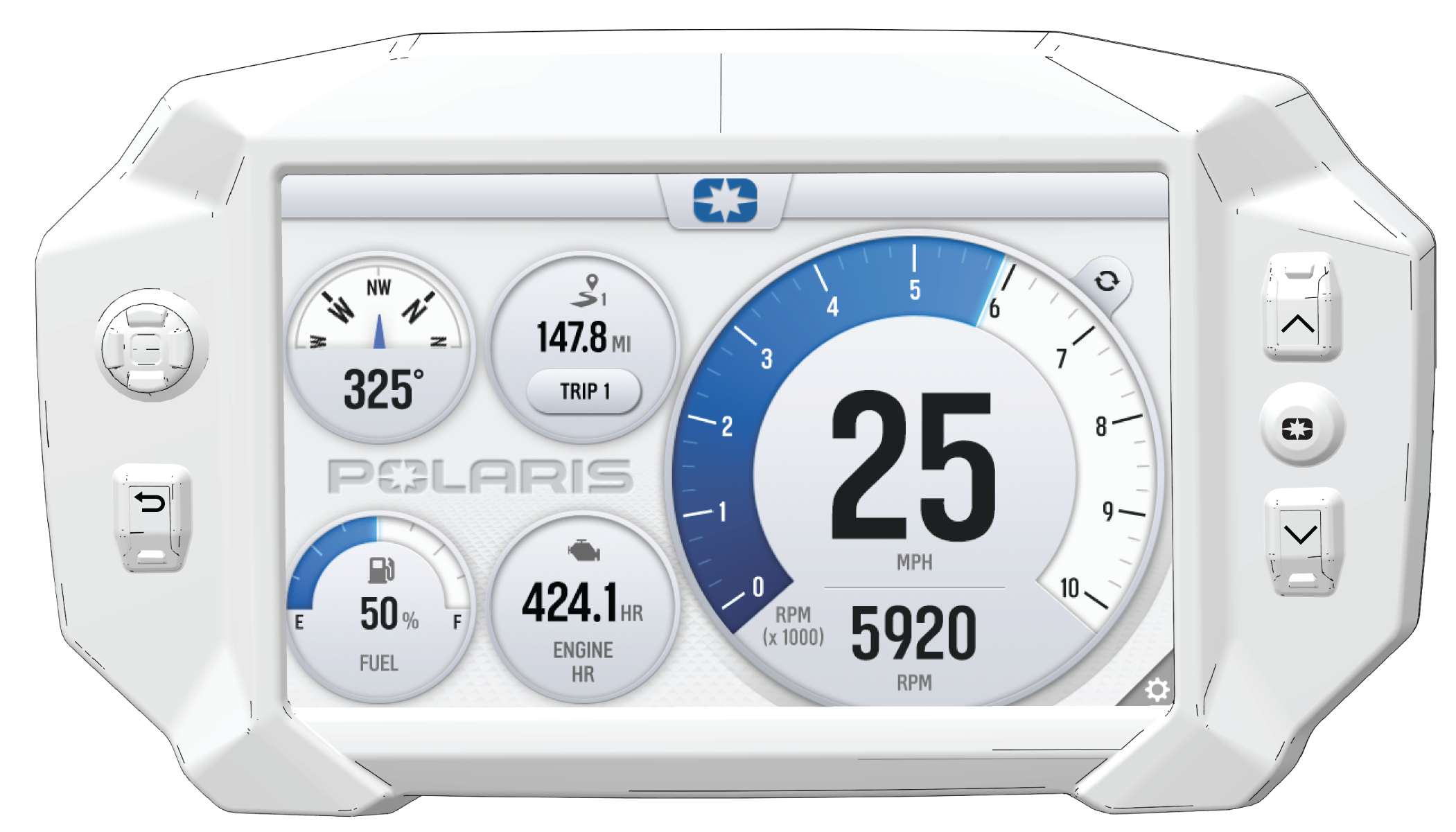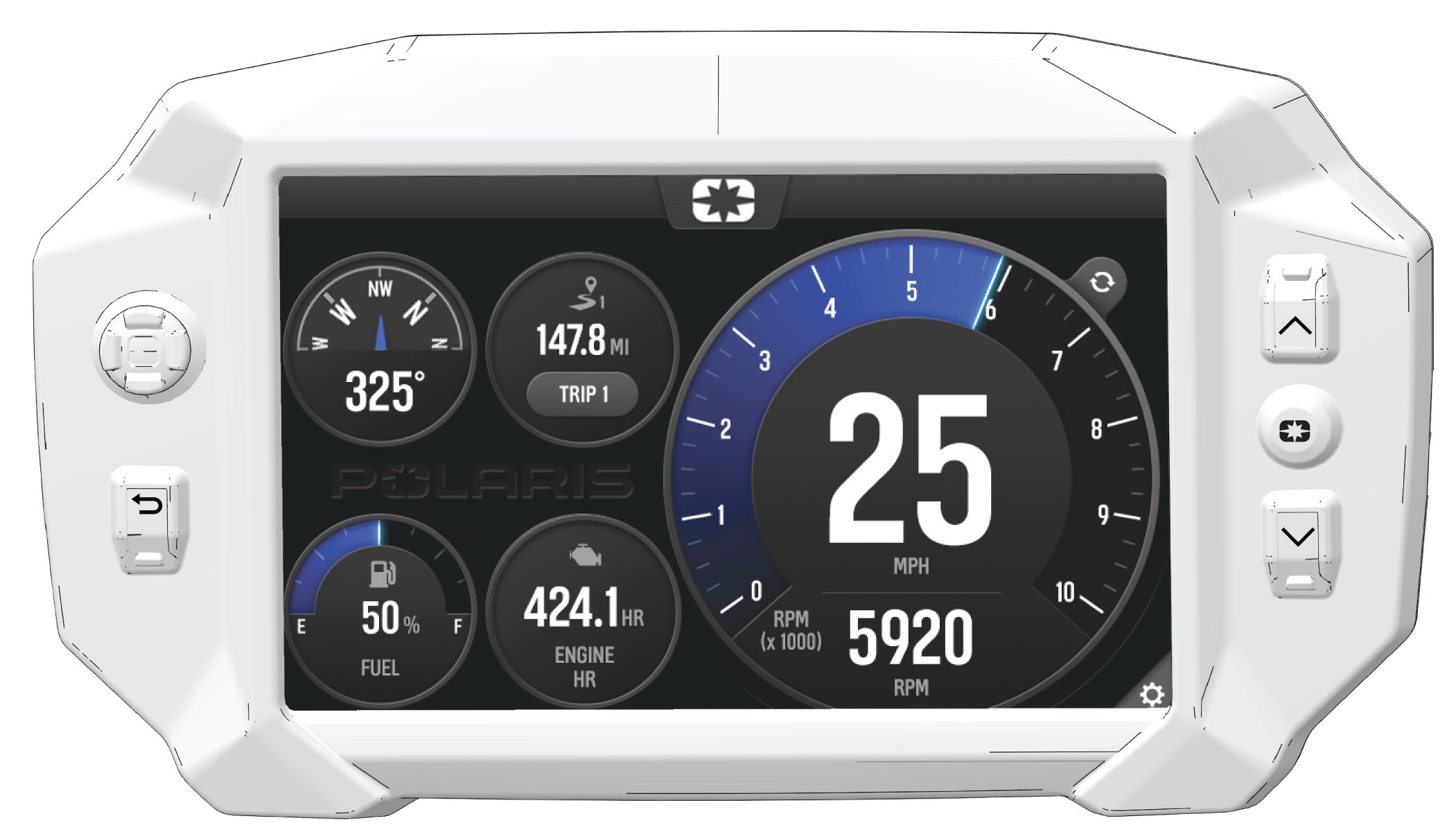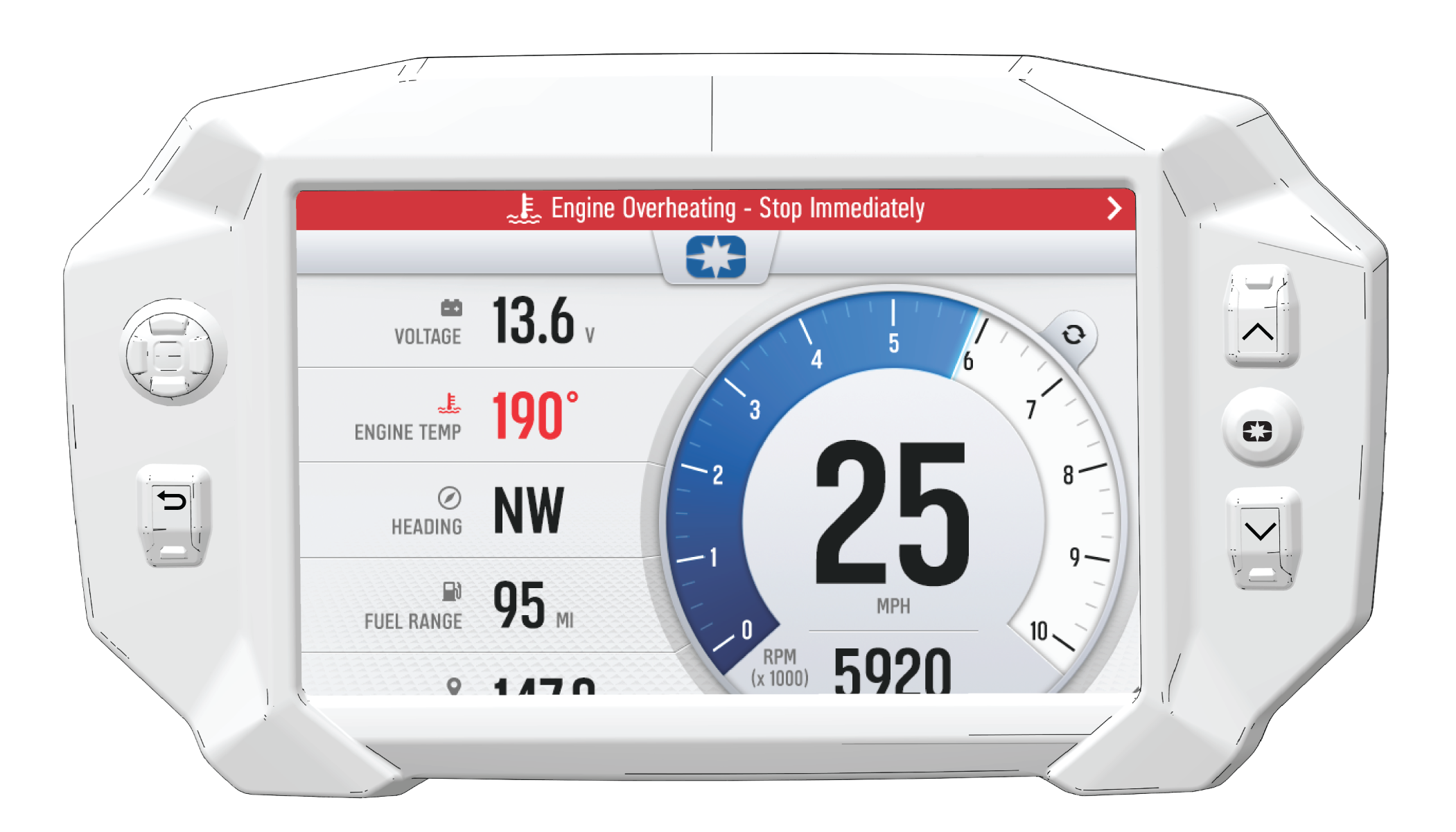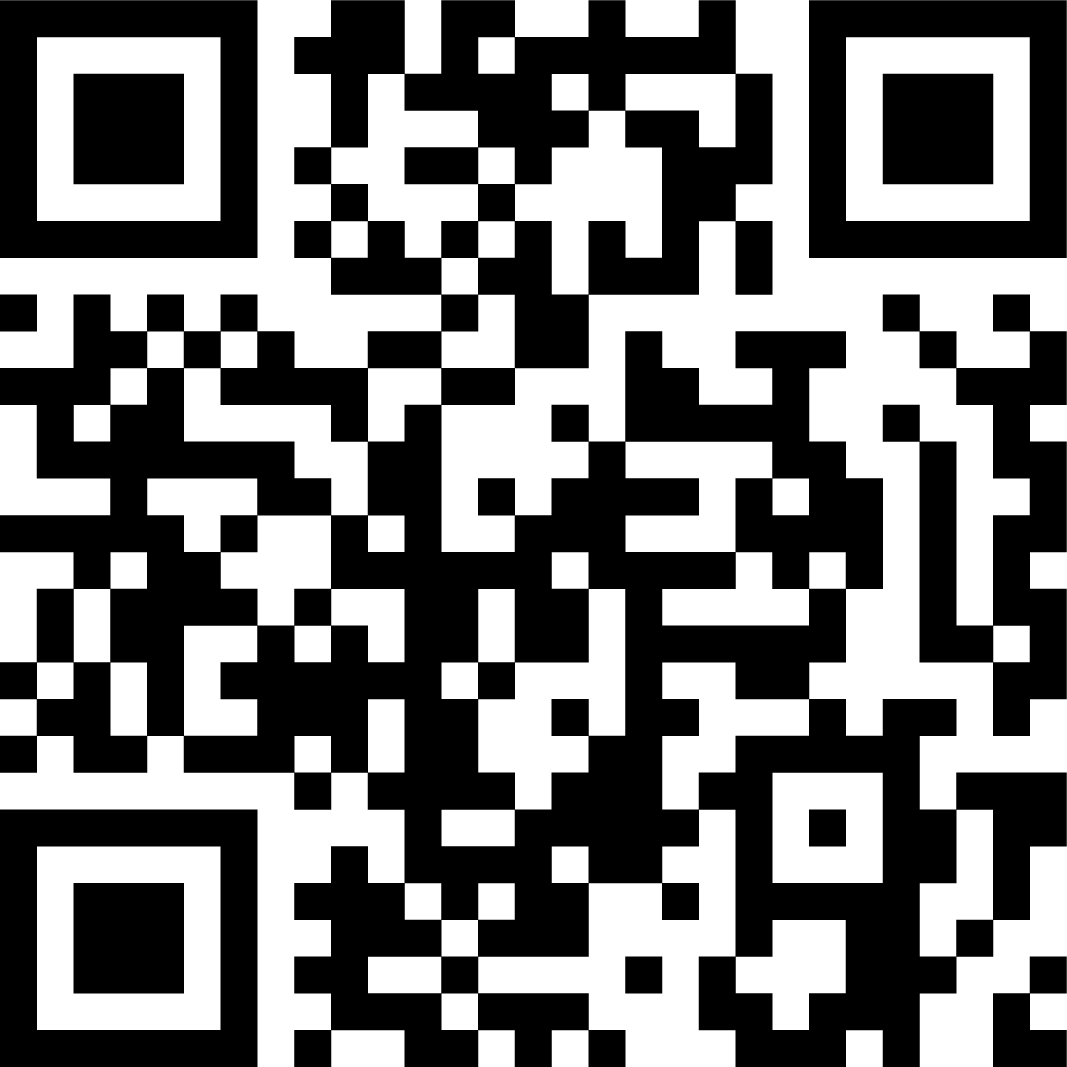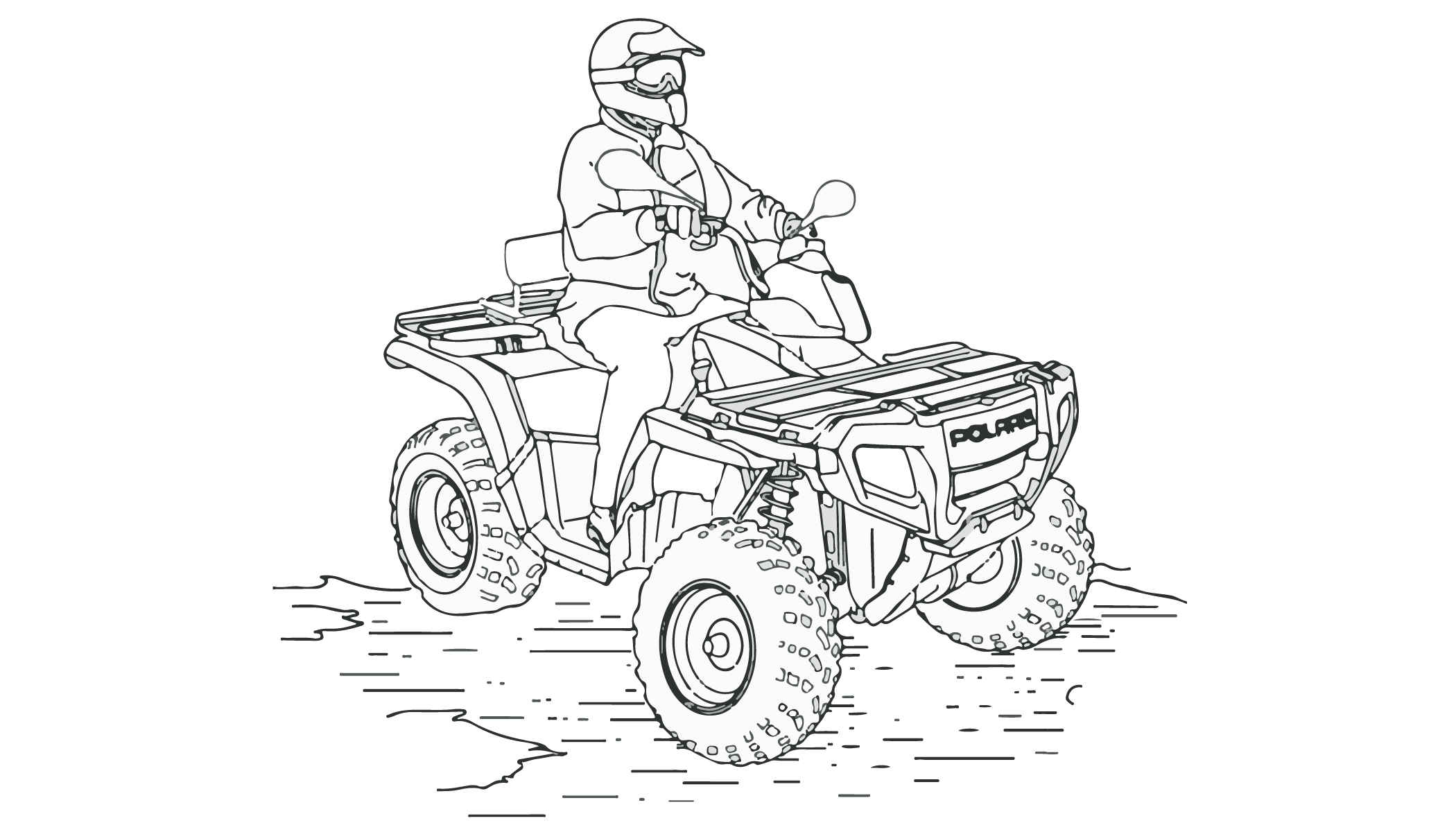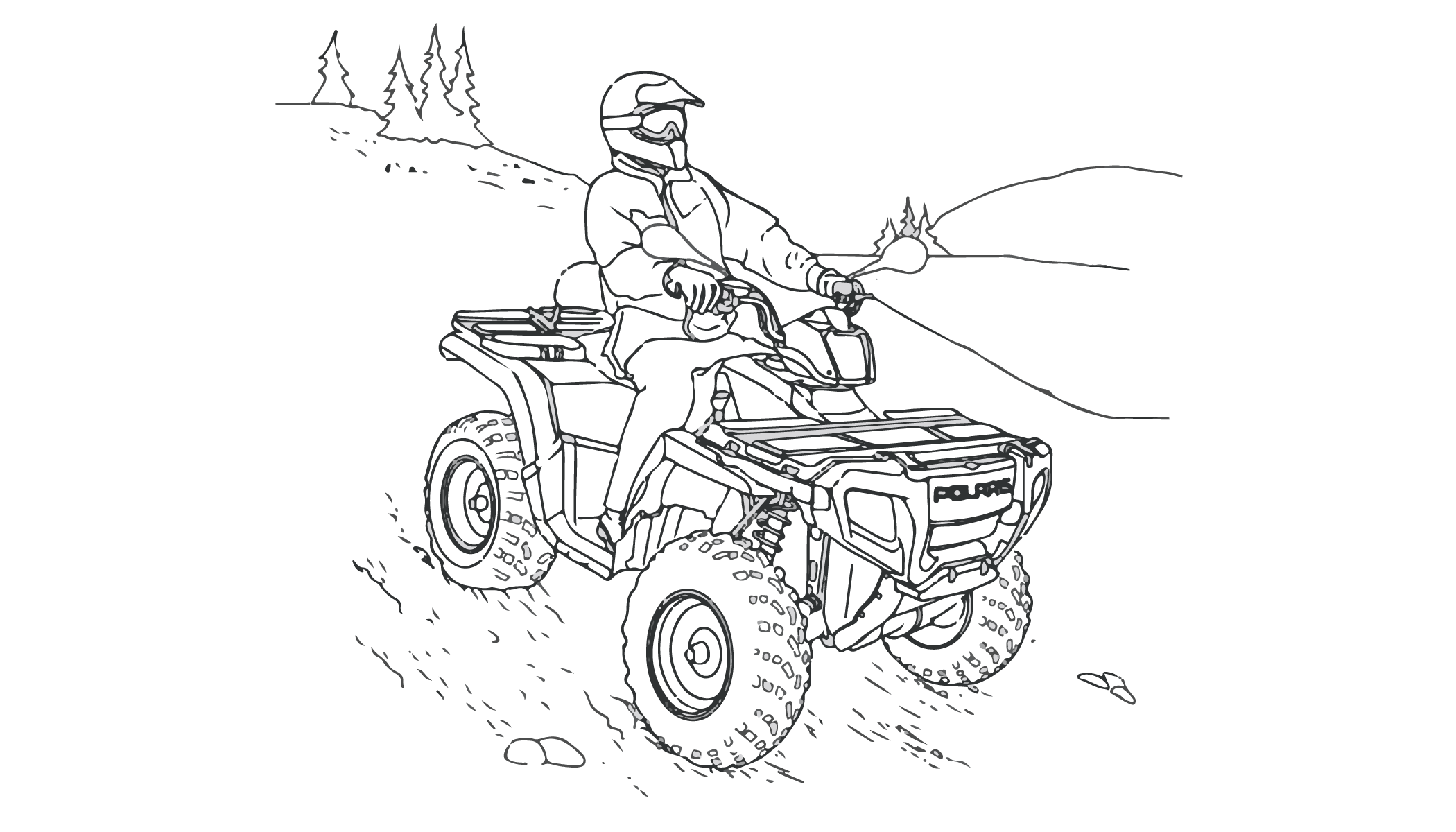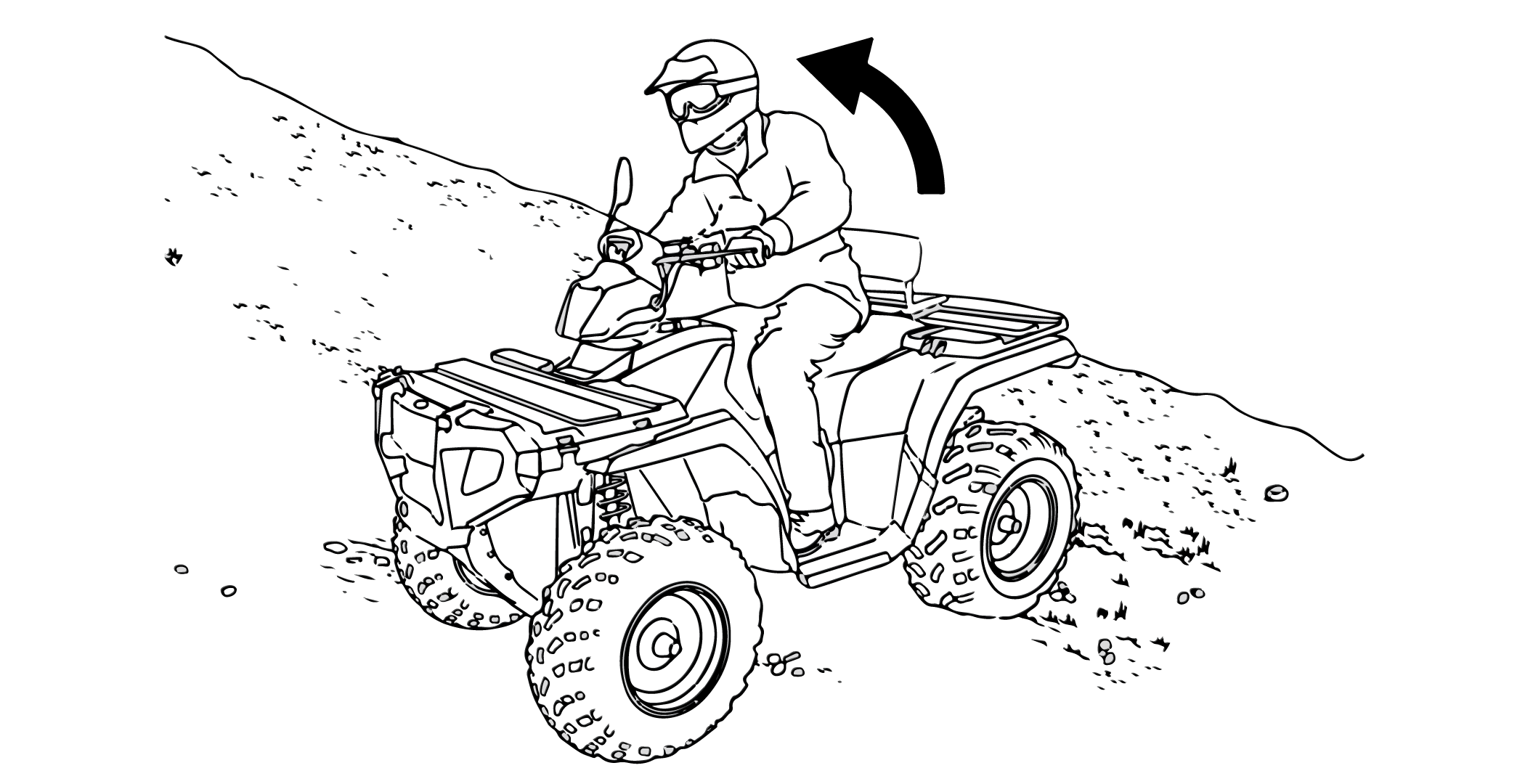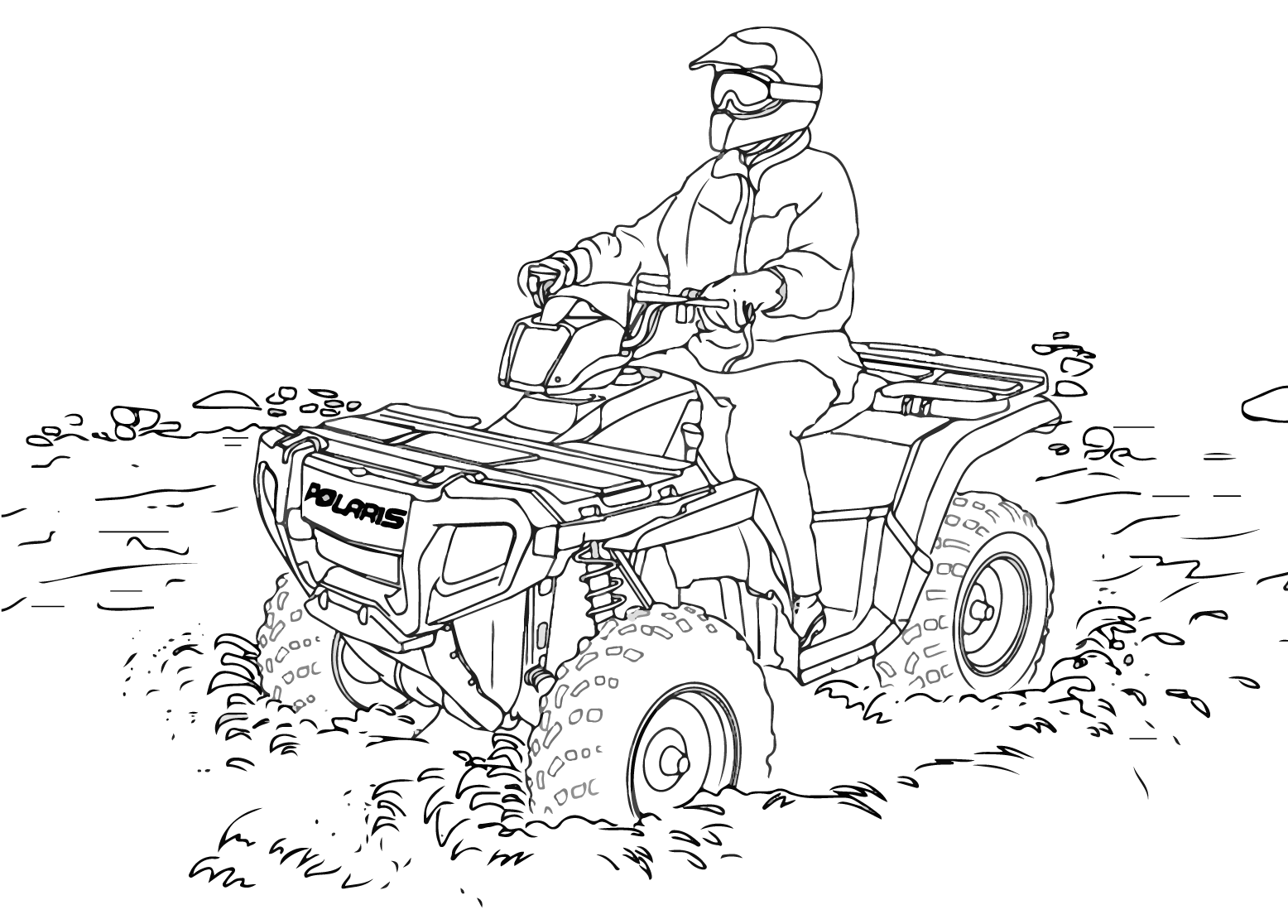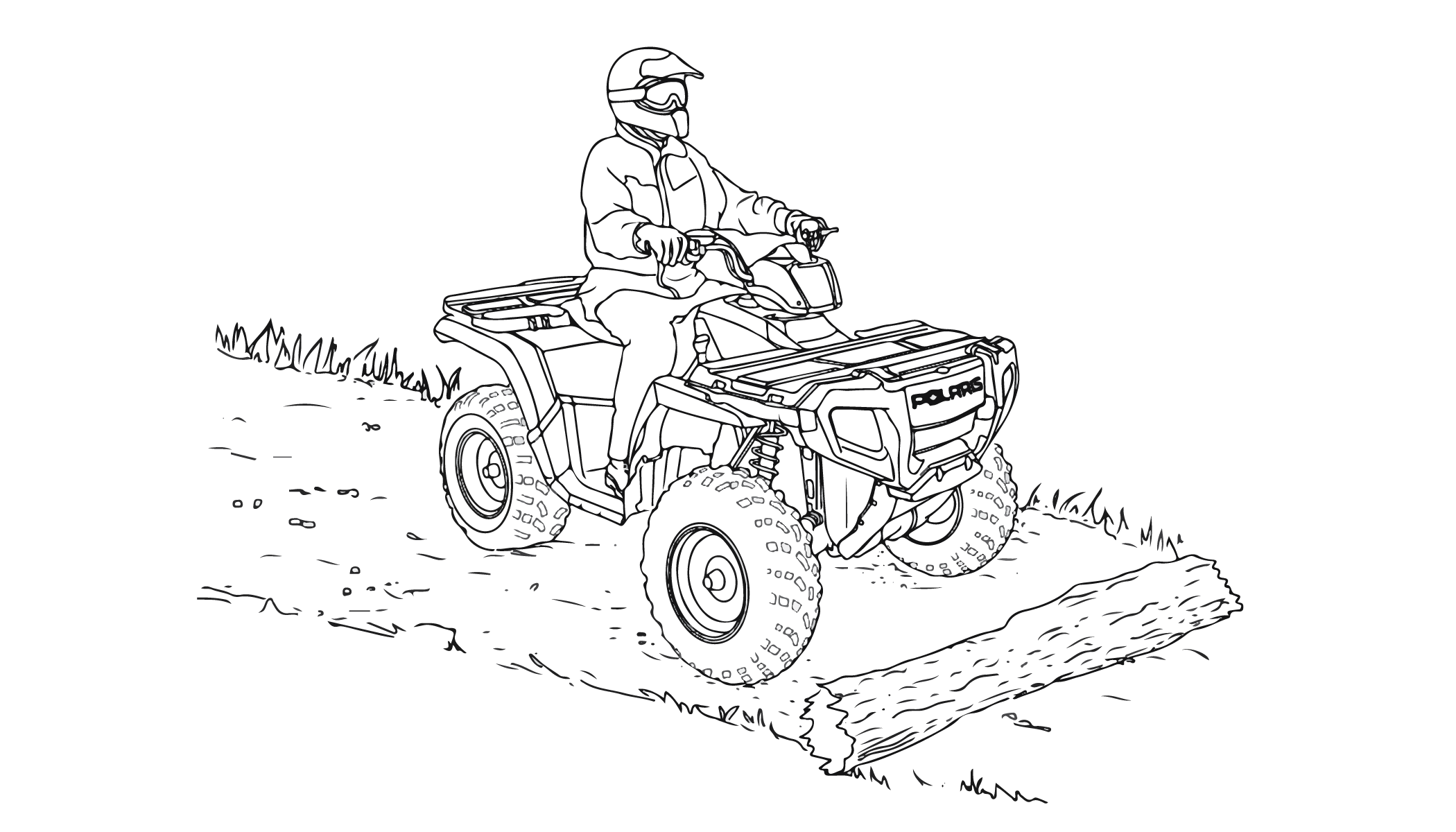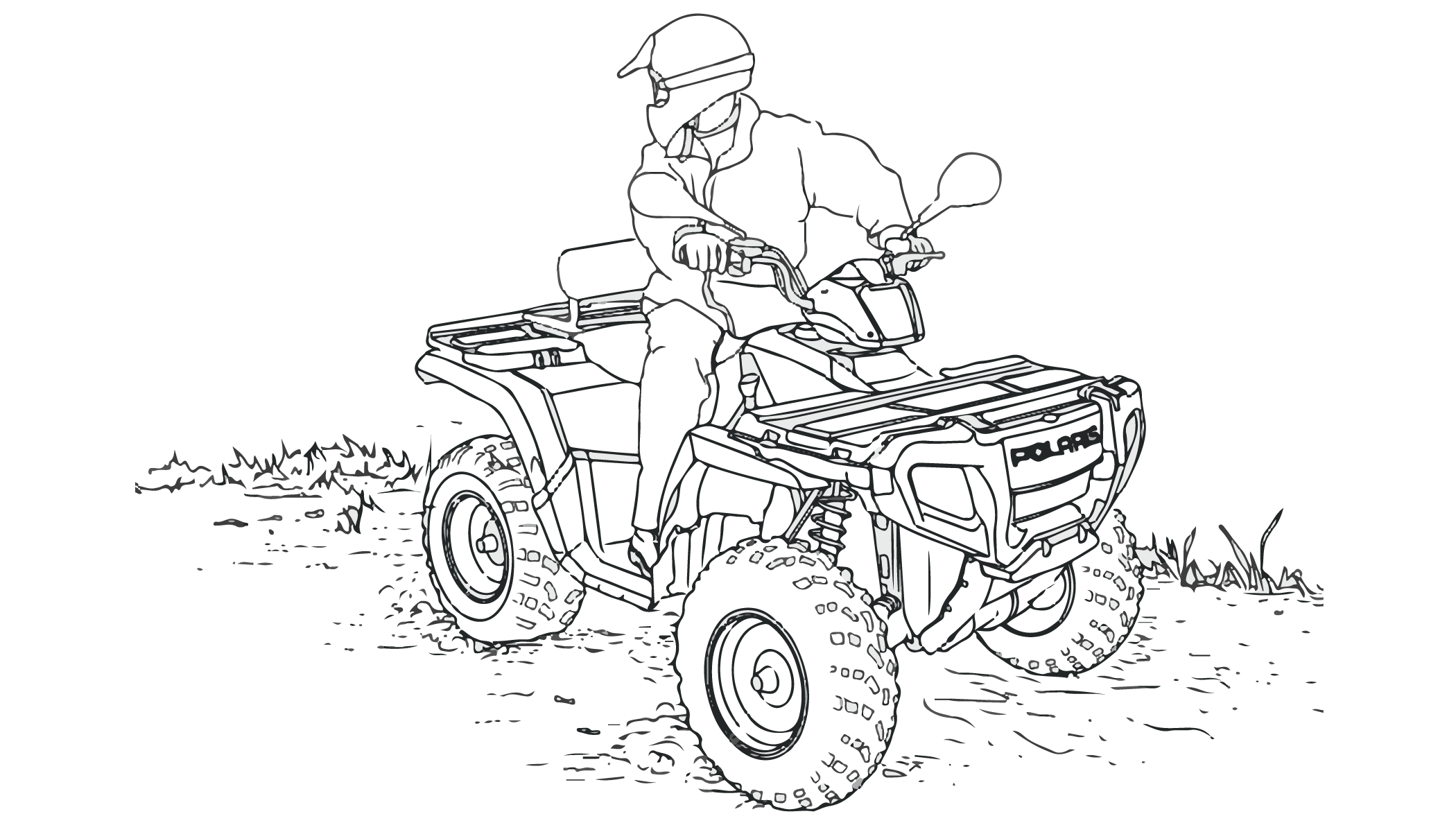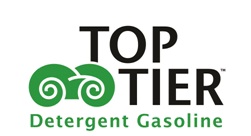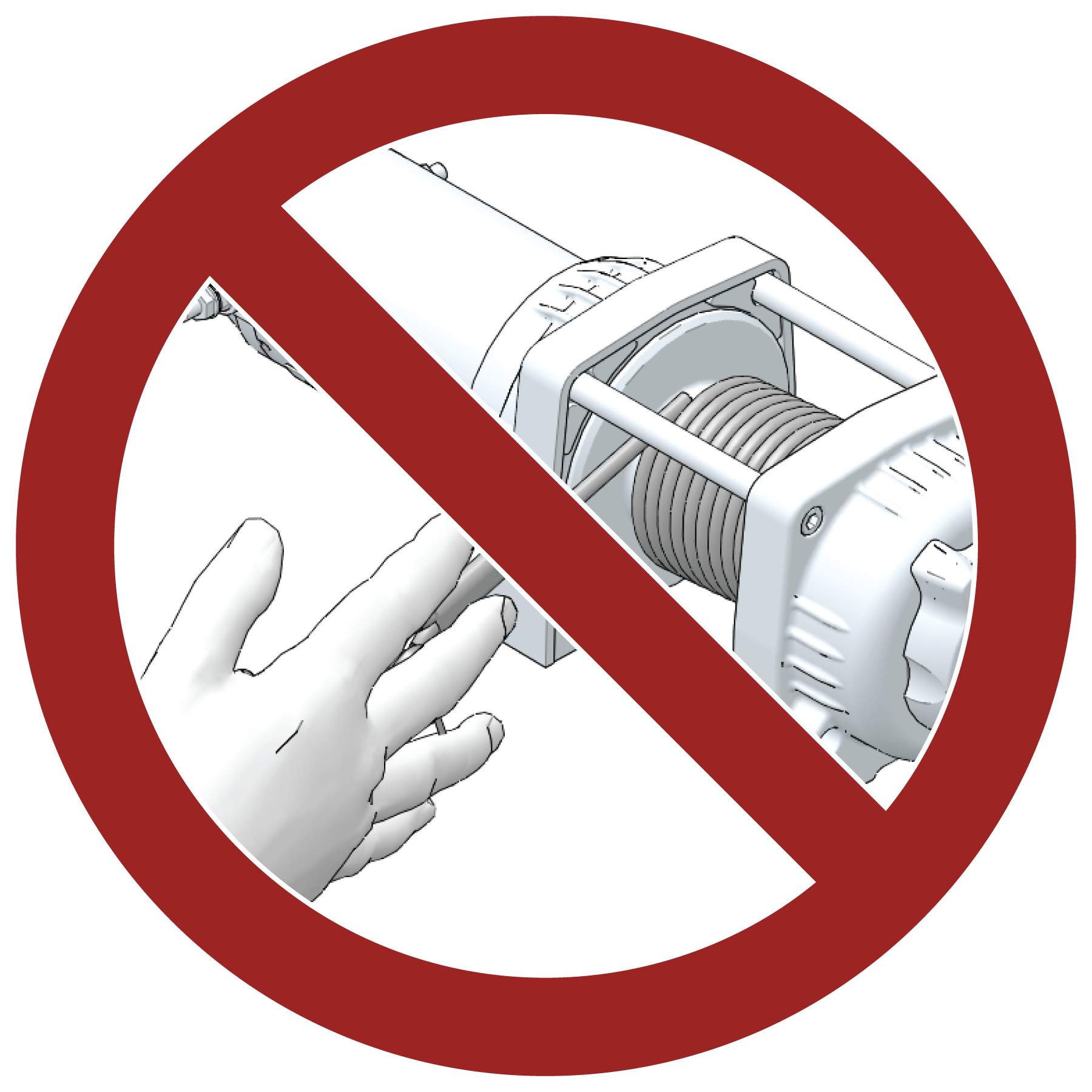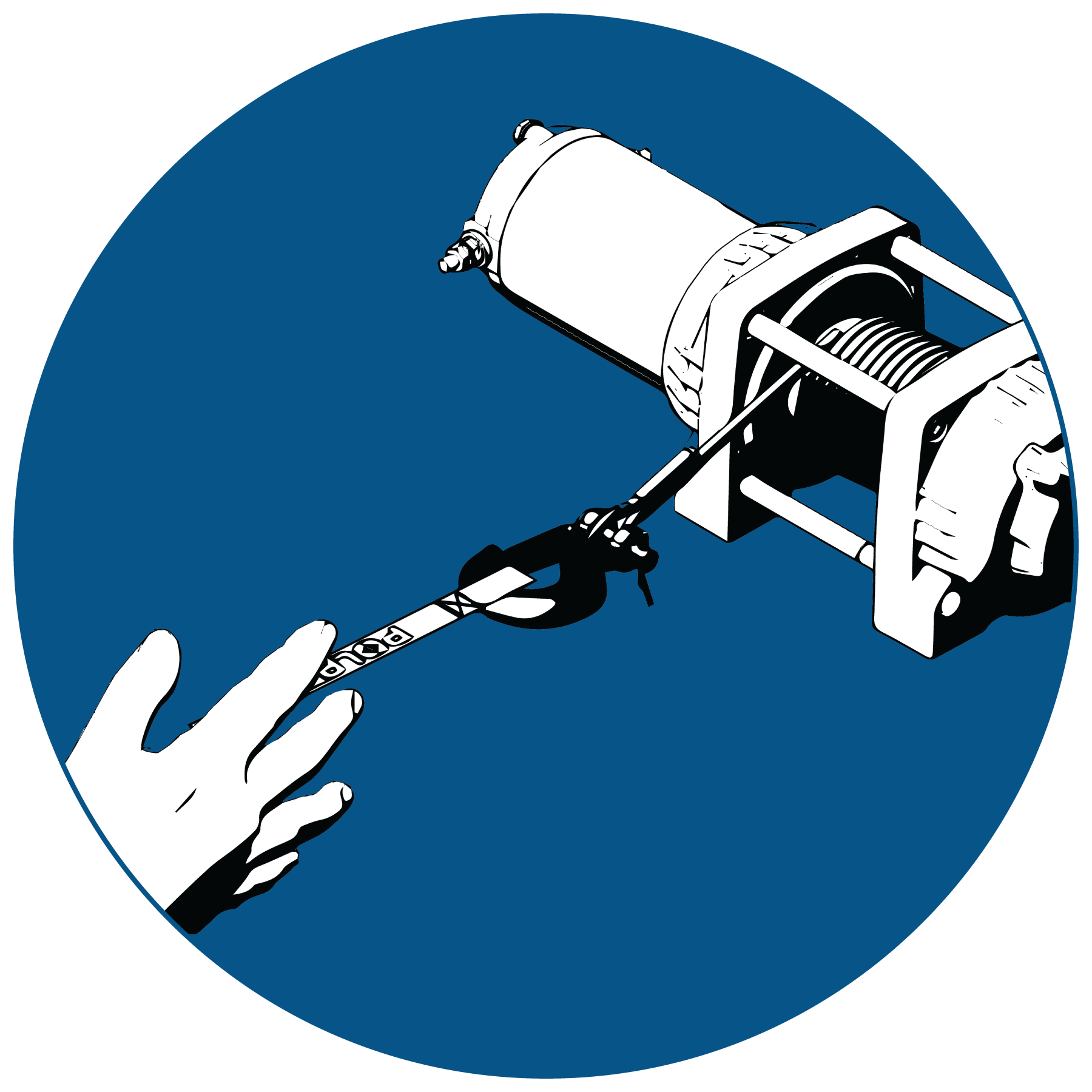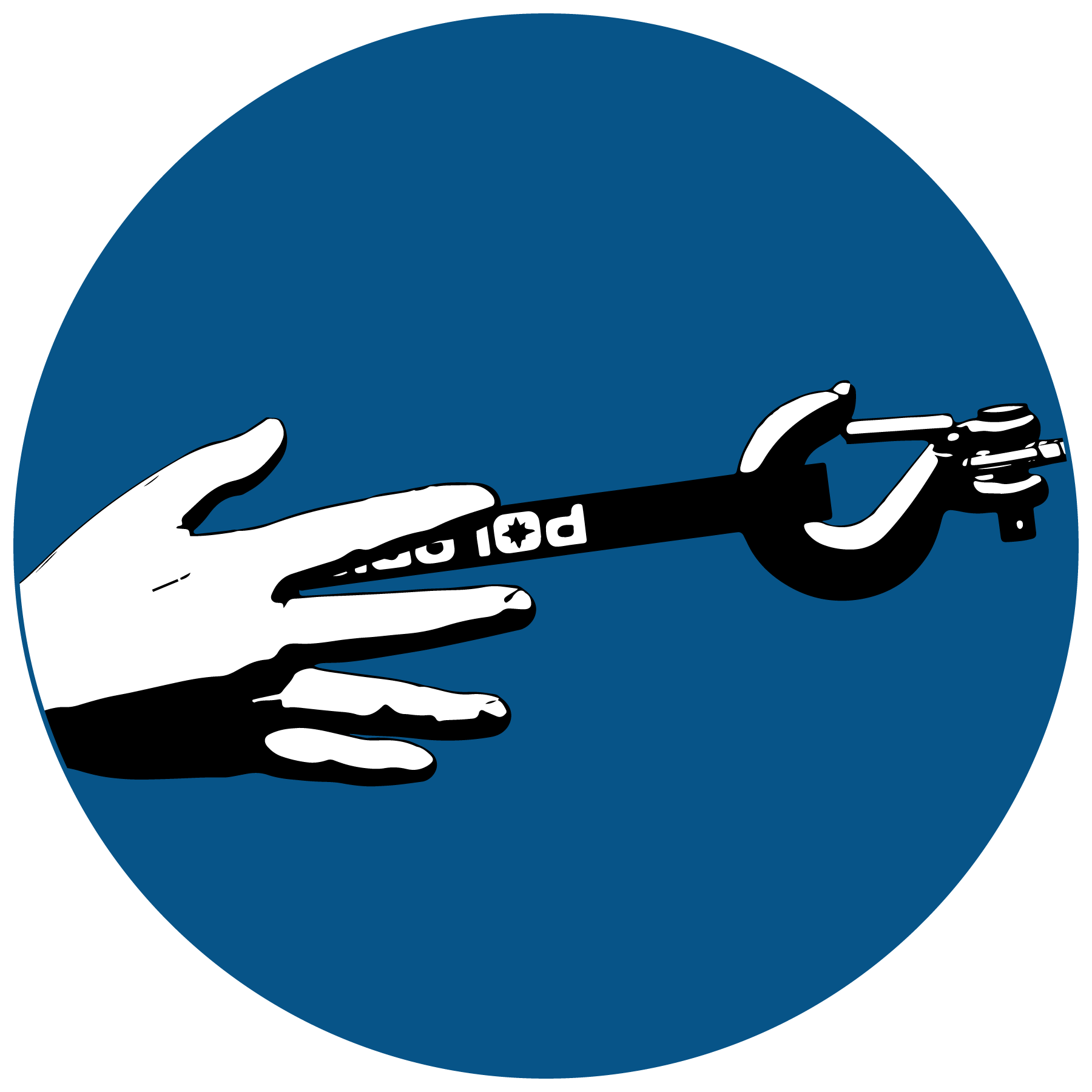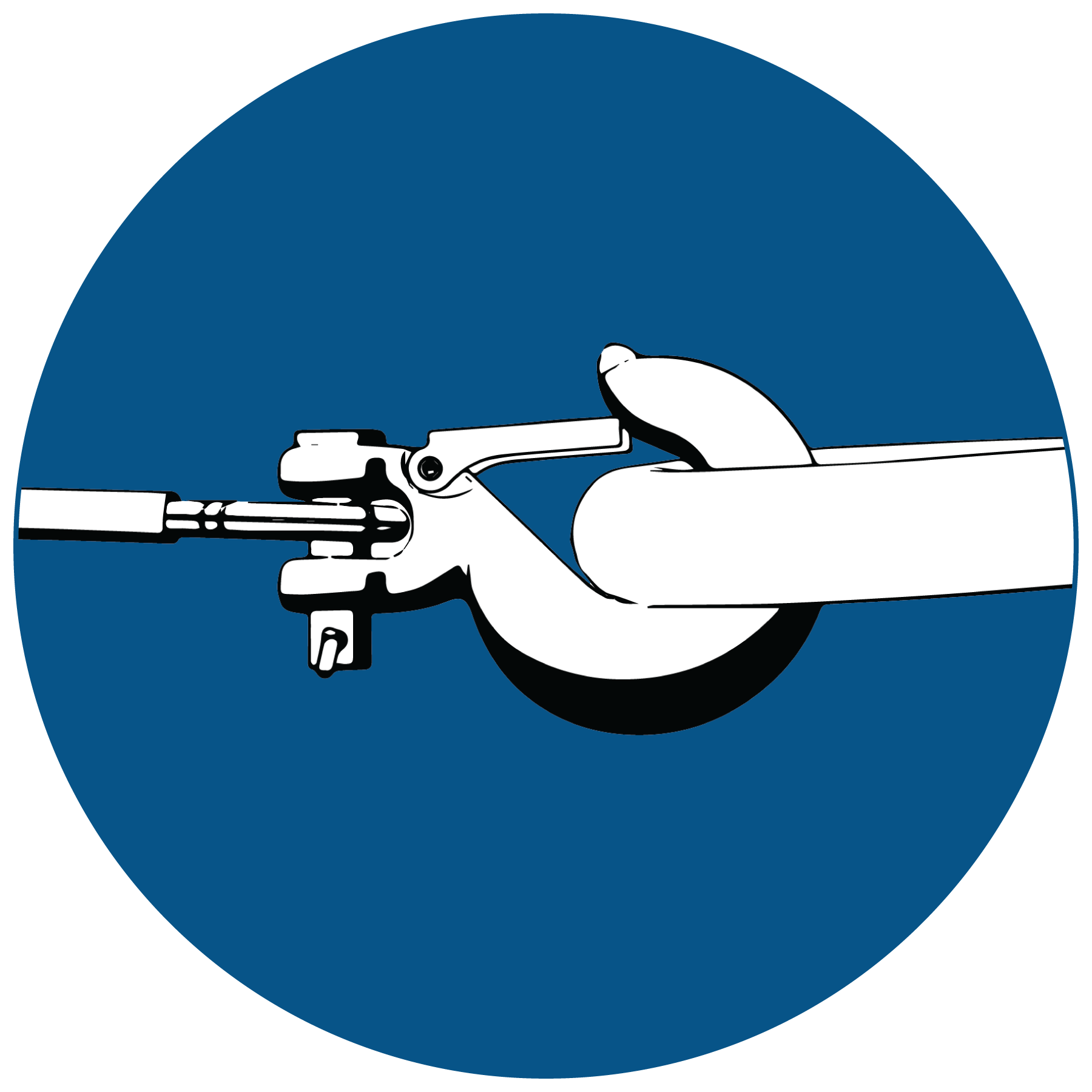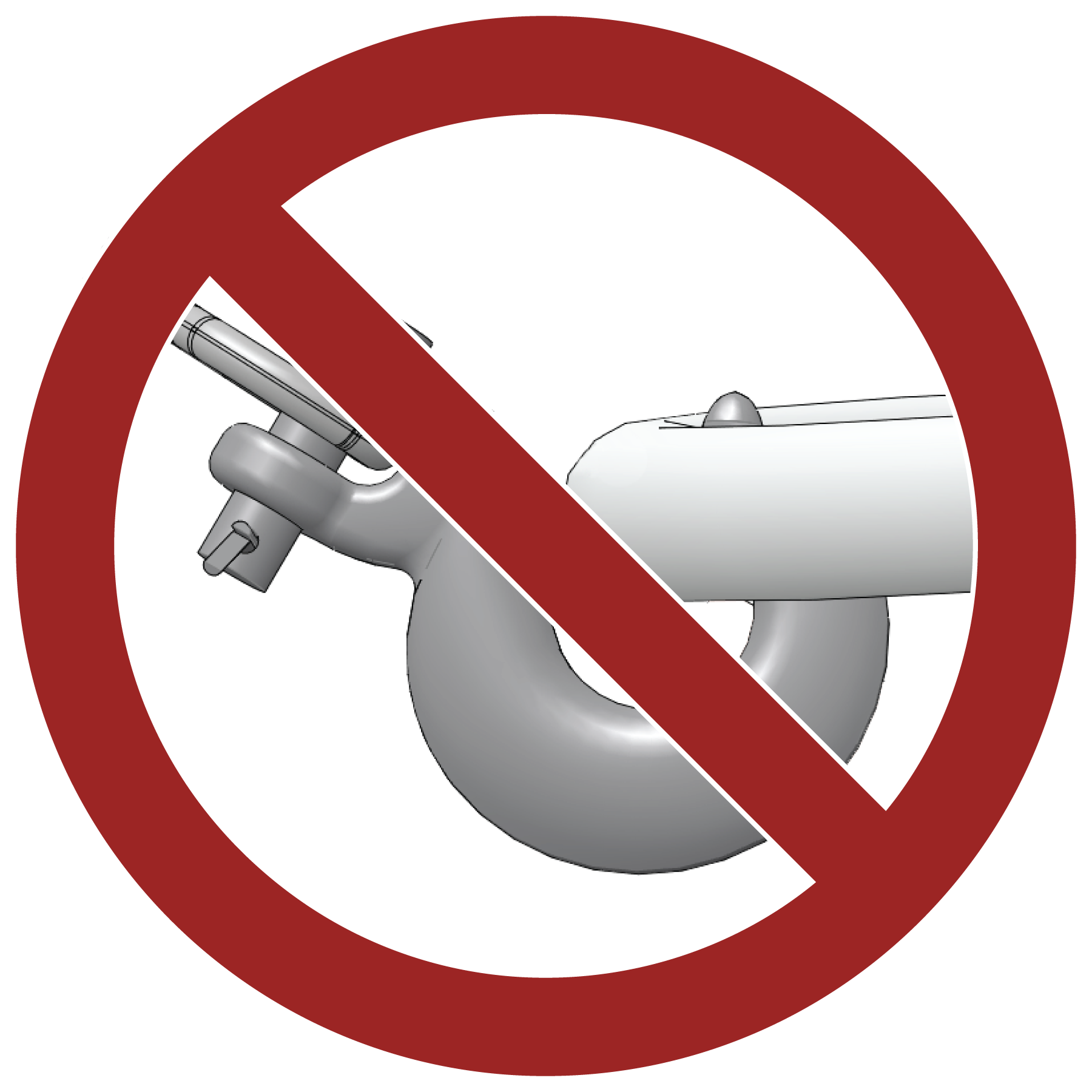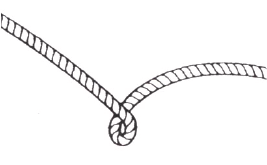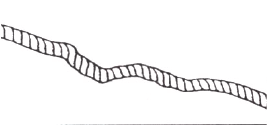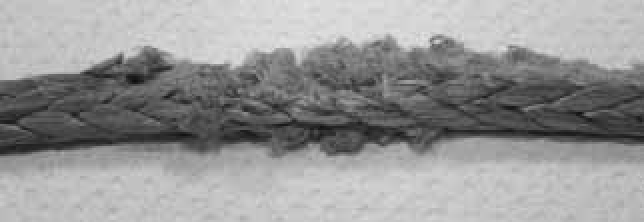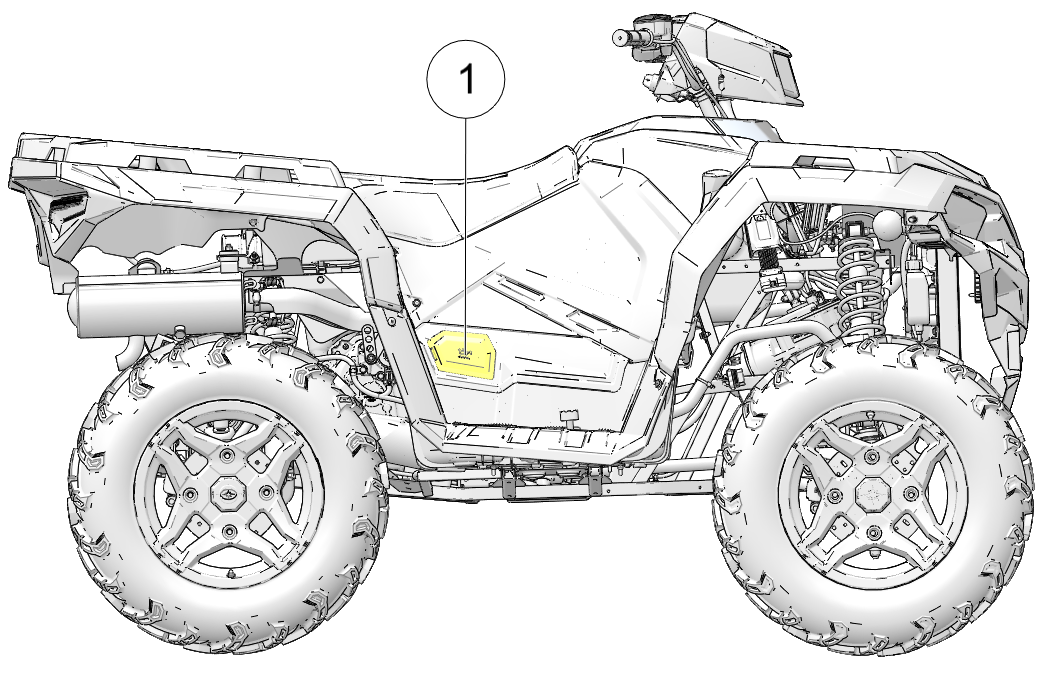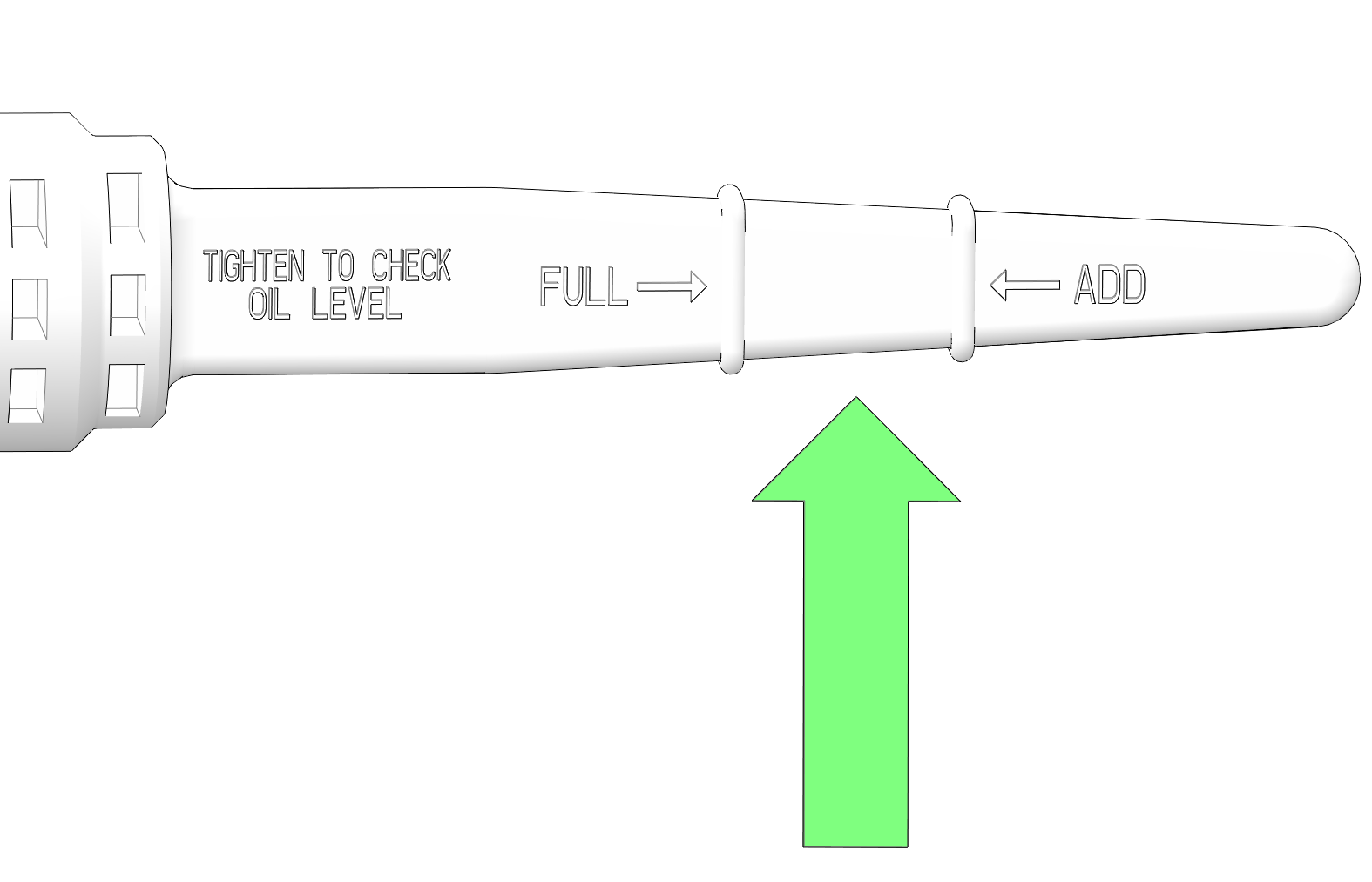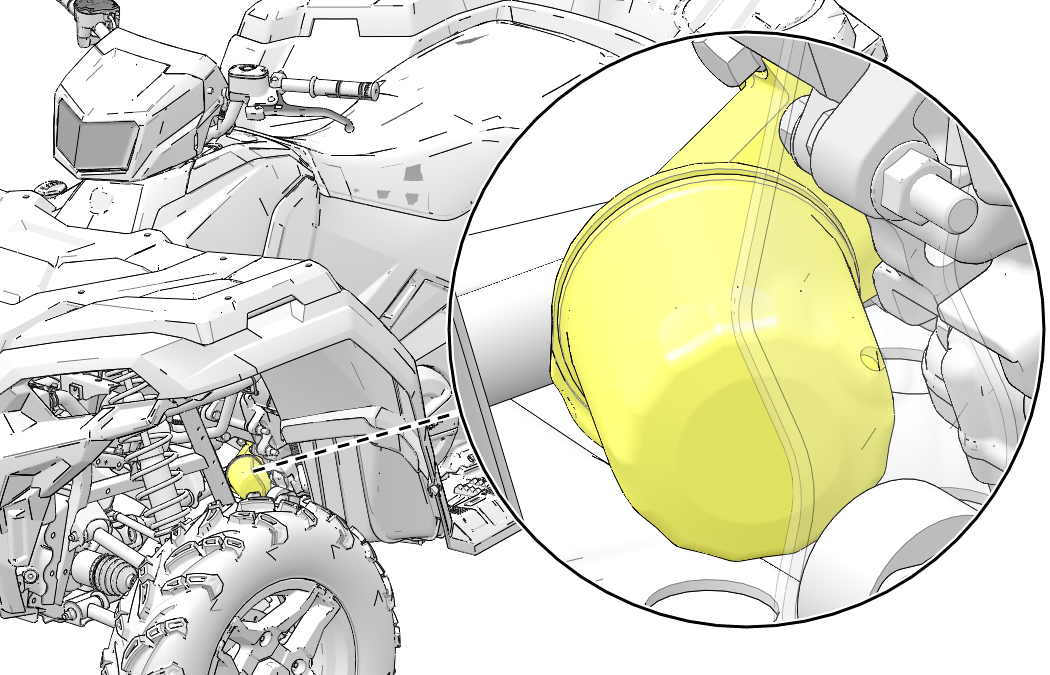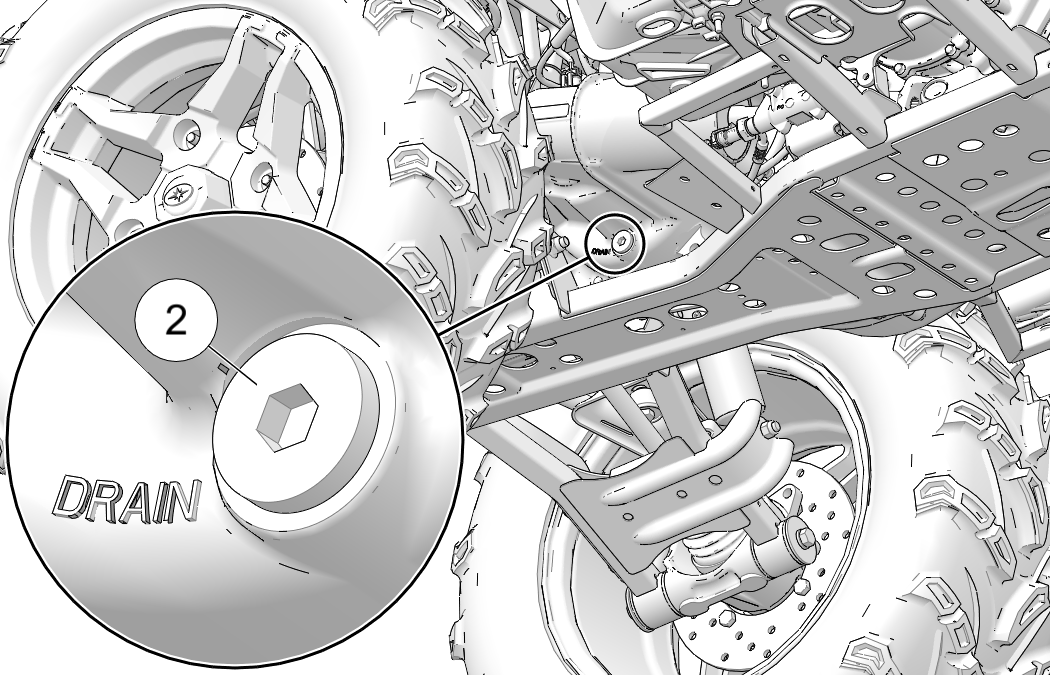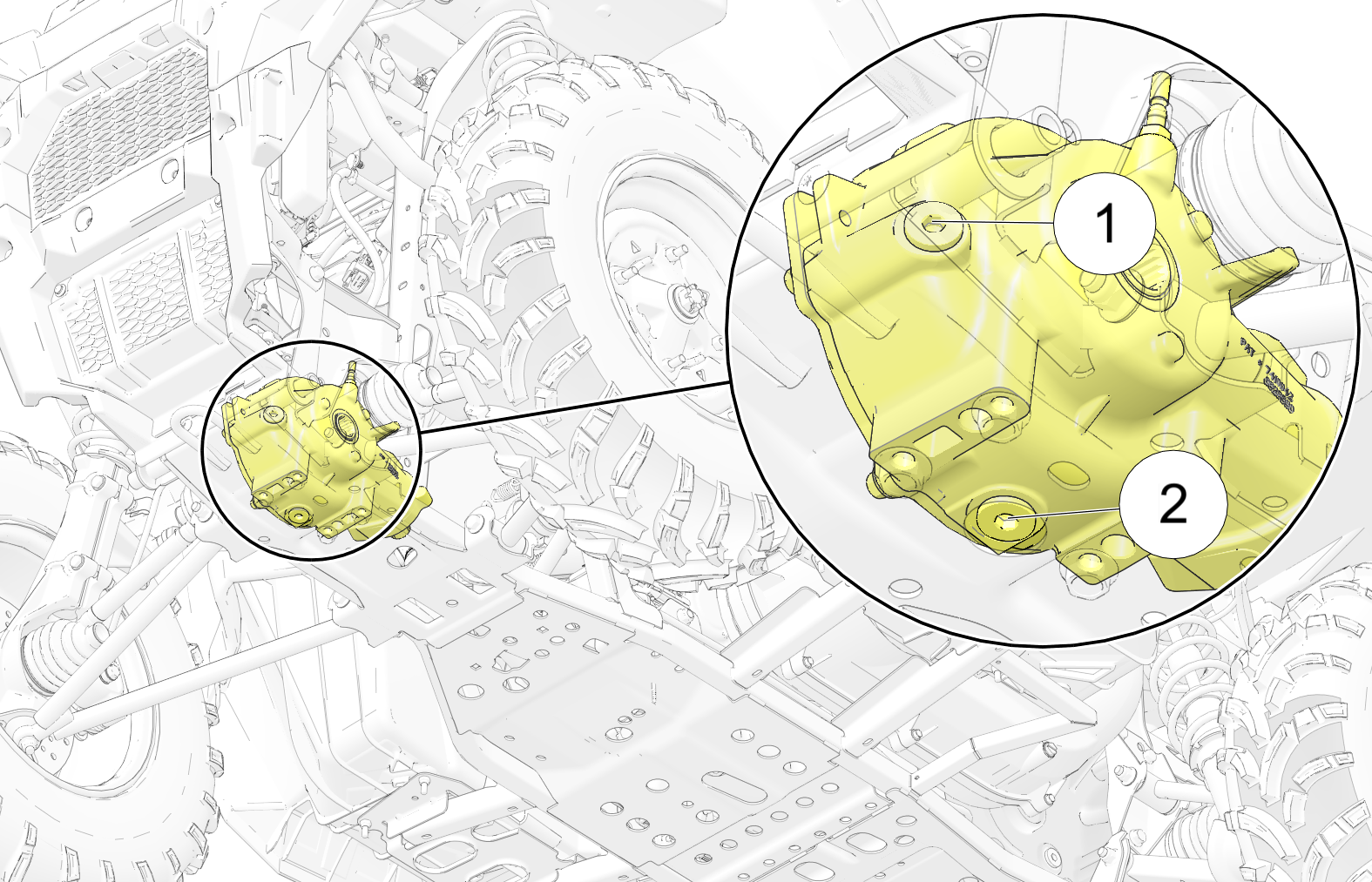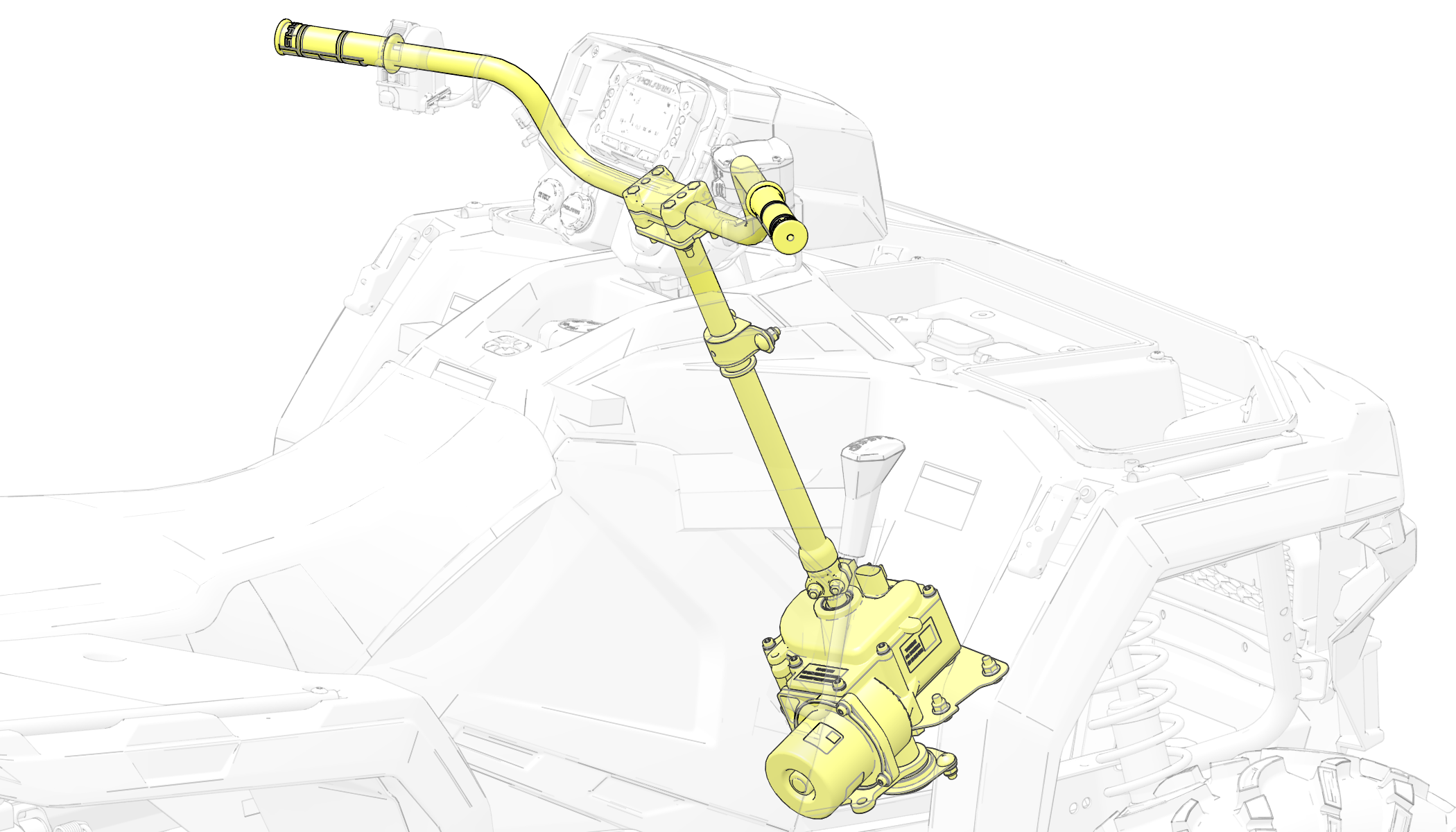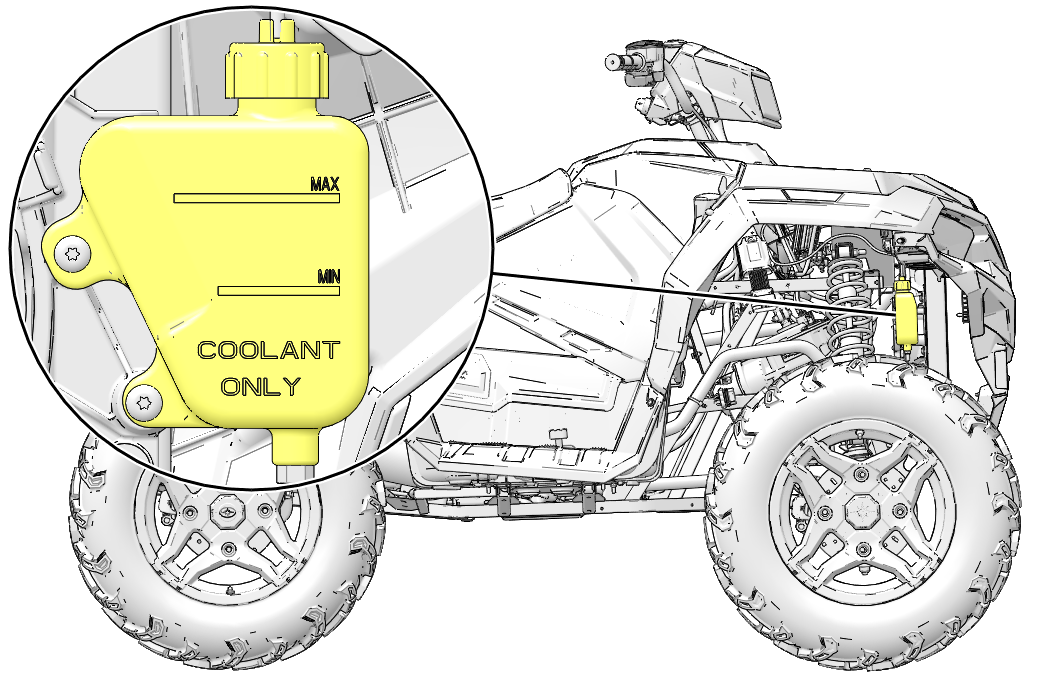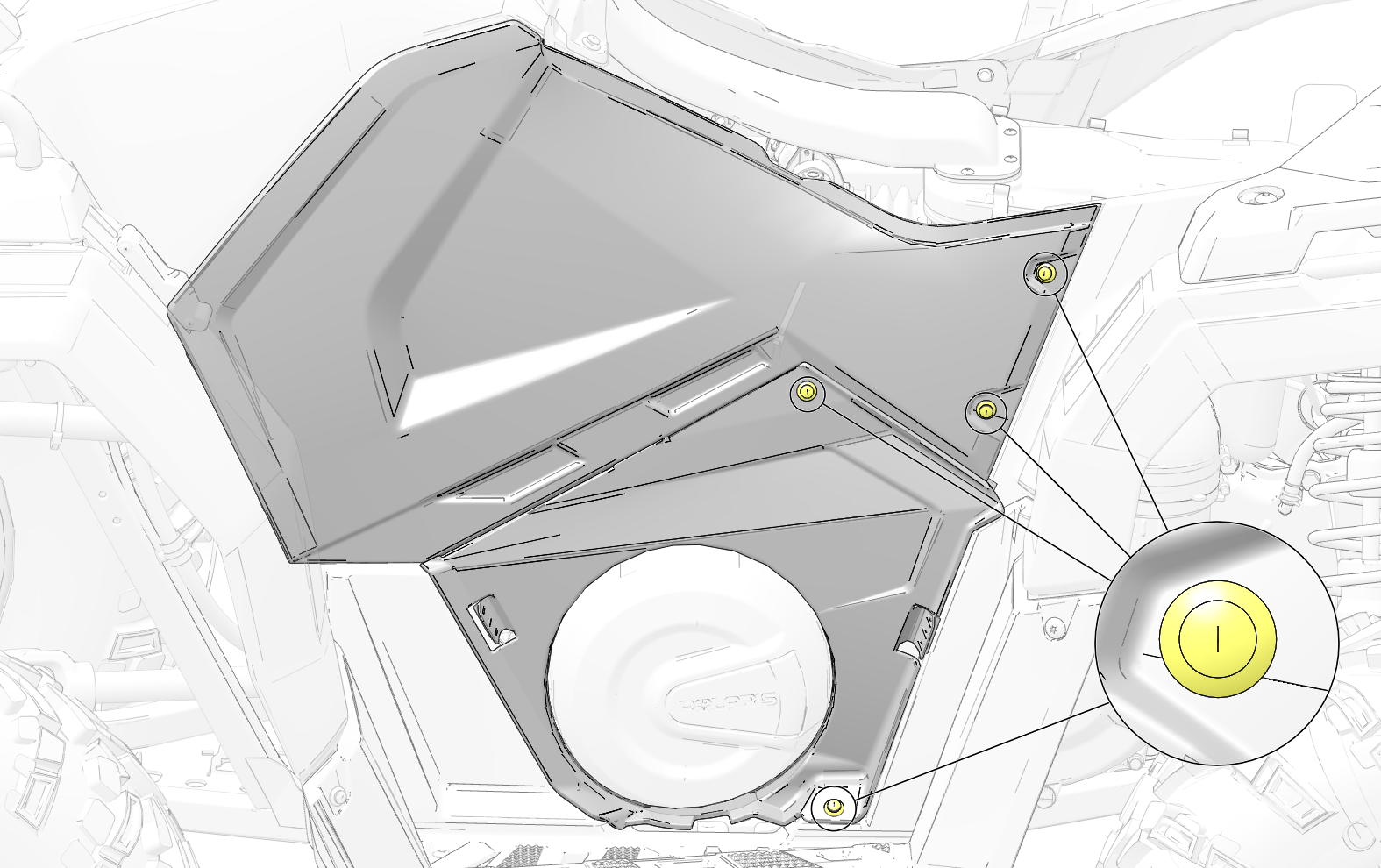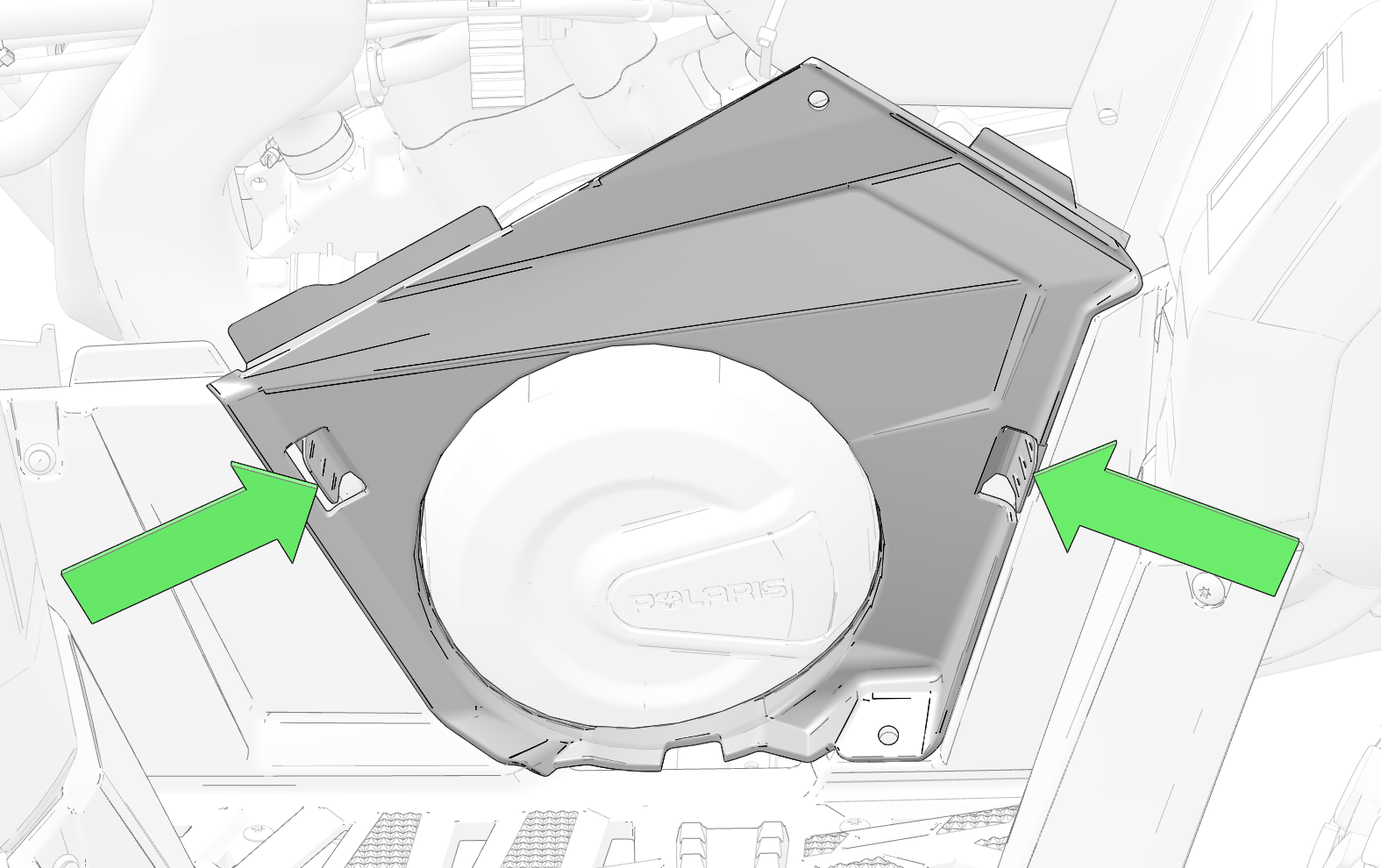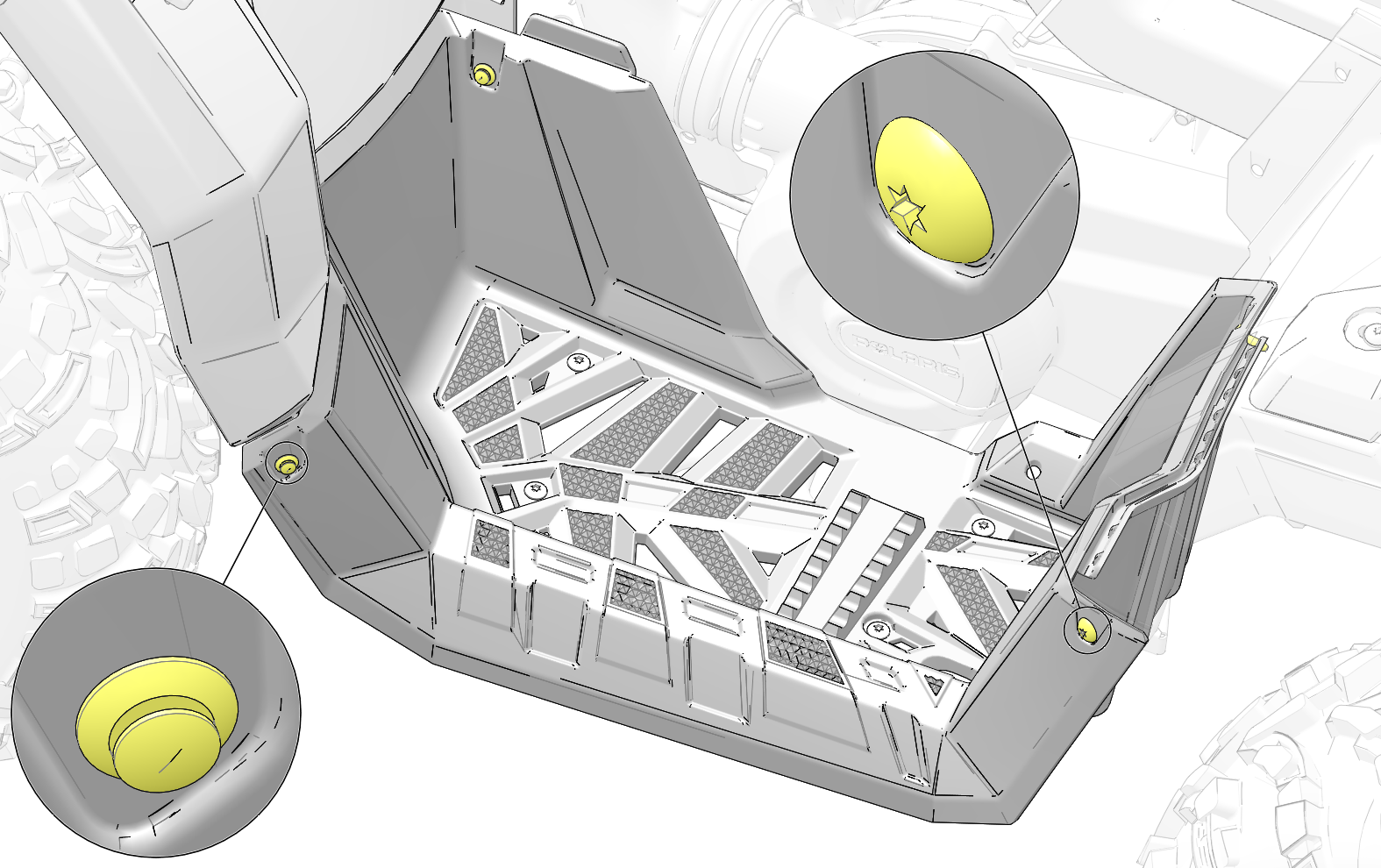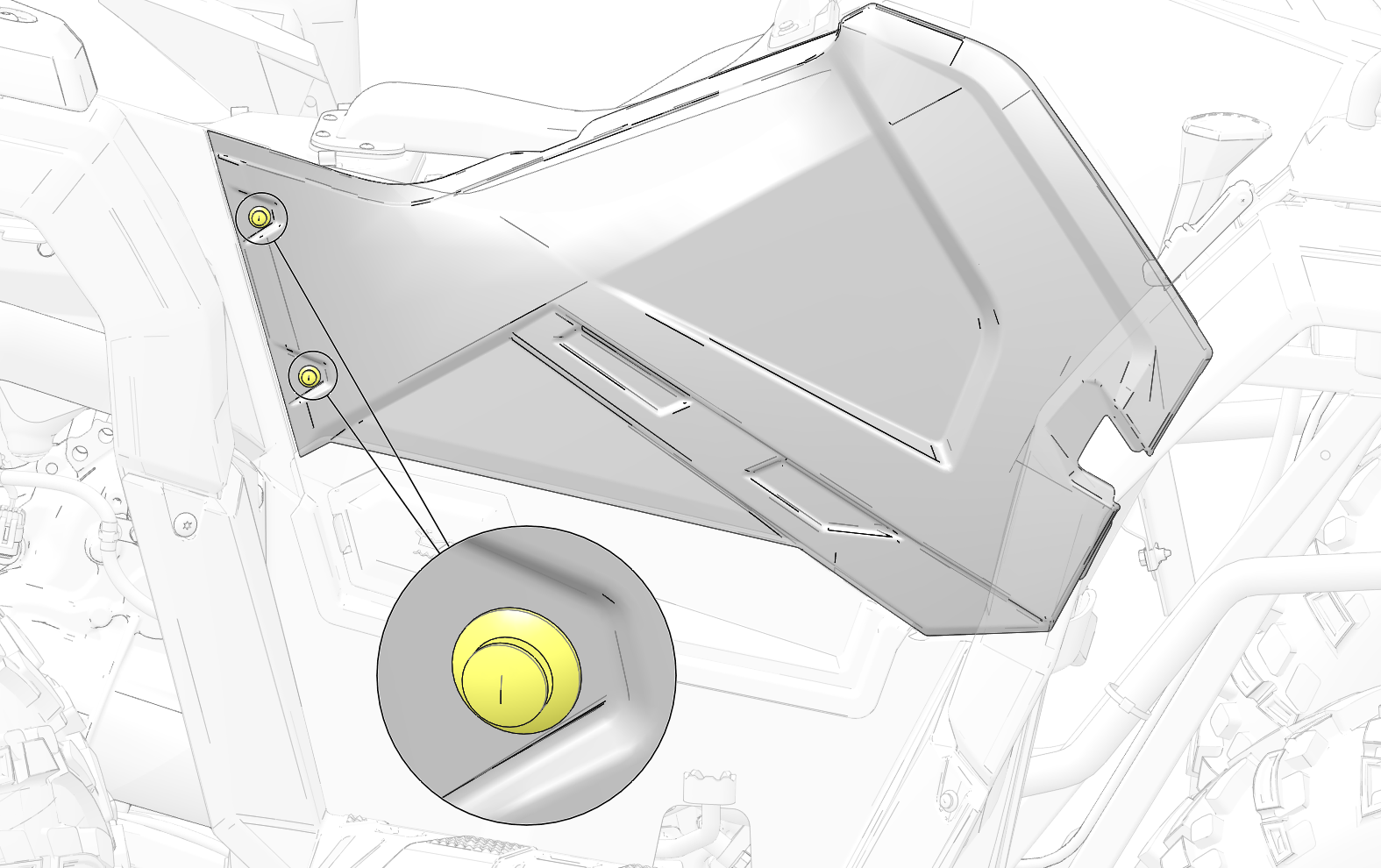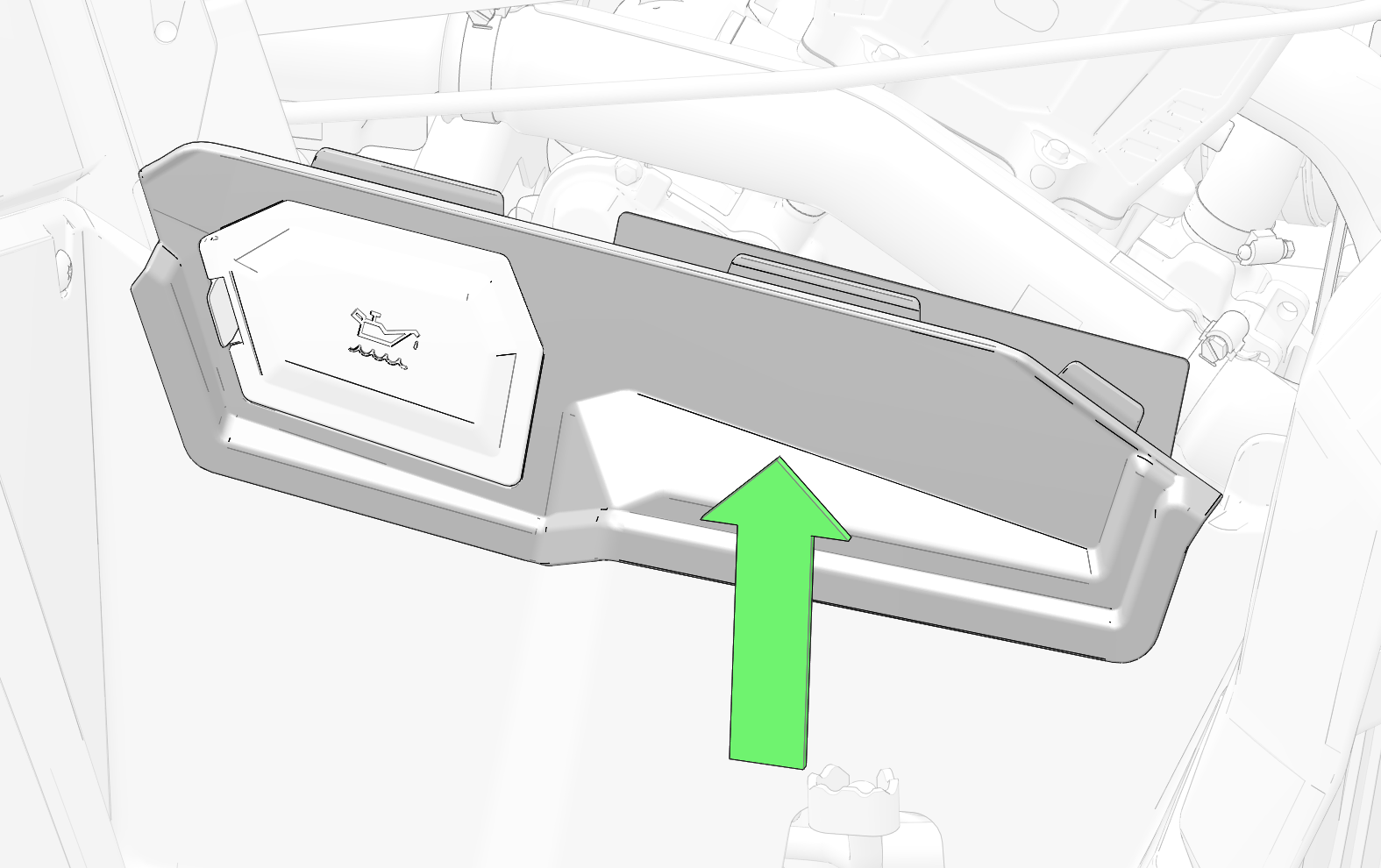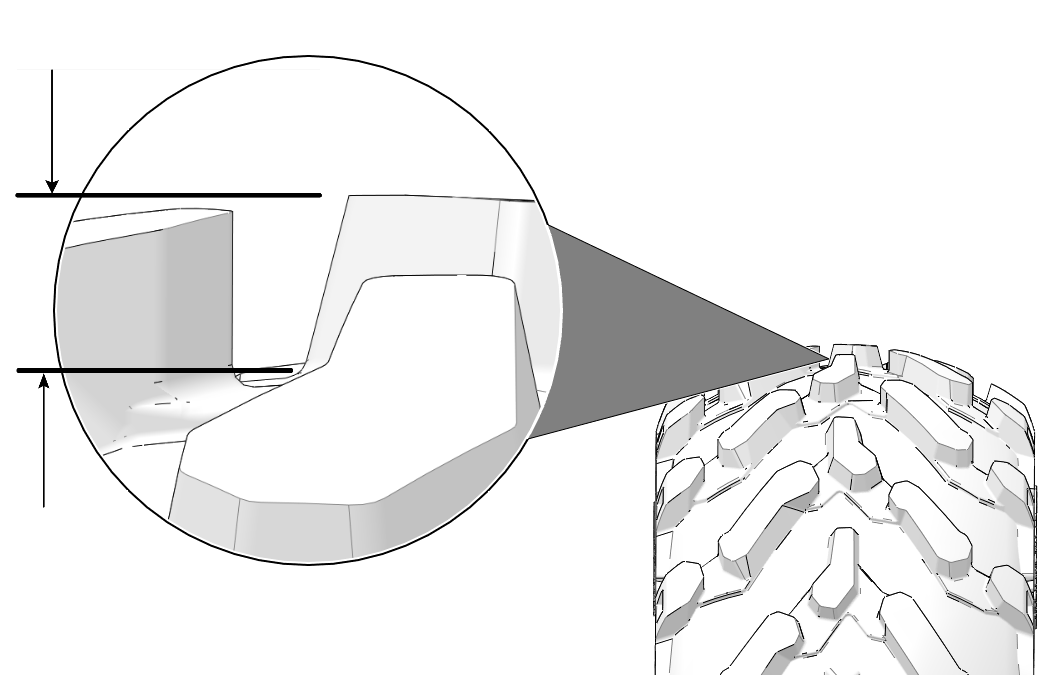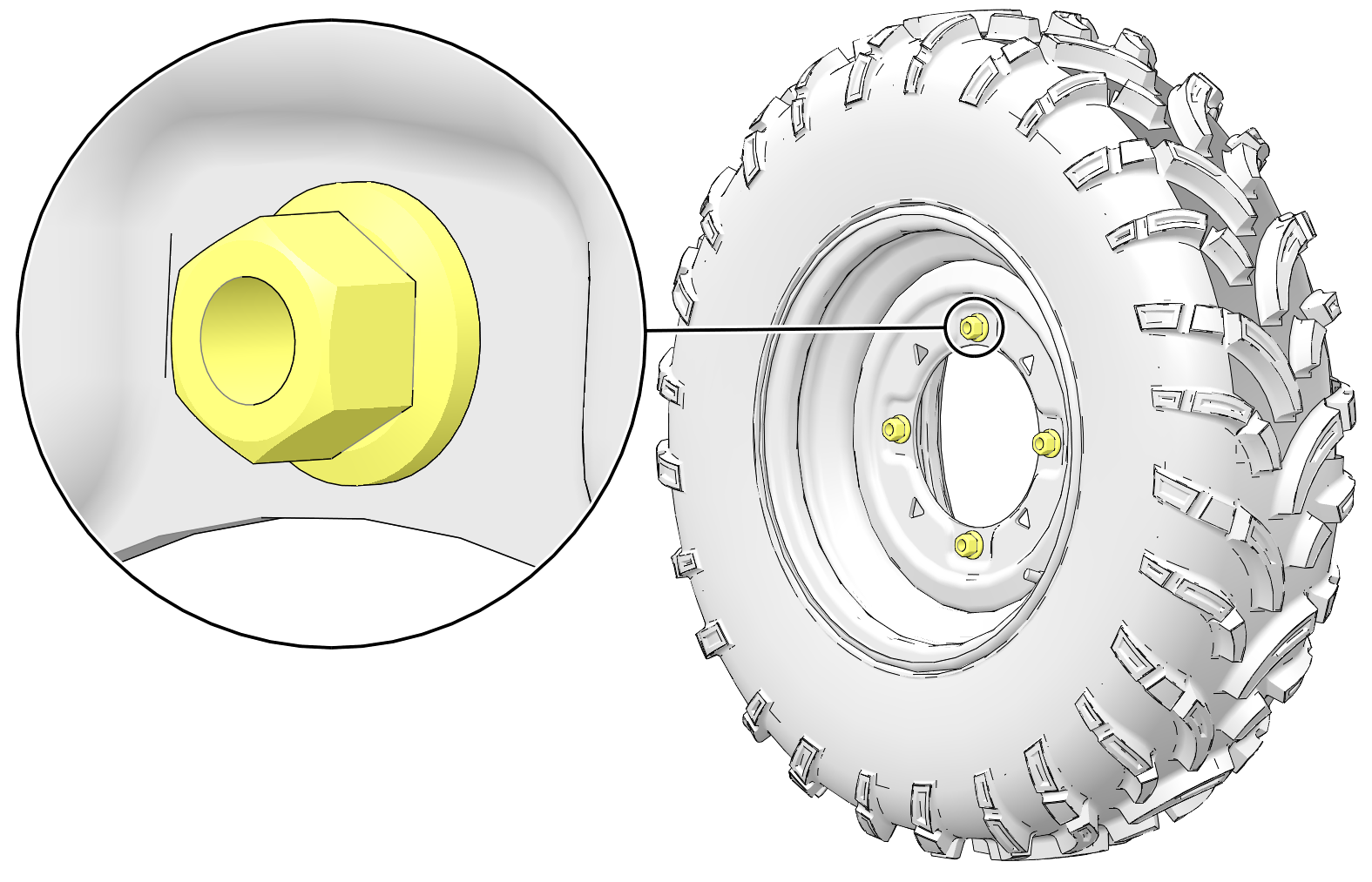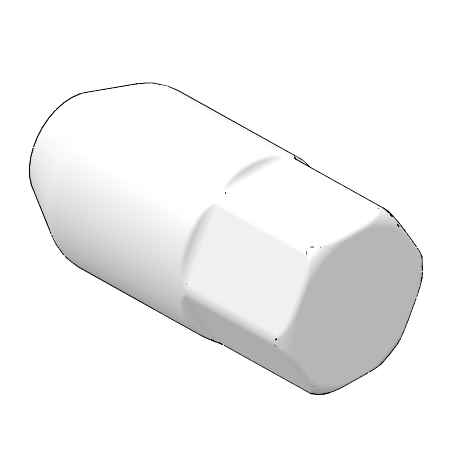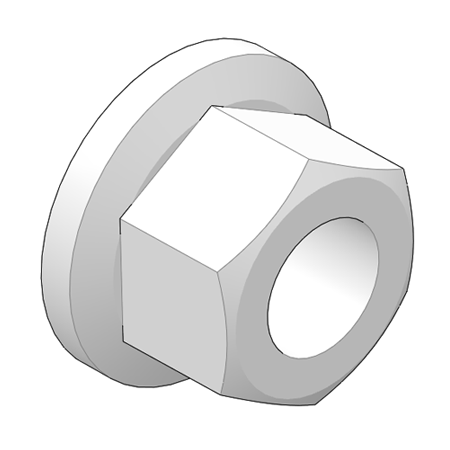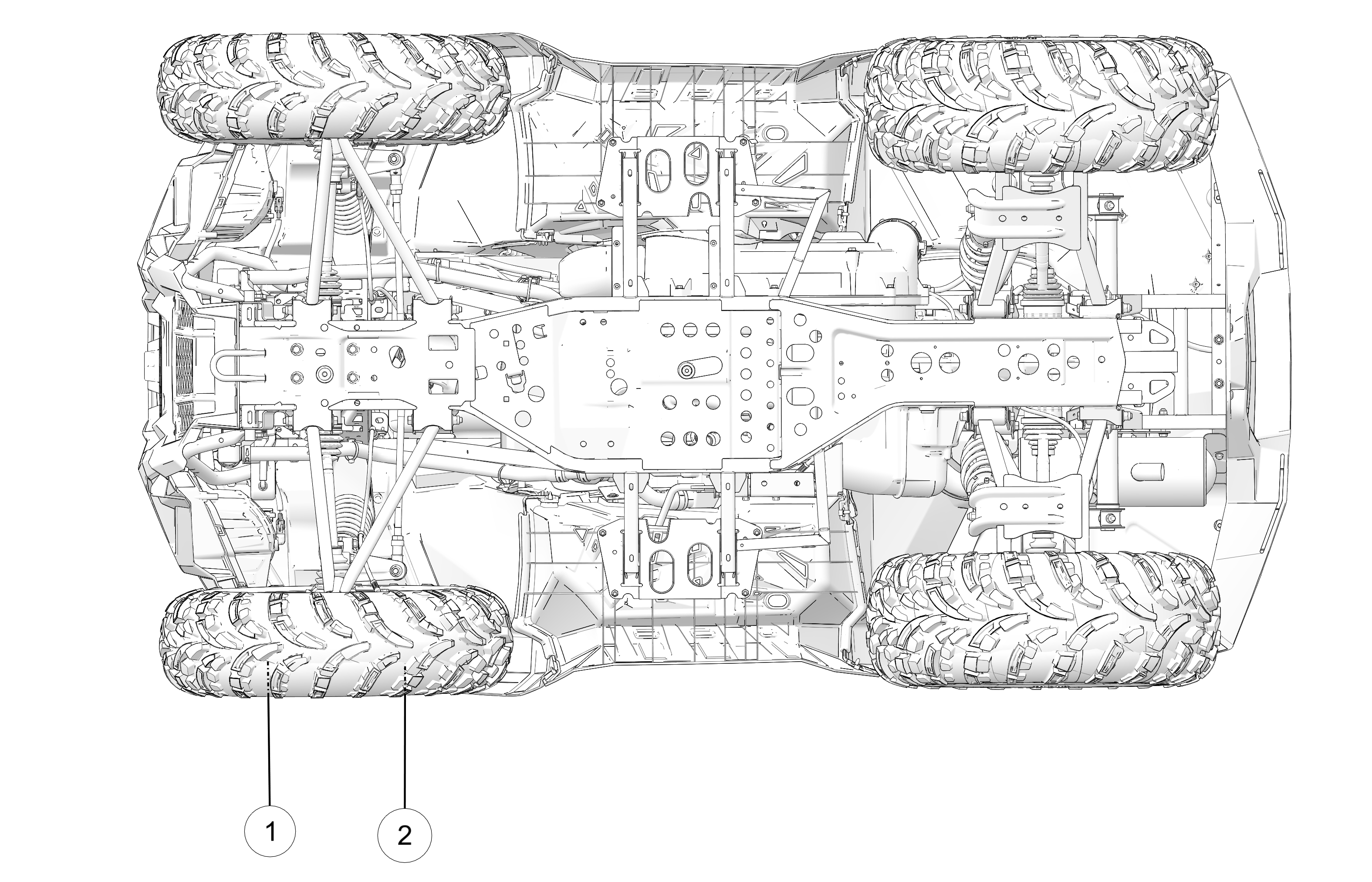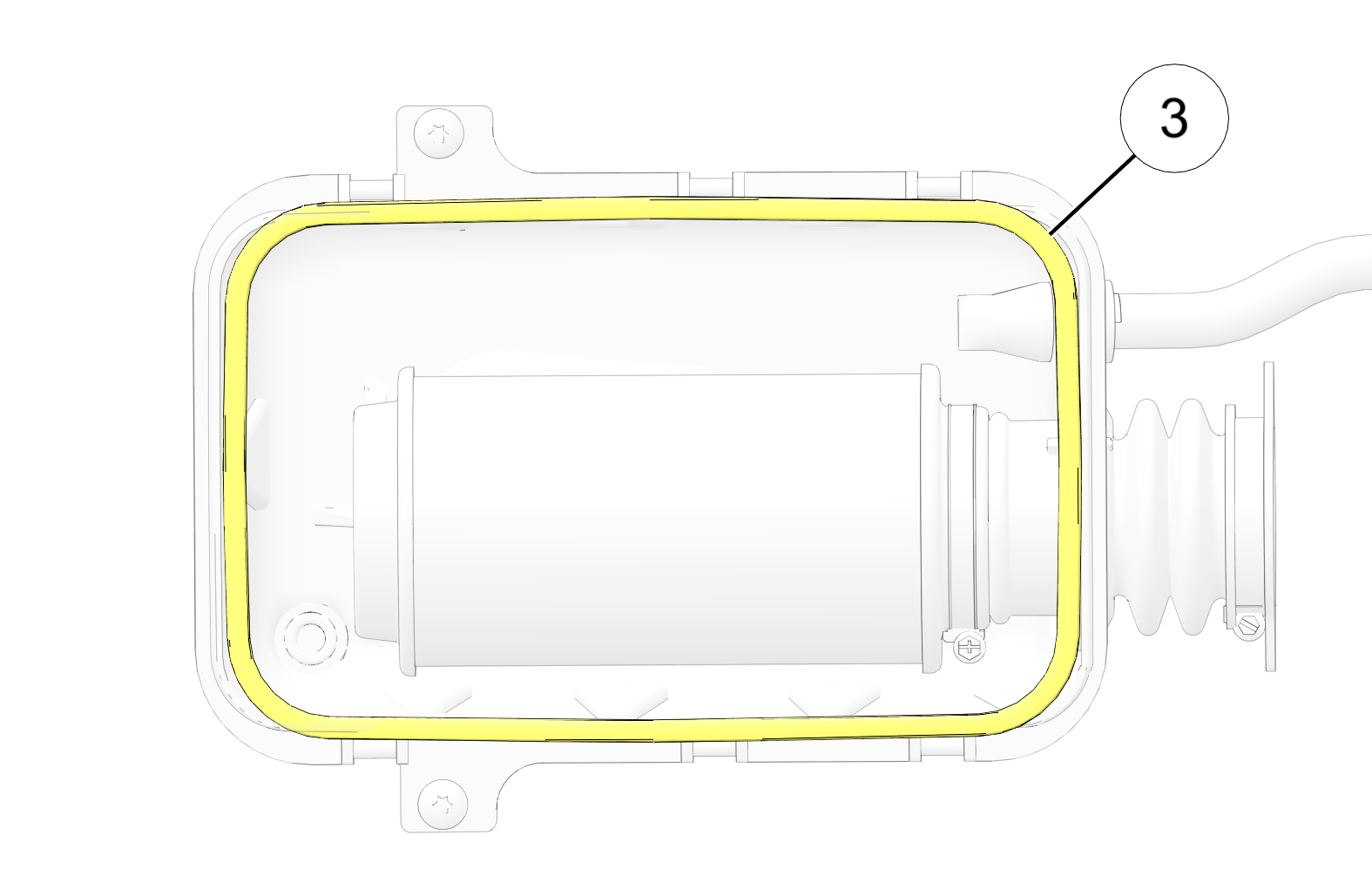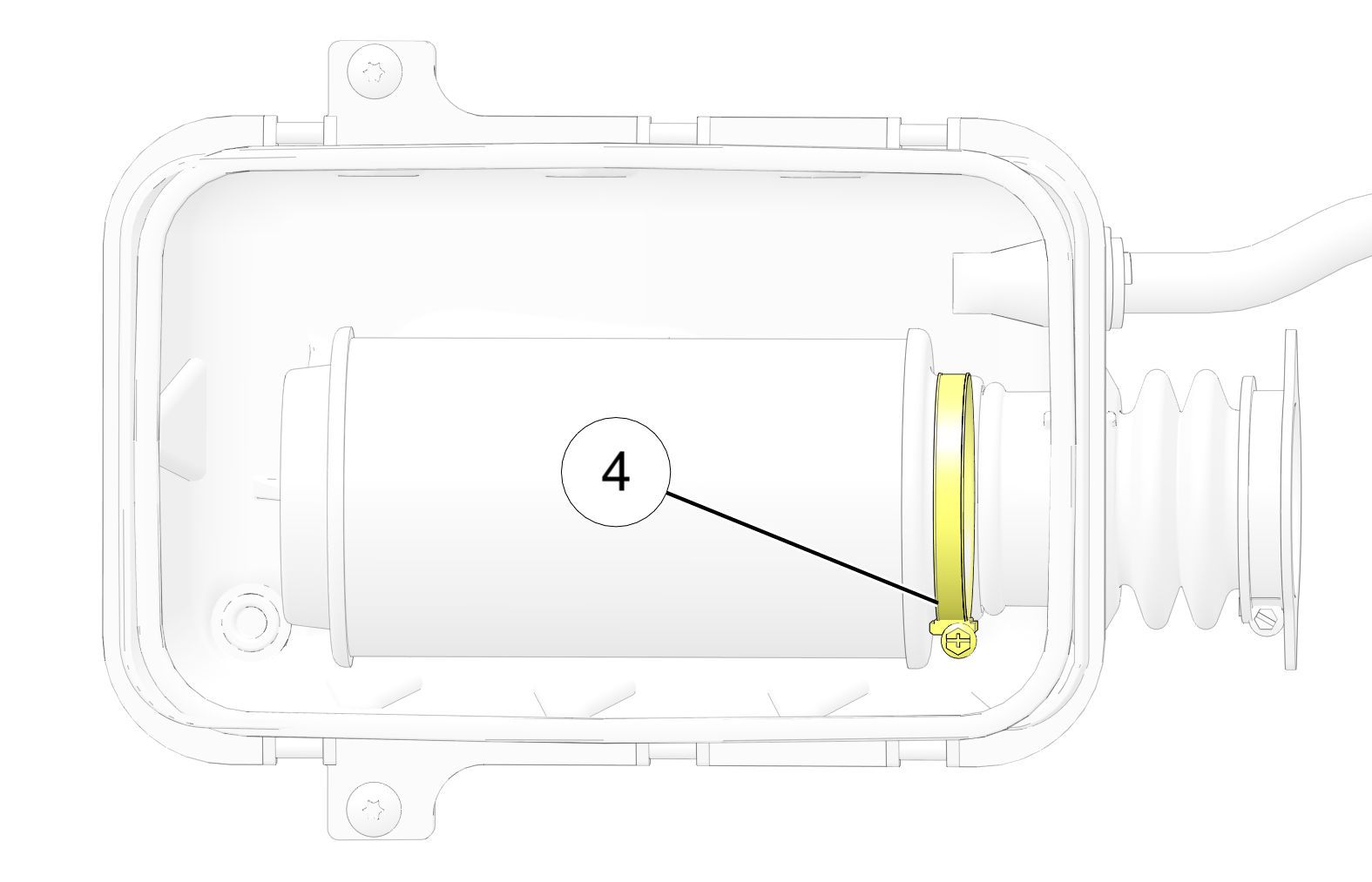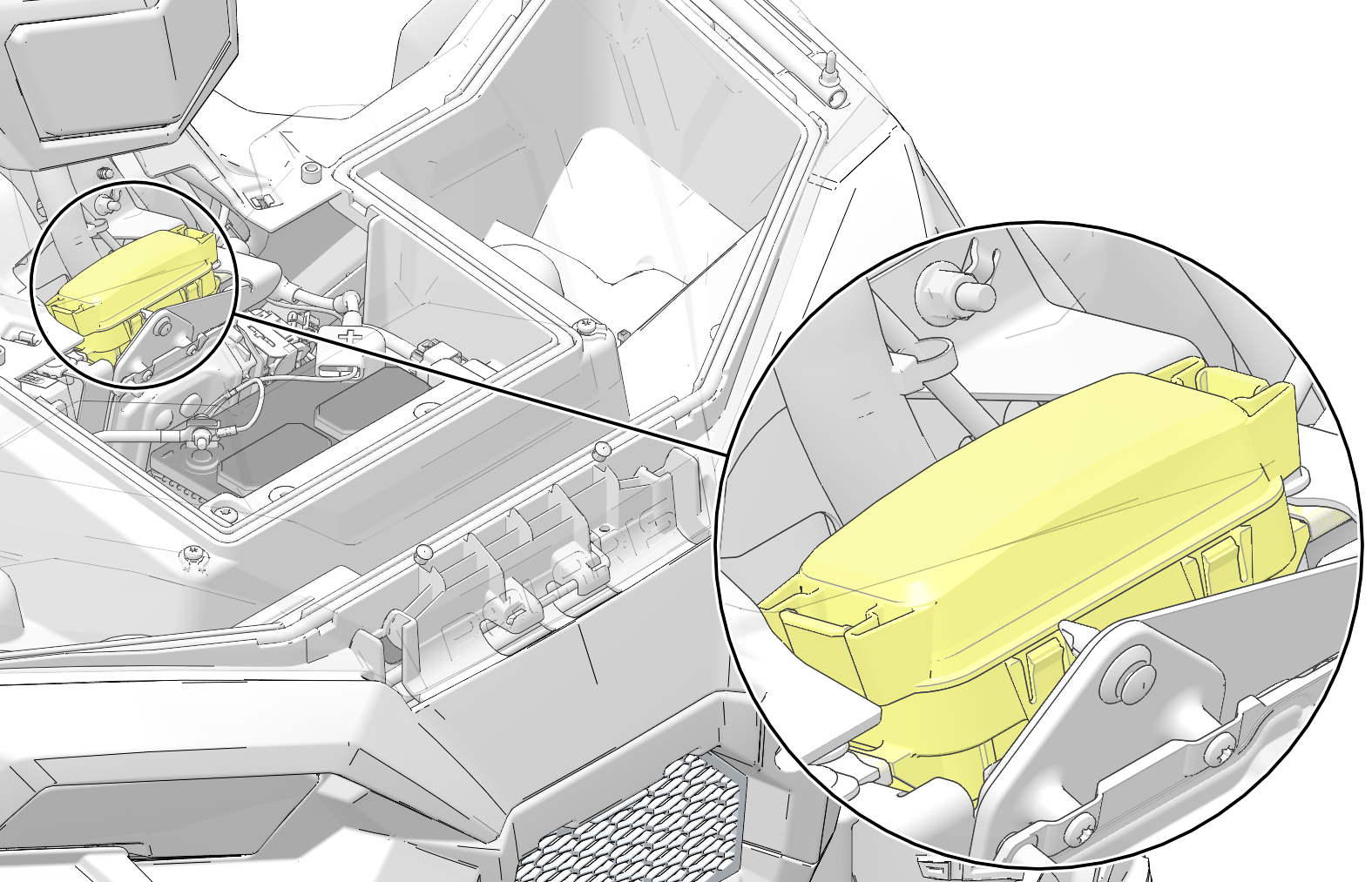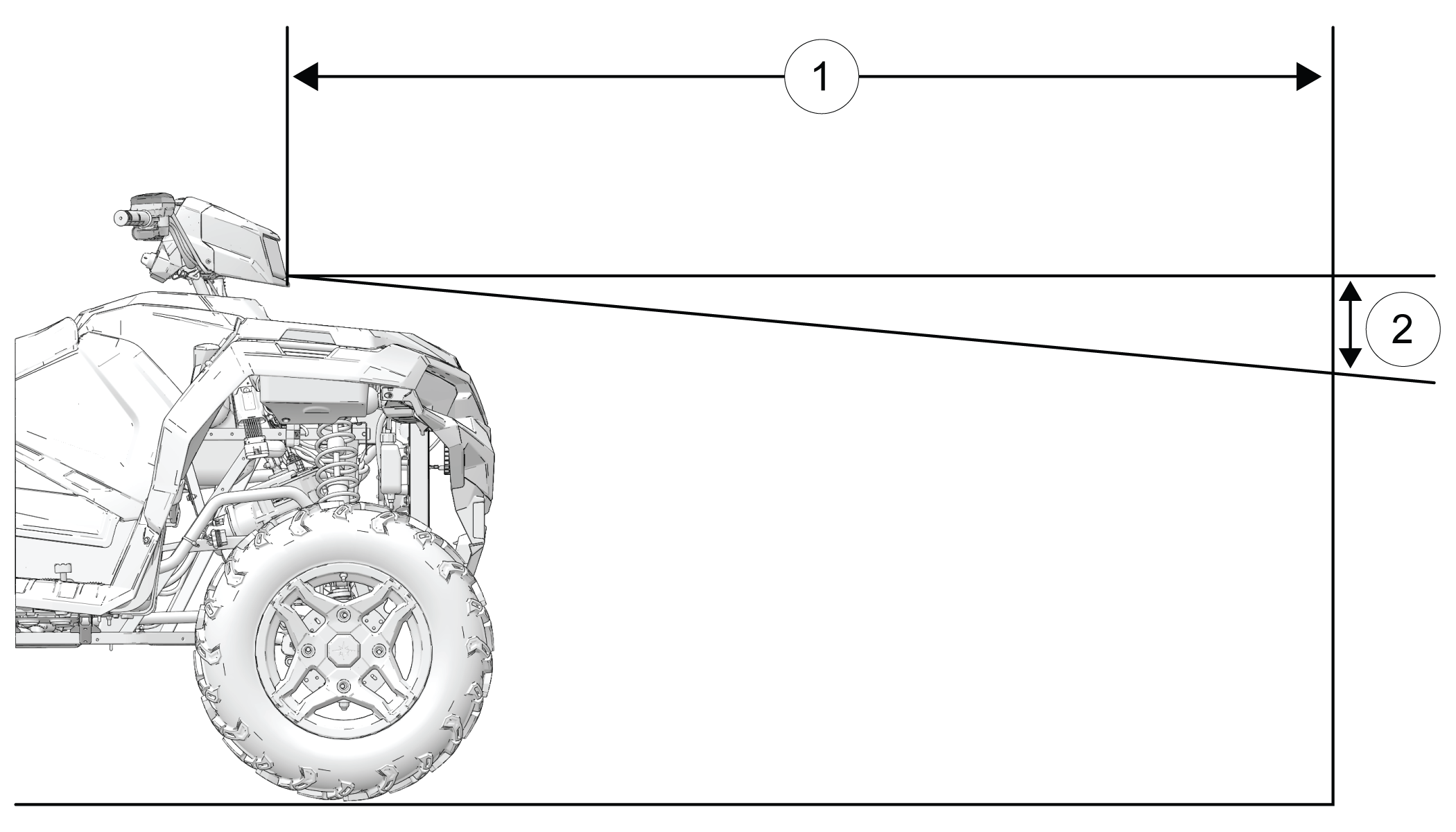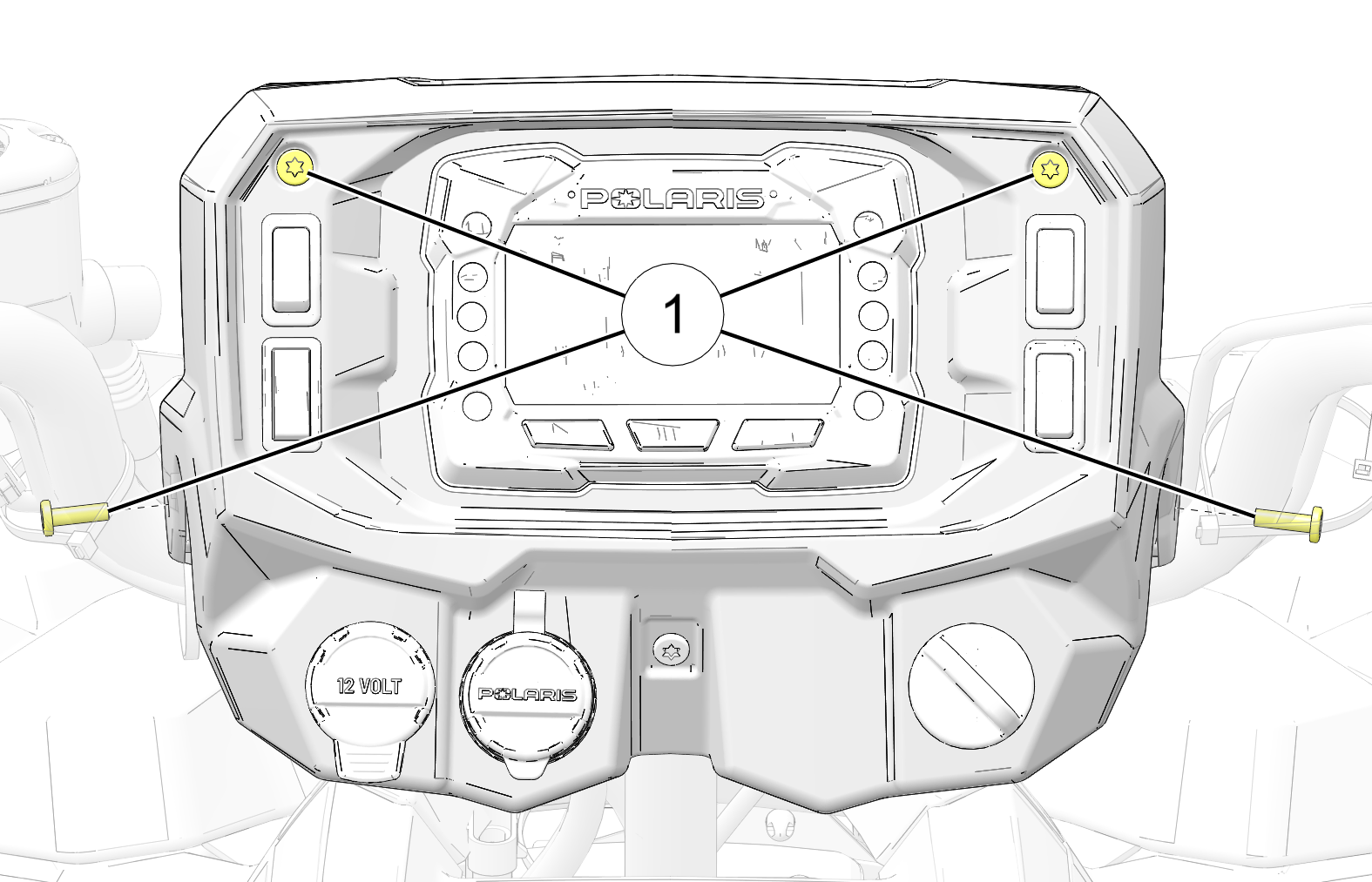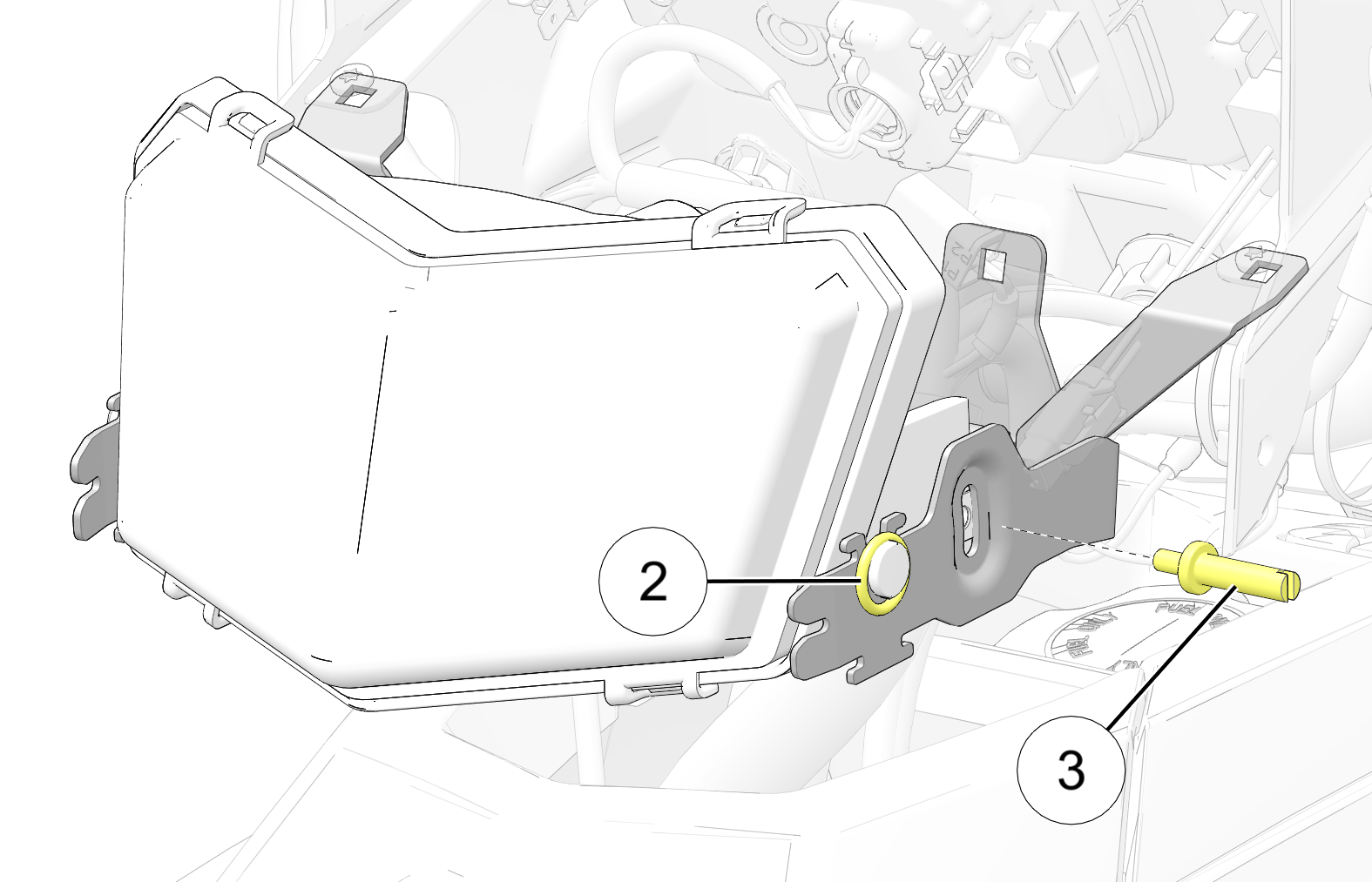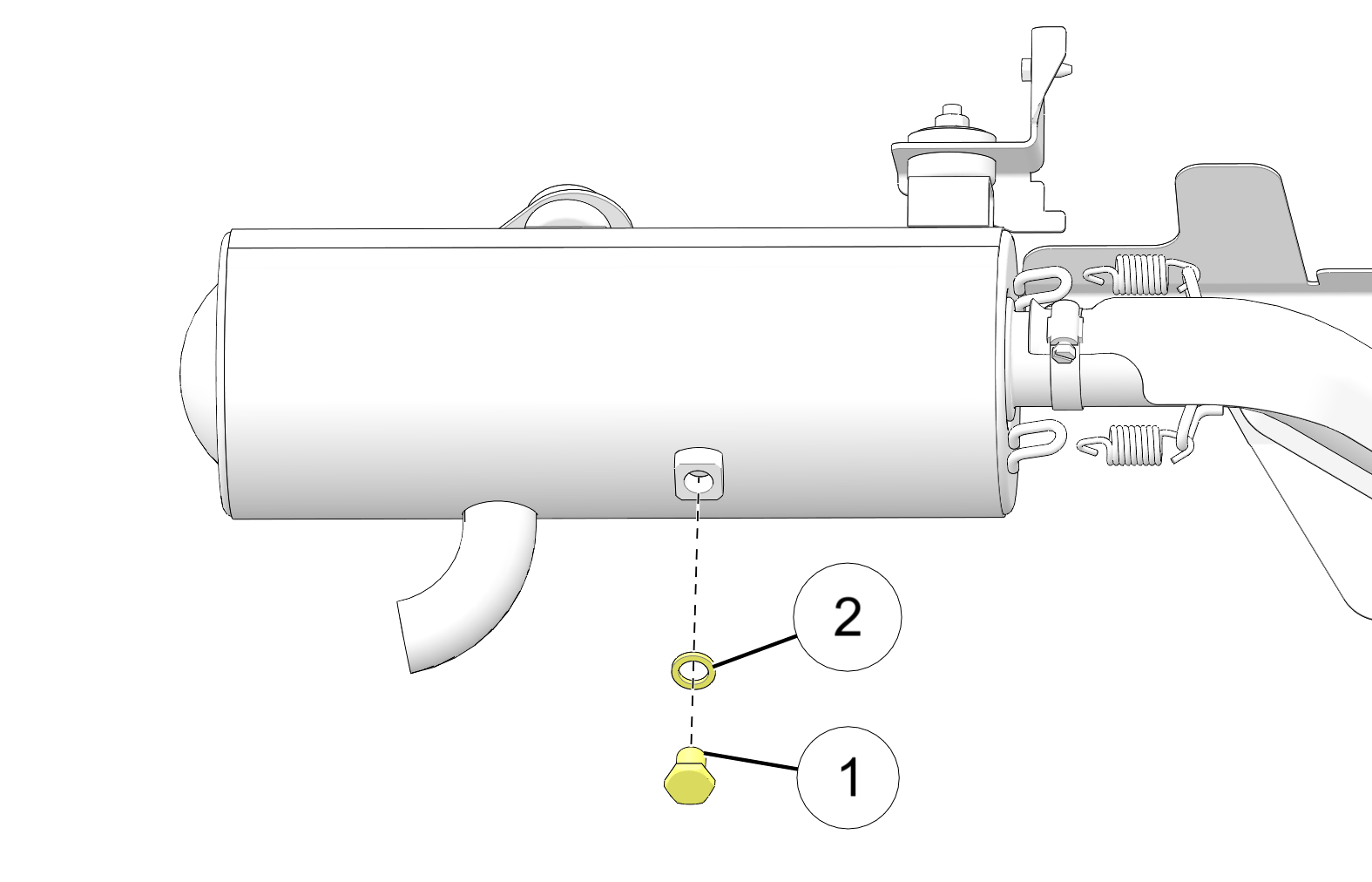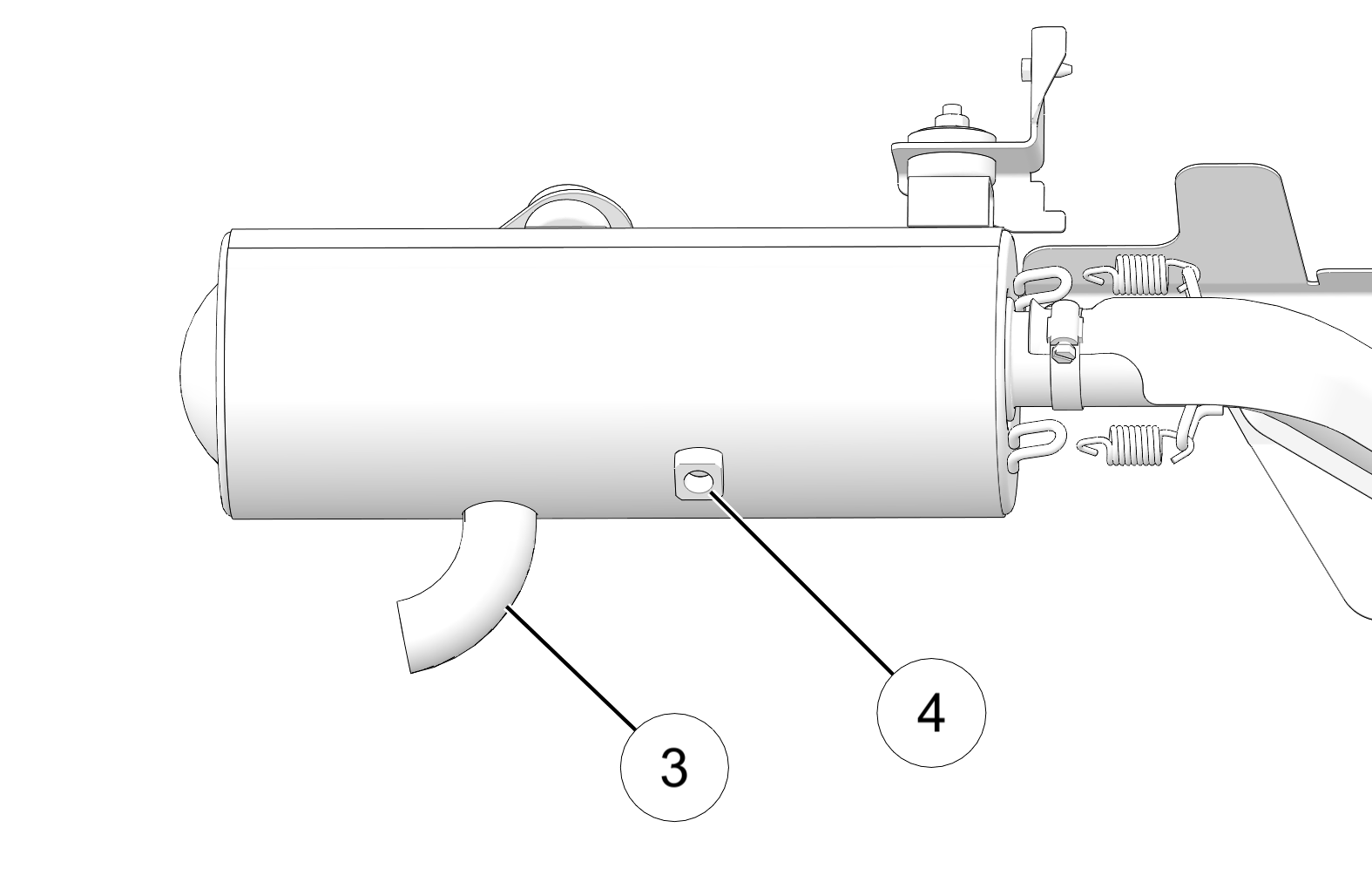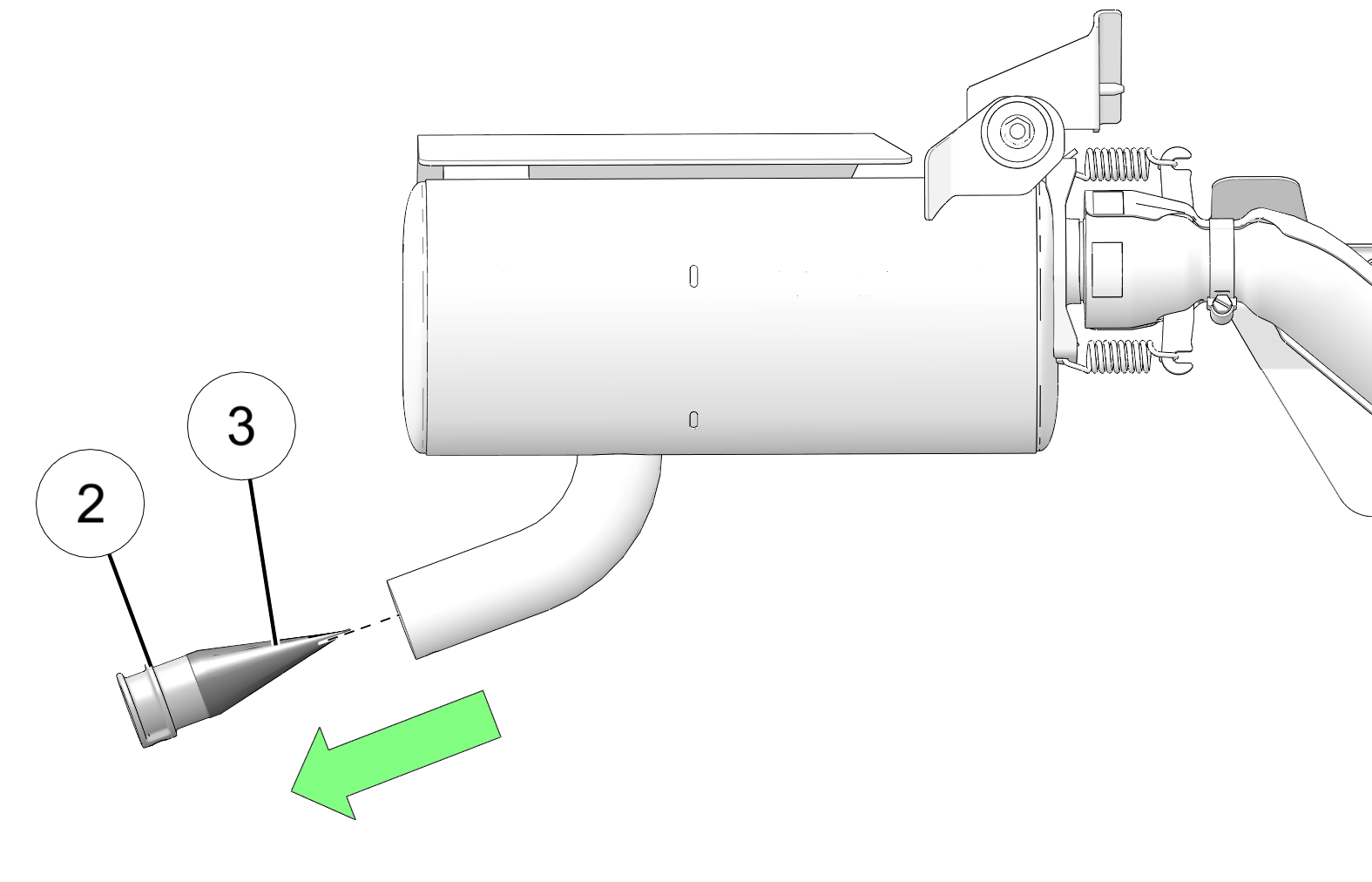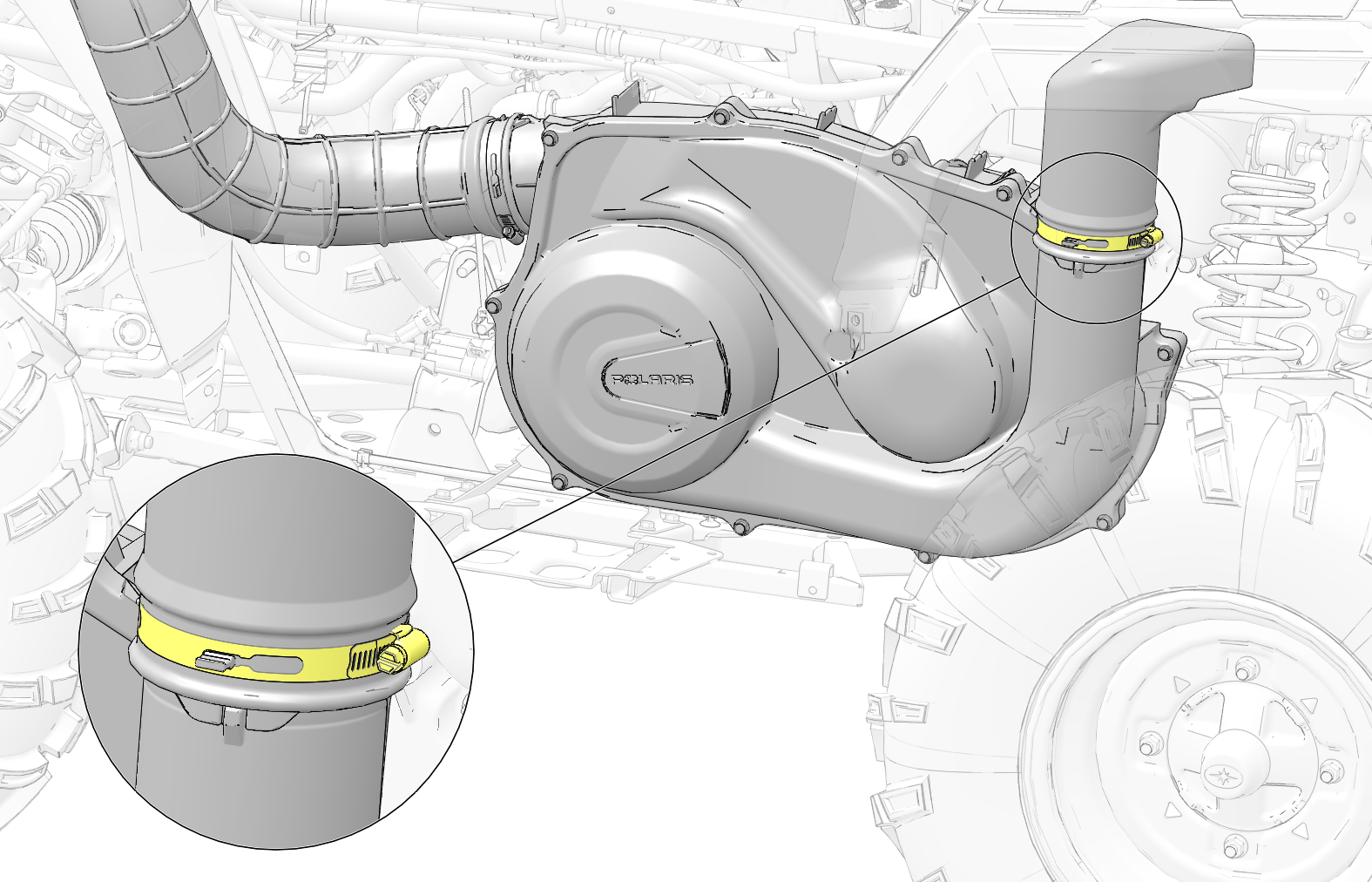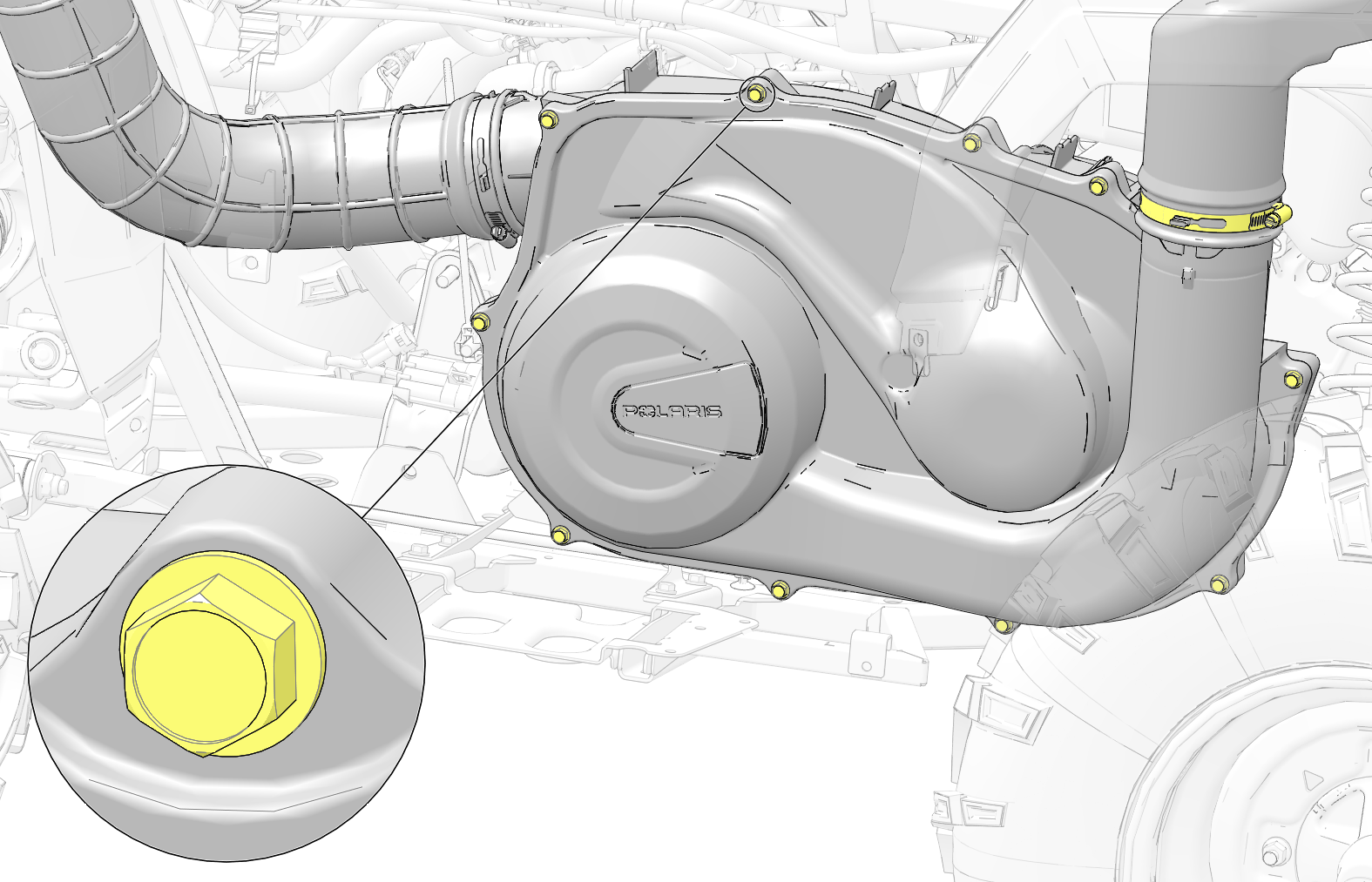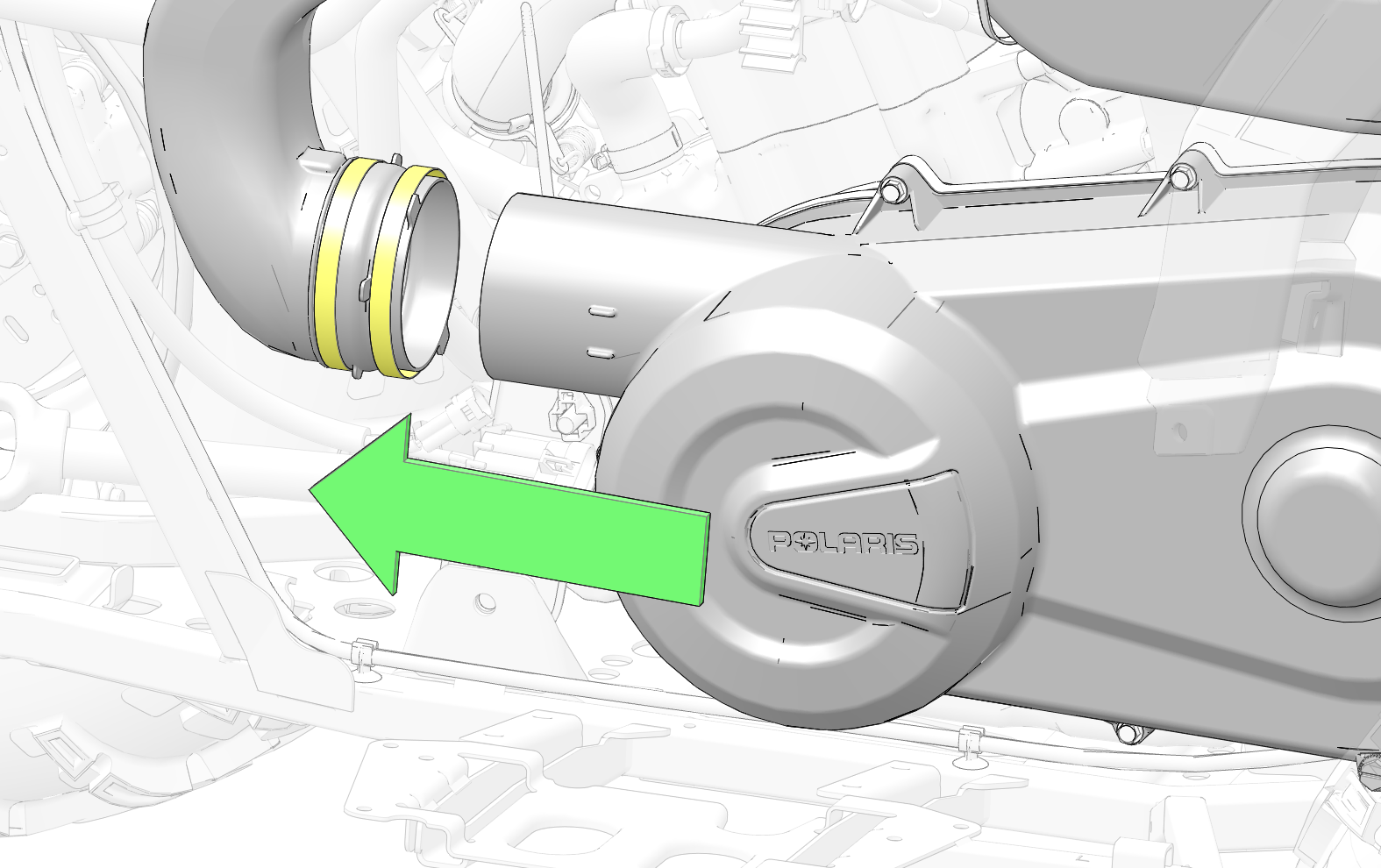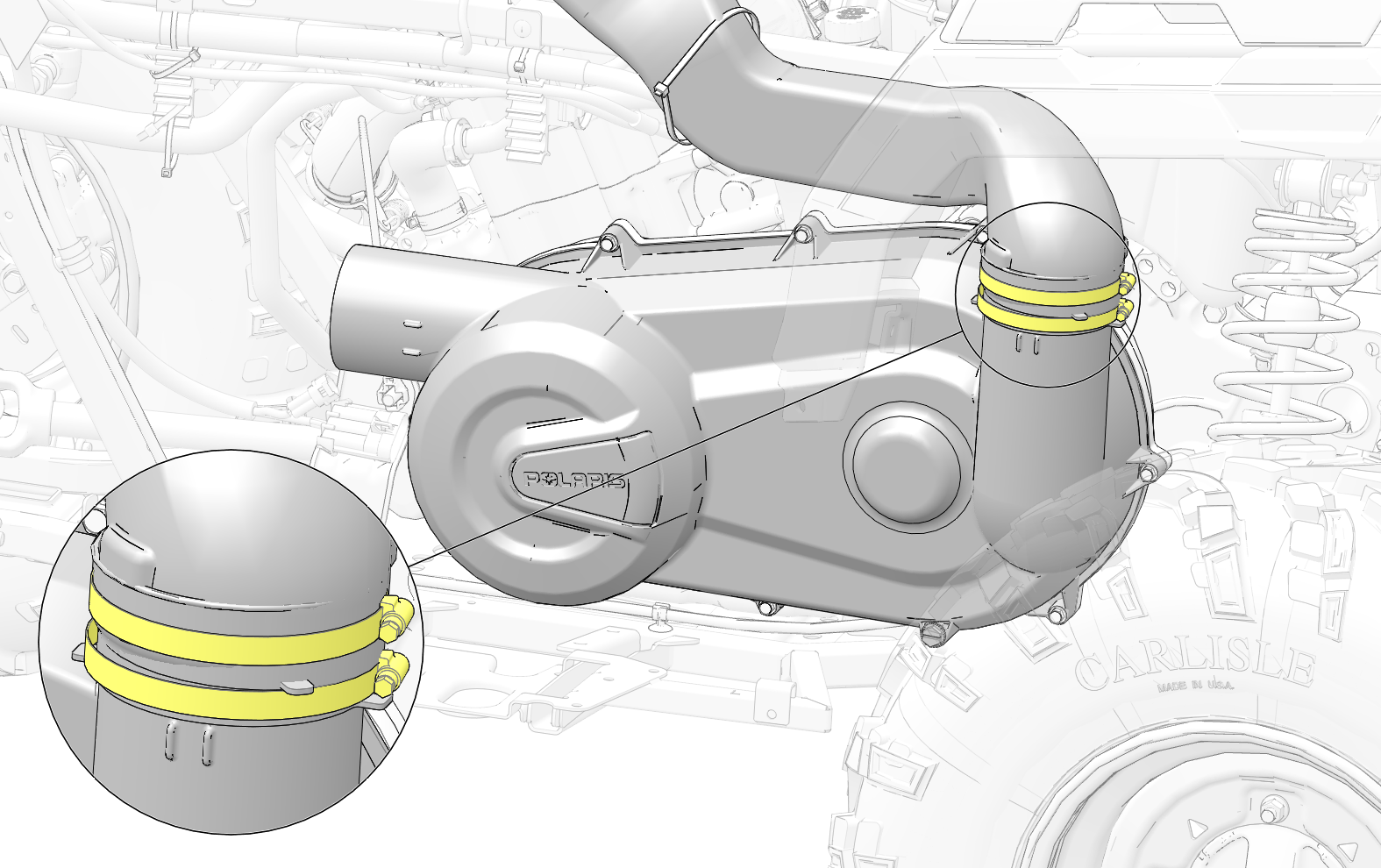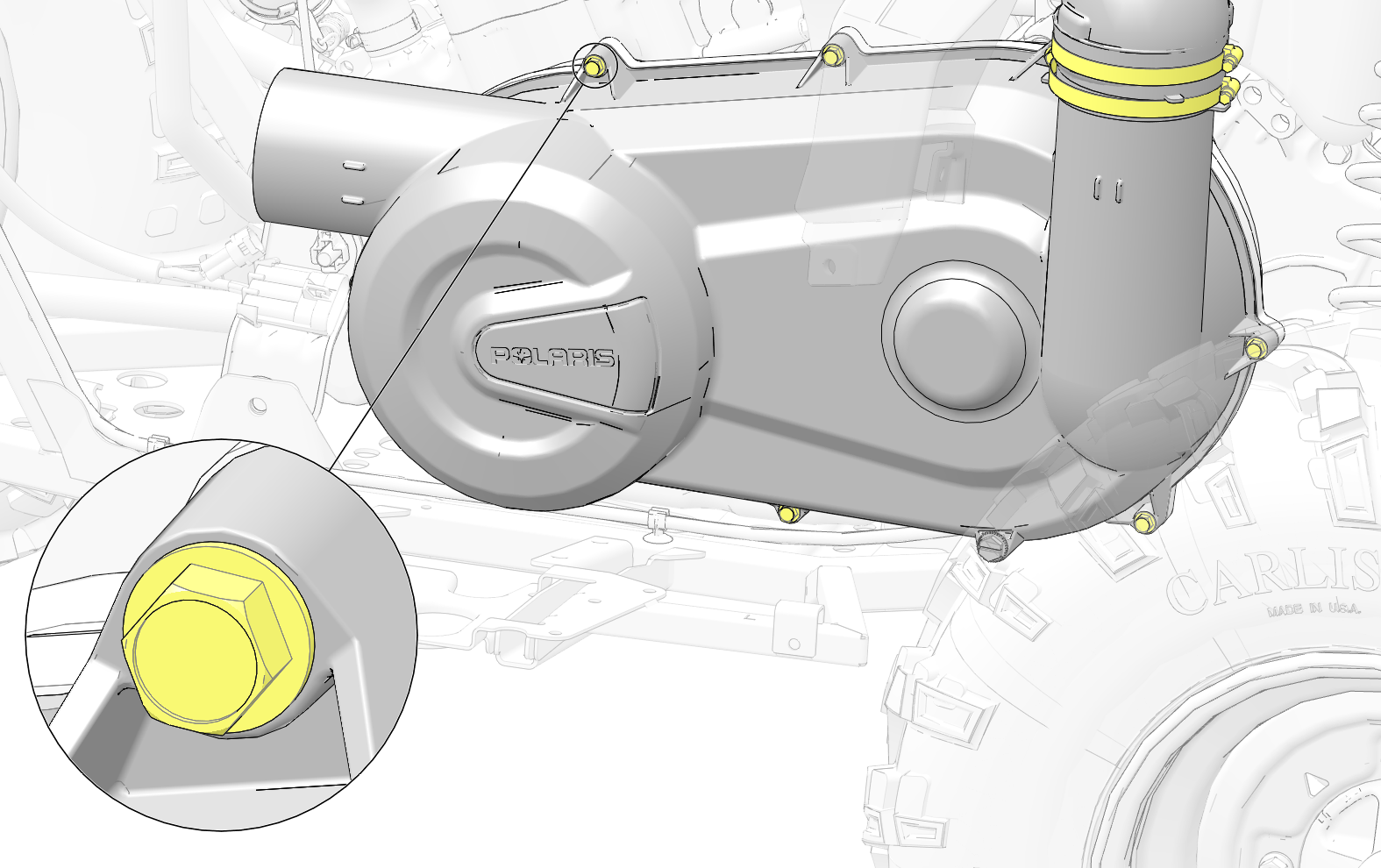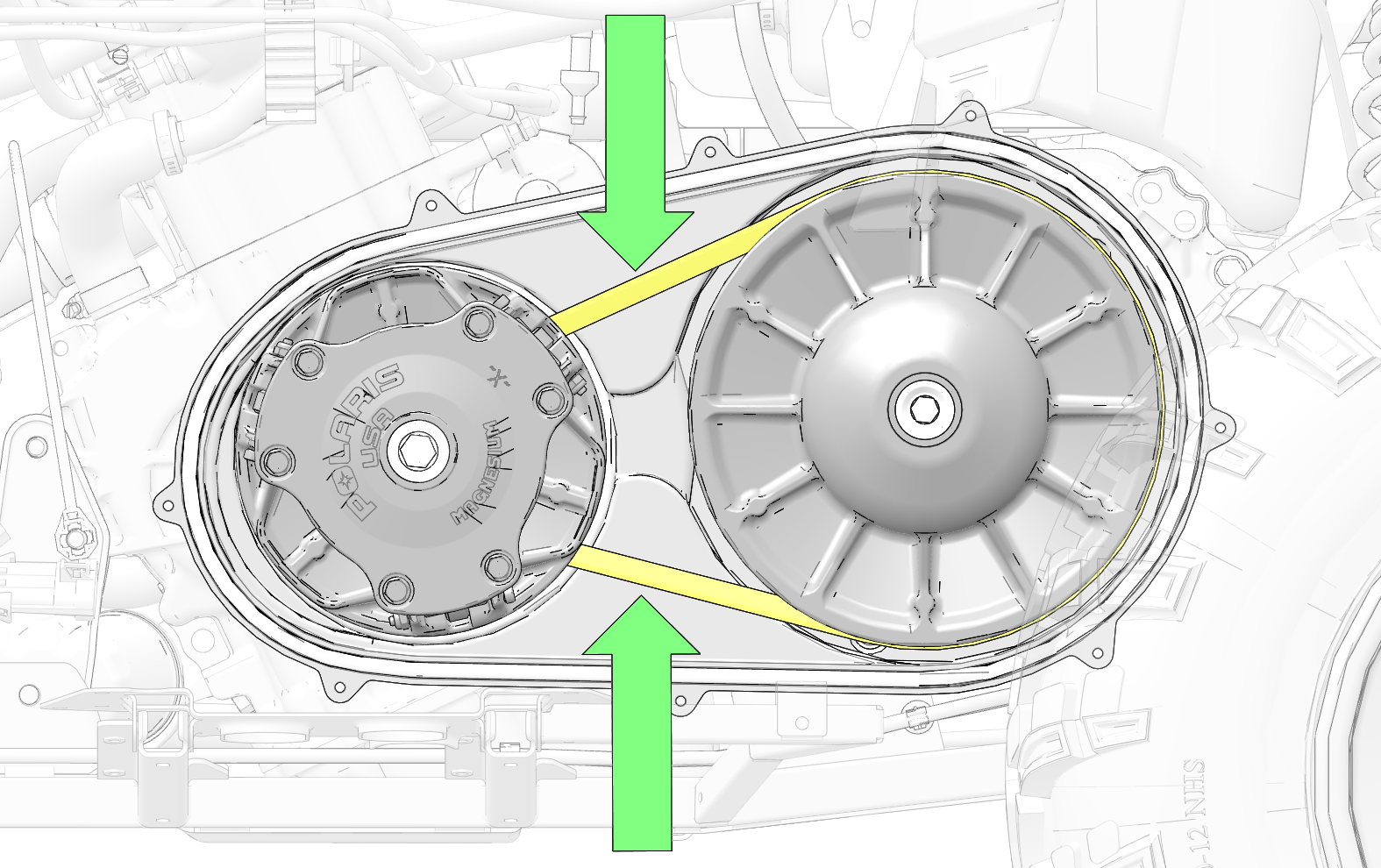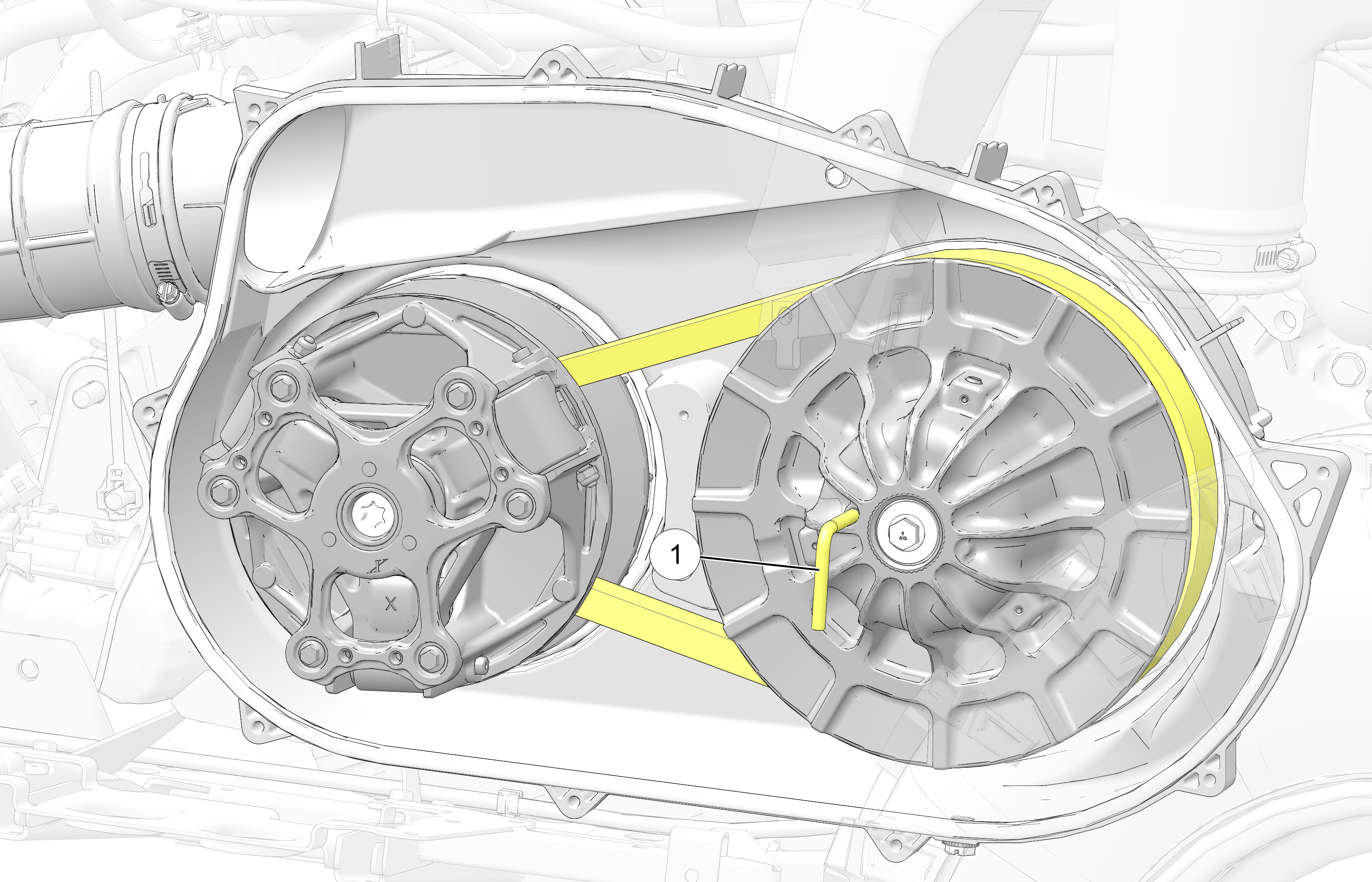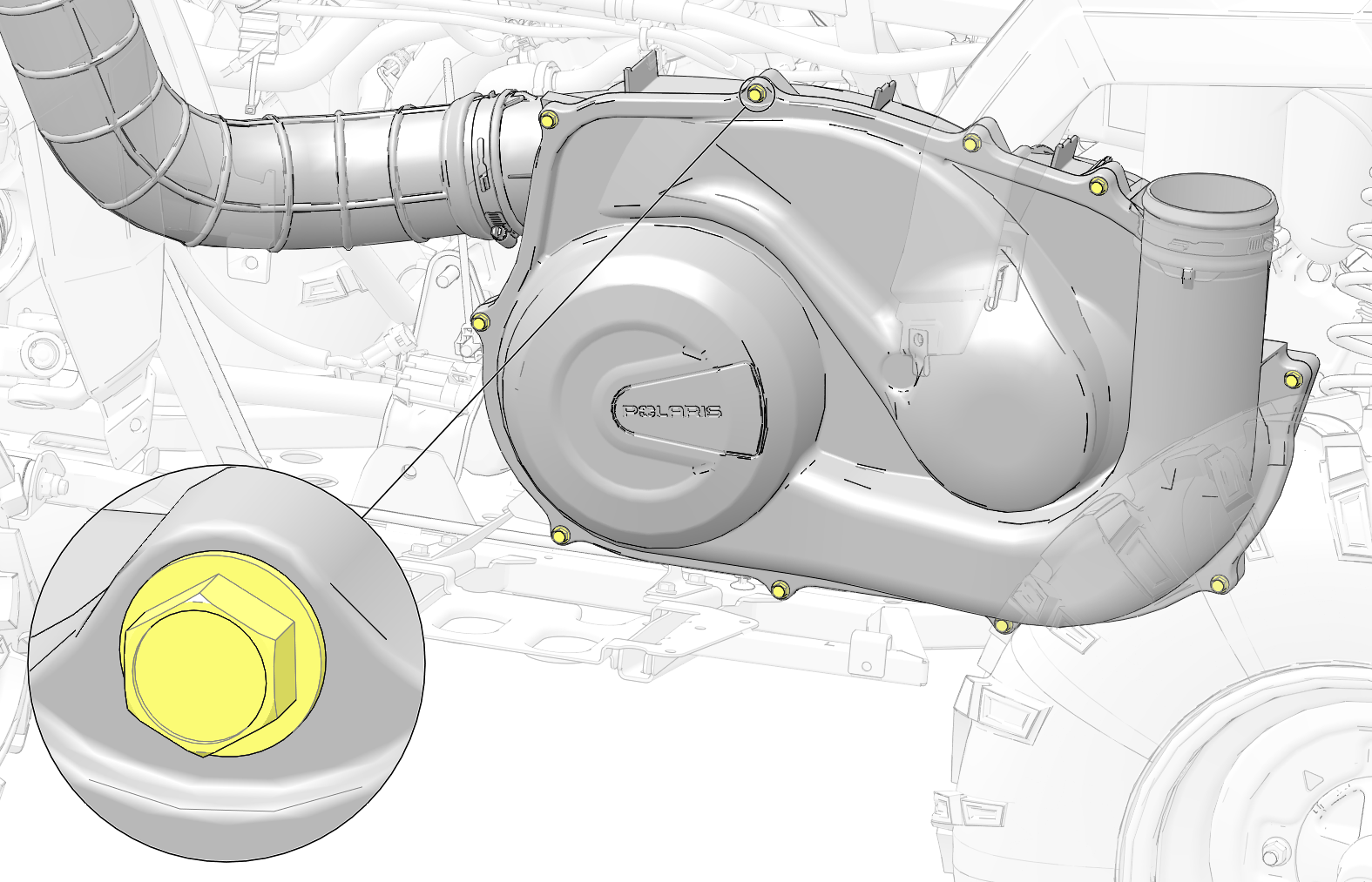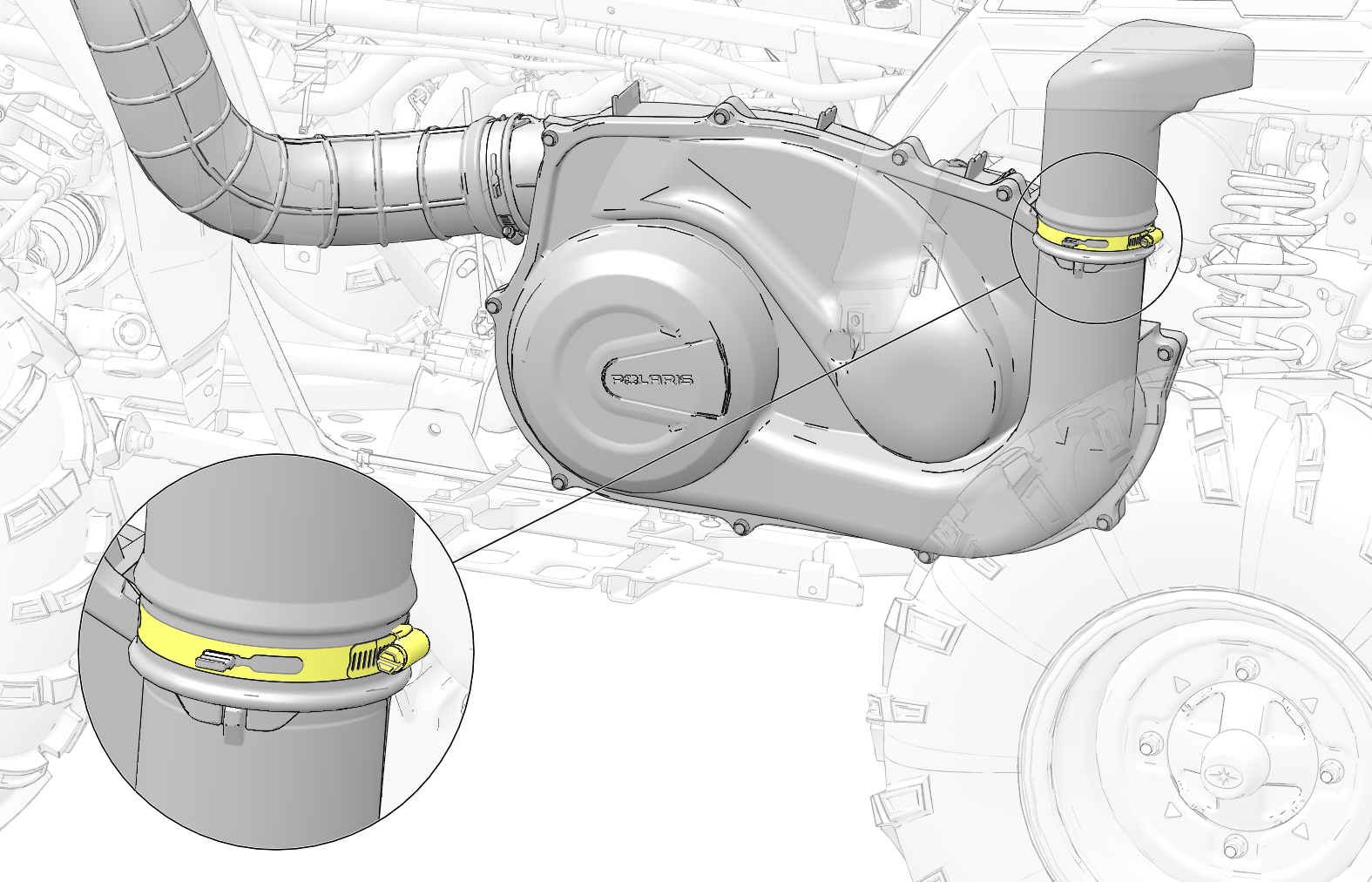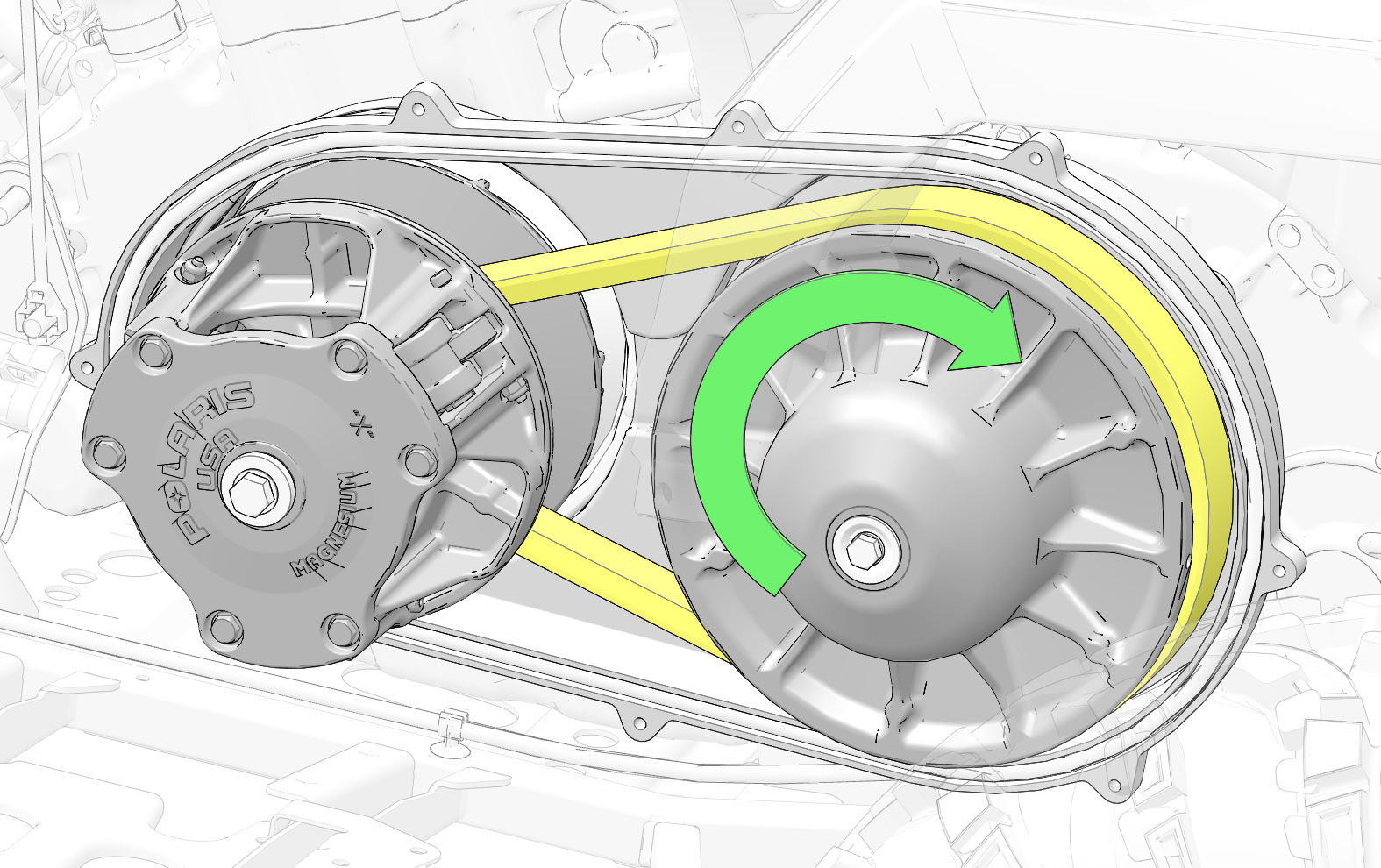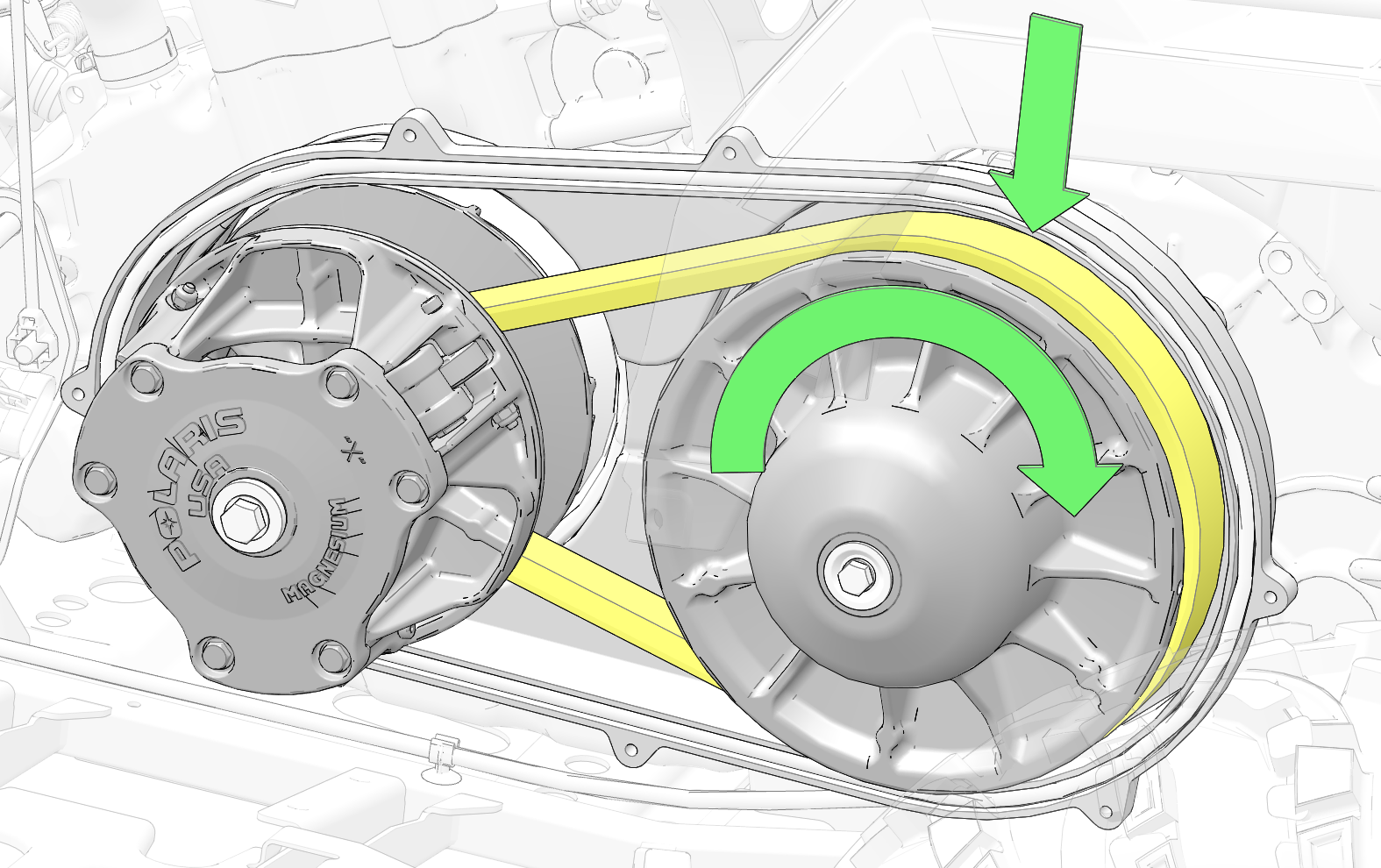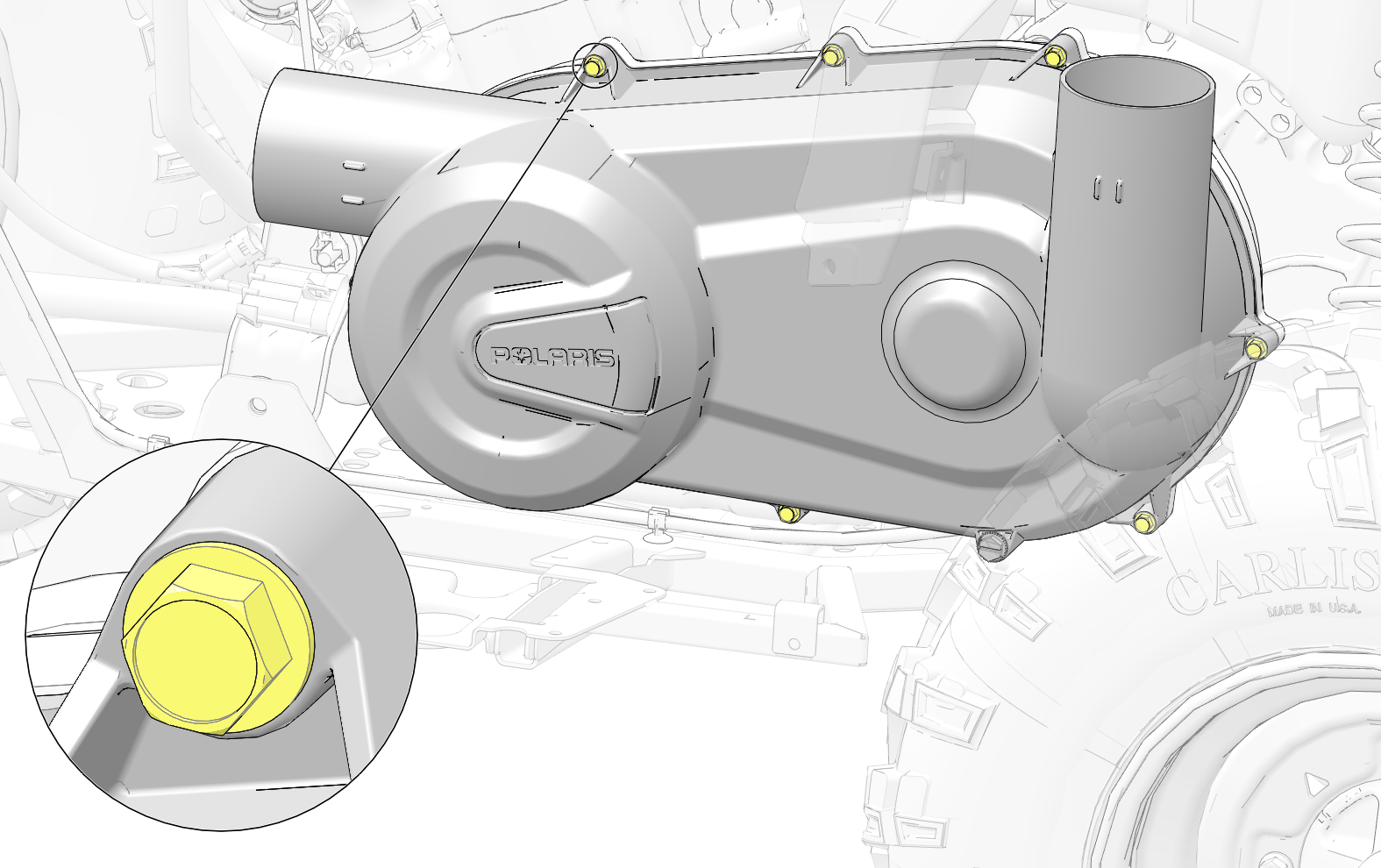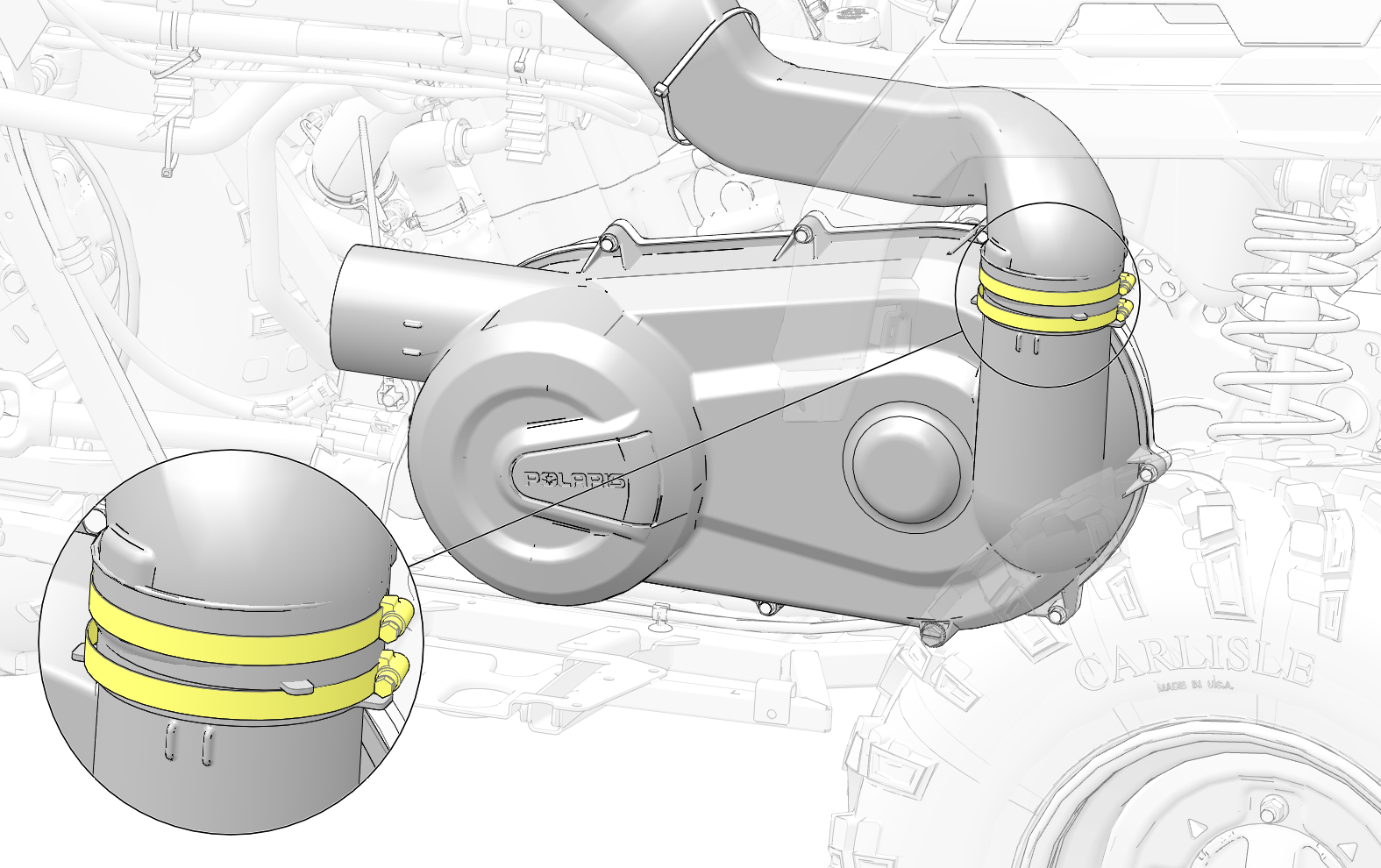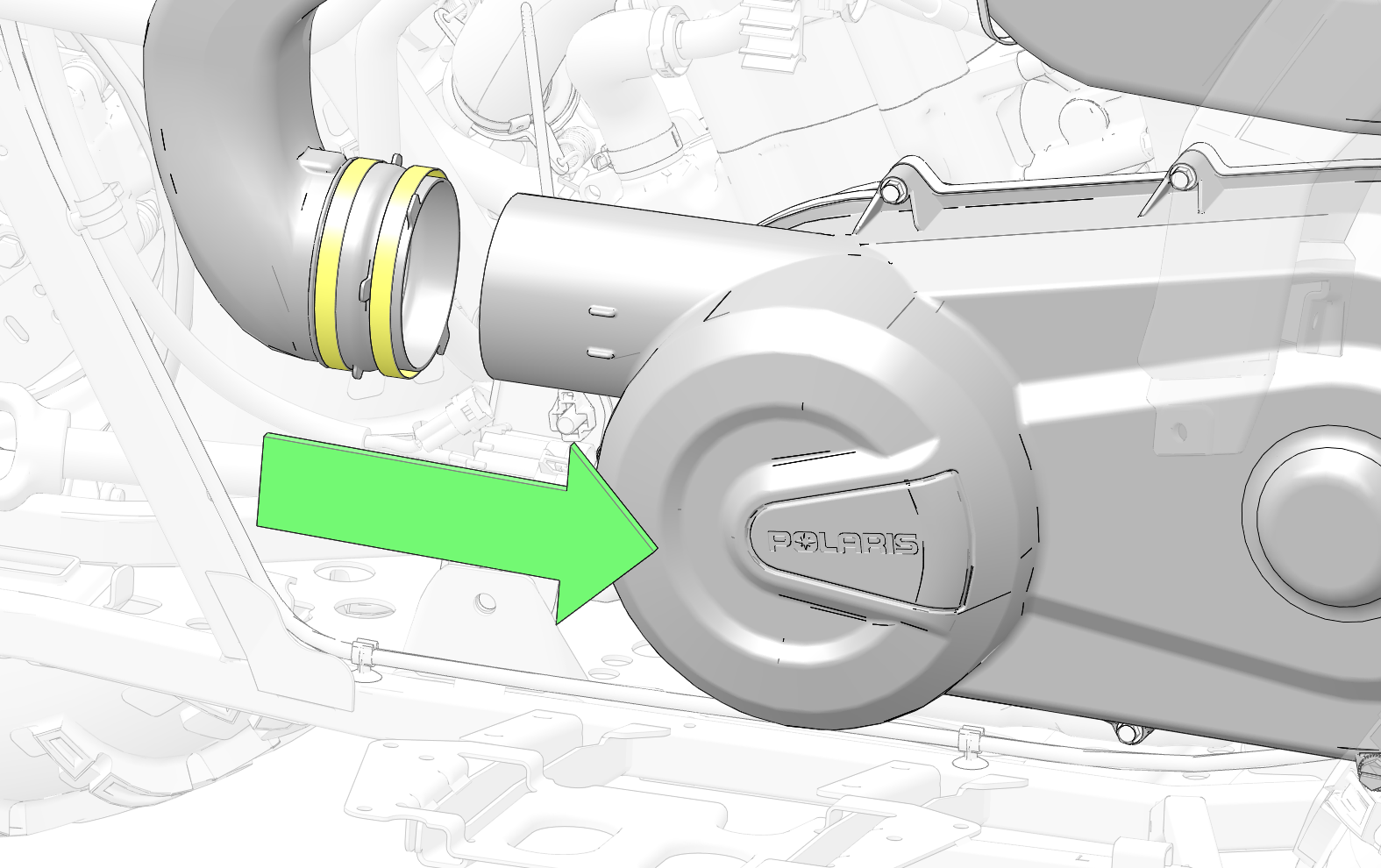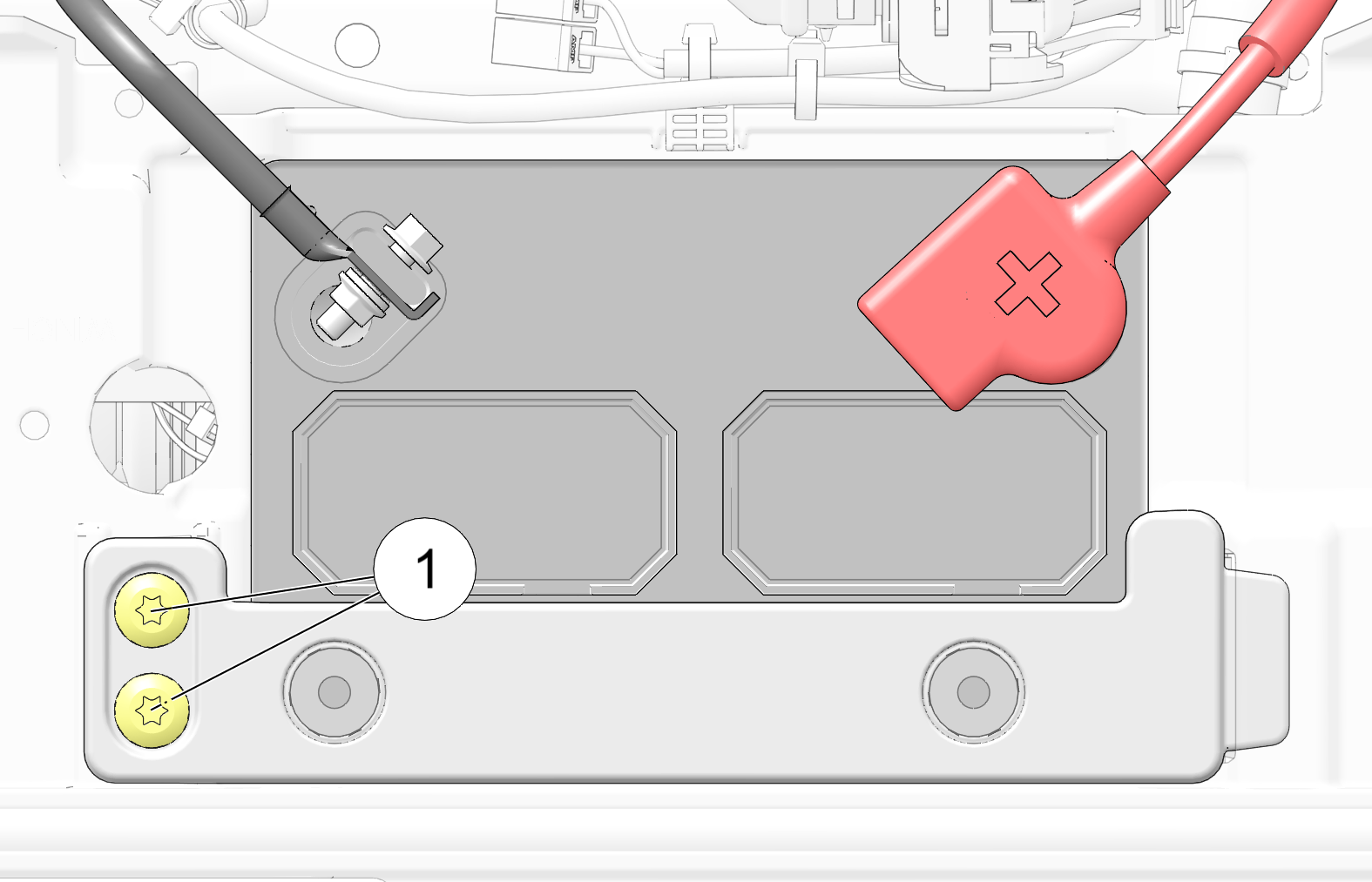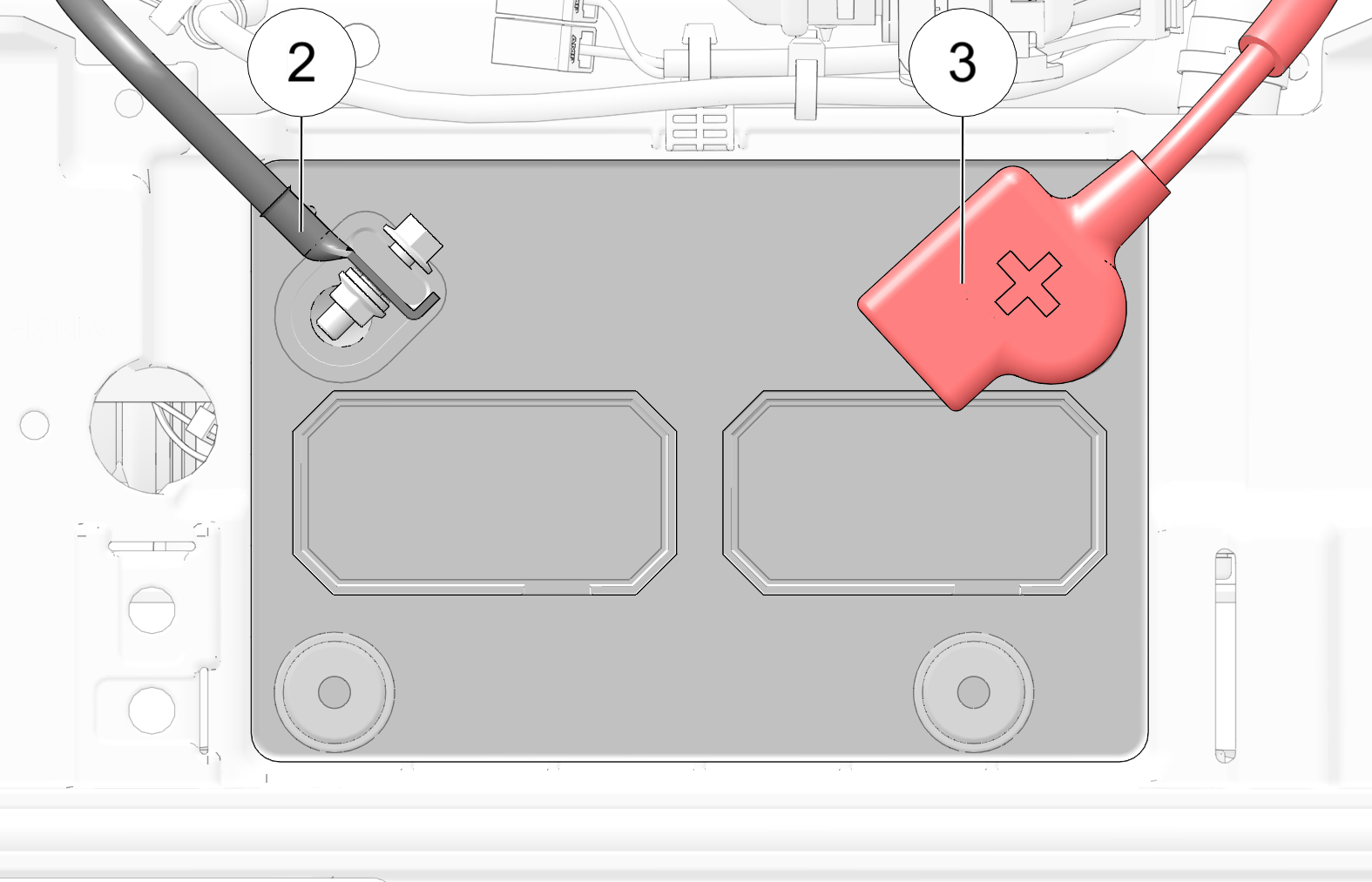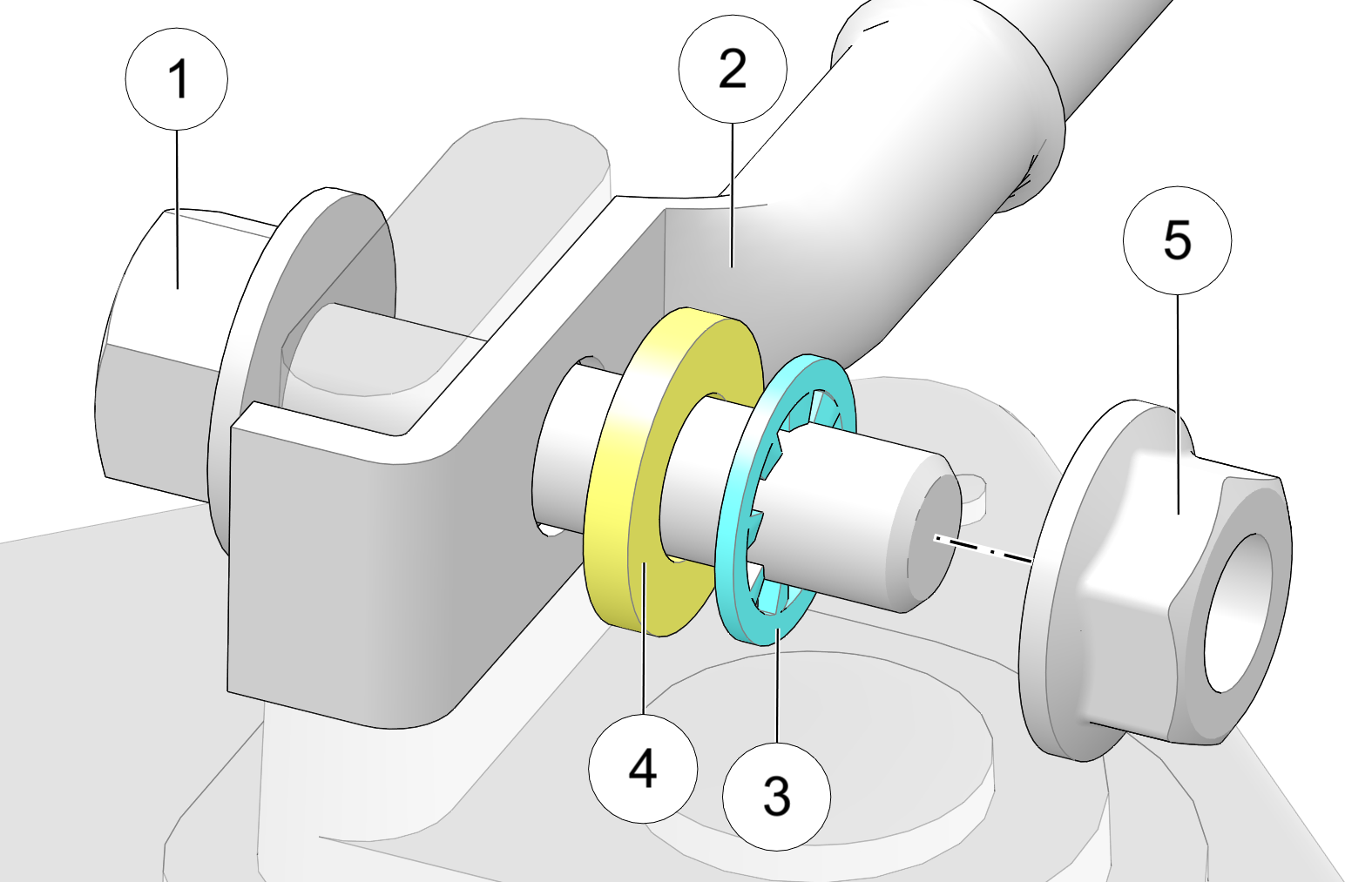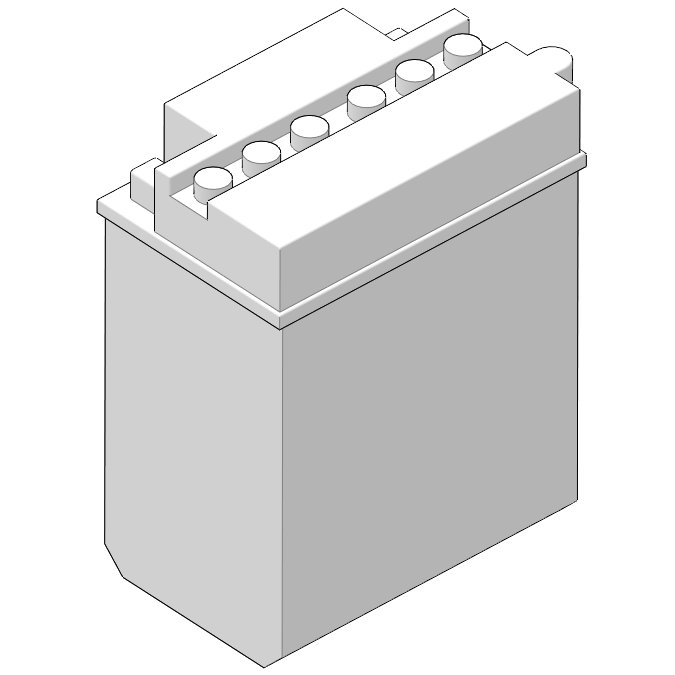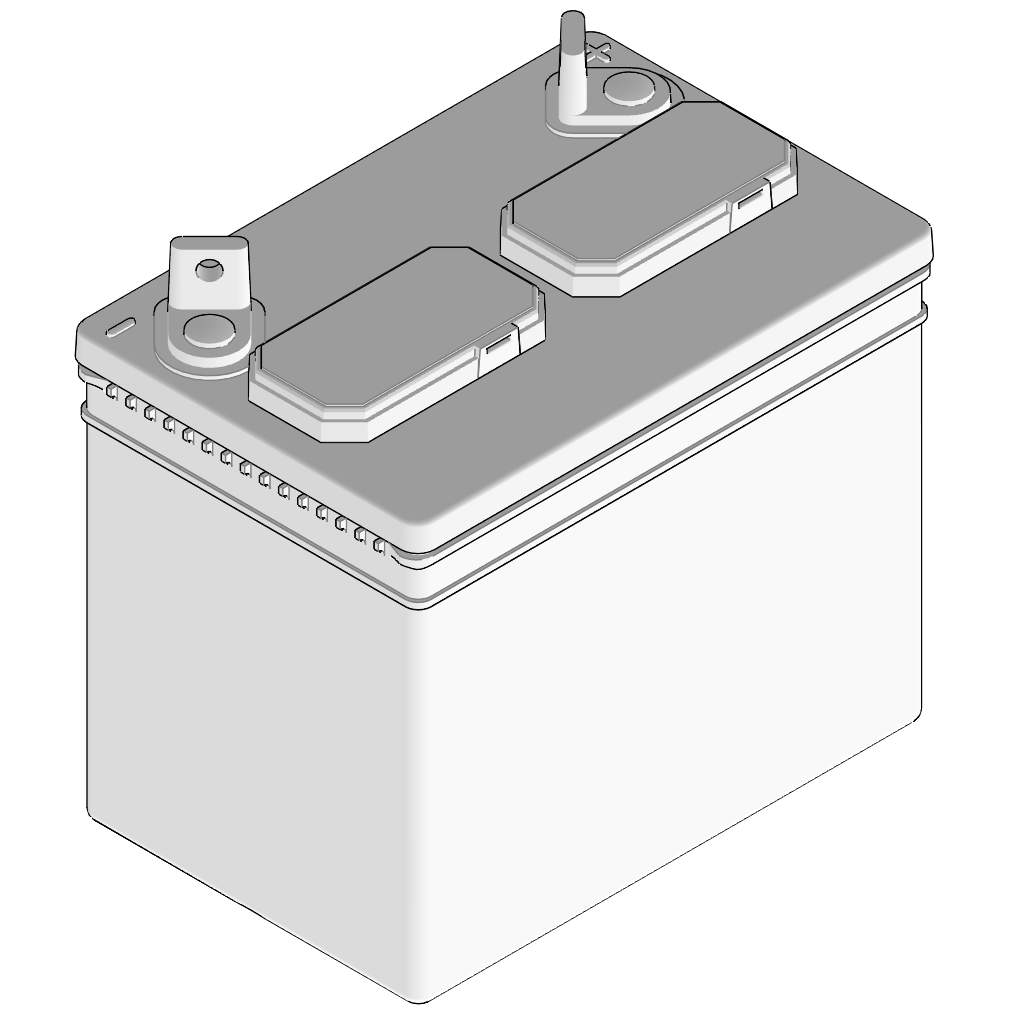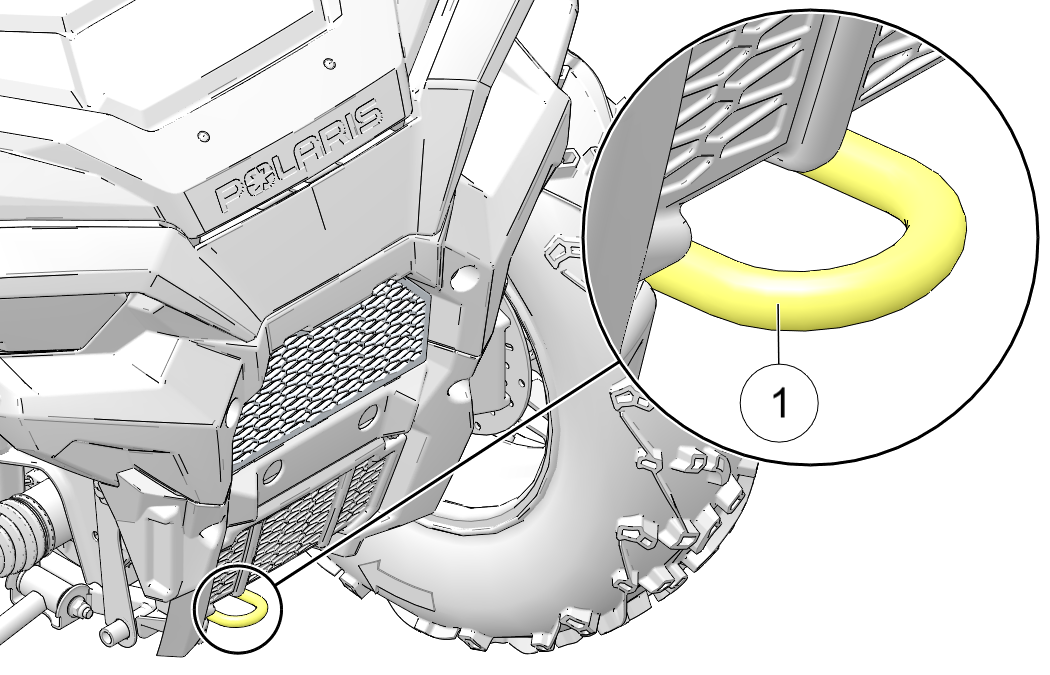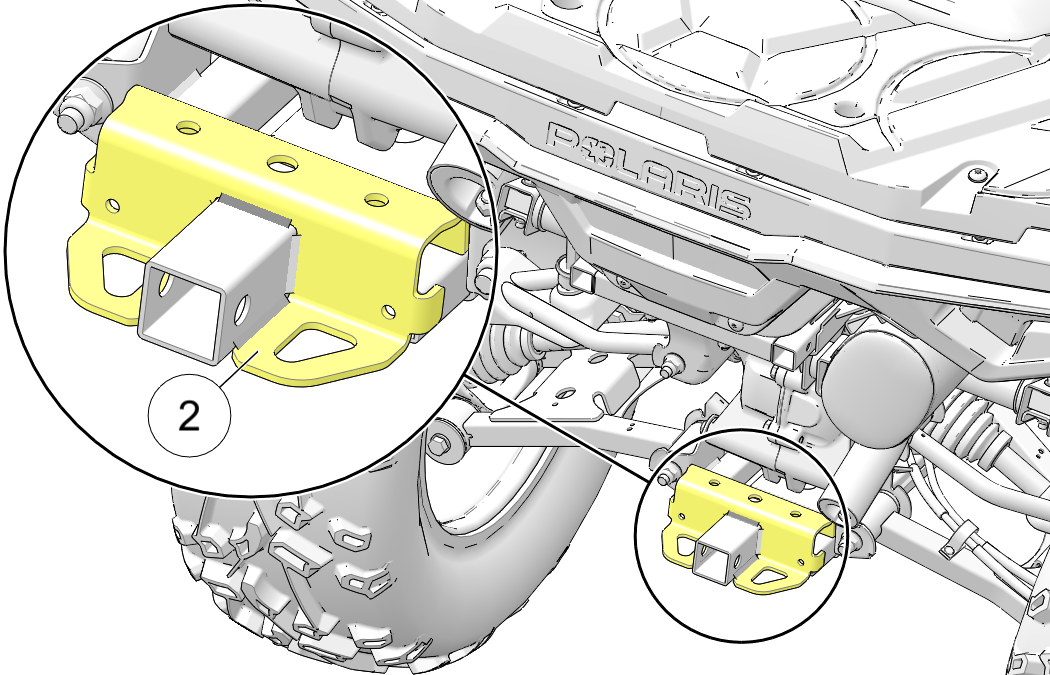Certain POLARIS Off-Road Vehicles are available in 49-state and
50-state versions. Only the 50-state models are certified for sale
in California. The 50-state models available for sale in California
are identified by the letter “B” in the ninth position
of the model number (e.g., R16RTE87B). The POLARIS 50-state models
are designed and built with features such as a reduced cargo box capacity.
Any modifications to these features may be a violation of the applicable
California regulations and may void this limited emissions warranty
offered by the manufacturer.
POLARIS Inc. warrants that at the time it is first purchased, this
vehicle is:
-
Designed, built, and equipped so as to conform, at the time
of sale, with all applicable California evaporative emissions regulations.
-
Free from defects in materials and workmanship that may cause
the failure of a warranted part as defined in California evaporative
emissions regulations. All replacement parts must be identical in
all material respects to that part as described in the OHRV manufacturer's
Executive Order of Certification application.
The California evaporative emissions control system limited warranty
statement below applies to your Off Highway Recreational Vehicle in
California if the vehicle is equipped with an evaporative emission
control system and is labeled with a Vehicle Evaporative Emissions
Control Information label indicating that the vehicle conforms to
California evaporative emissions regulations applicable to new off-road
sport vehicles, all-terrain vehicles, or off-road utility vehicles.
These vehicles are referred to as “OHRV-EVAP” below.
CALIFORNIA EMISSION CONTROL WARRANTY STATEMENT YOUR WARRANTY
RIGHTS AND OBLIGATIONS
The California Air Resources Board and POLARIS Industries Inc.
is pleased to explain the emission control system warranty on your
model year 2018 and newer Off Highway Recreational Vehicle. In California,
new off-highway recreational vehicles must be designed, built and
equipped to meet the State's stringent anti-smog standards. POLARIS
must warrant the emission control system on your OHRV-EVAP for the
periods of time listed below provided there has been no abuse, neglect
or improper maintenance of your OHRV-EVAP.
Your emission control system may include parts such as the carburetor
or fuel injection system, fuel tank, fuel hoses, carbon canister,
engine computer and Evaporative Emissions Control System parts listed
in the U.S.A. EPA Emissions Limited Warranty. Also included may be
hoses, belts, connectors and other emission-related assemblies. Where
a warrantable condition exists, POLARIS will repair your OHRV-EVAP
at no cost to you including diagnosis, parts and labor.
MANUFACTURER’S WARRANTY COVERAGE
For model year 2018 and newer OHRV-EVAP models.
For 30 months, or 2500 miles, or 250 hours, whichever comes first,
except for evaporative components over the OHRV high-priced warranty
value, which is covered for 60 months, or 5000 miles, or 500 hours,
whichever comes first. If any emission-related part on your OHRV-EVAP
is defective, the part will be repaired or replaced by POLARIS.
OWNER'S WARRANTY RESPONSIBILITIES
As the OHRV-EVAP owner, you are responsible for the performance
of the required maintenance listed in your owner's manual. POLARIS
recommends that you retain all receipts covering maintenance on your
OHRV-EVAP, but POLARIS cannot deny warranty solely for the lack of
receipts or for your failure to ensure the performance of a scheduled
maintenance.
As an owner you are responsible for presenting your OHRV-EVAP to
an authorized POLARIS dealer as soon as a problem exists. The warranty
repairs should be completed in a reasonable amount of time, not to
exceed 30 days.
As an OHRV-EVAP owner, you should also be aware that POLARIS may
deny you warranty coverage if your OHRV-EVAP or a part has failed
due to abuse, neglect, improper maintenance or unapproved modifications.
ORV / OHRV
-
POLARIS must honor the CARB-approved California emission warranty
included in the Owner’s Manual.
-
POLARIS is liable for damages to other vehicle components proximately
caused by a failure under warranty of any California emissions-warranted
part.
-
Any add-on or modified part exempted by the California Air
Resources Board from the prohibitions of California Vehicle Code section
27156 may be used on a vehicle, engine, or trailer. Such use, in and
of itself, shall not be grounds for disallowing a warranty claim made
in accordance with California emission warranty requirements. POLARIS
shall not be liable under CARB emissions warranty requirements to
warranty failures of warranted parts caused by the use of an add-on
modified part.
These requirements are based on the following provisions of
the California Code of Regulations, which apply as written.
-
13 CCR §2419.1(d) Subject to the conditions and exclusions
of subdivision (i), the warranty on emissions-related parts must function
as follows.
— (7) The OHRV manufacturer is liable for
damages to other vehicle components proximately caused by a failure,
under warranty, of any warranted part.
— (10) Any add-on
or modified part exempted by the Air Resources Board from the prohibitions
of section 27156 of the California Vehicle Code may be used on an
OHRV. Such use, in and of itself, will not be grounds for disallowing
a warranty claim made under the provisions of this Article. The OHRV
manufacturer is not liable under the provisions of this Article to
warranty failures of warranted parts caused by the use of an add-on
or modified part(s) unless such part(s) are also warranted.
ADD-ON OR MODIFIED PARTS
An add-on or modified part must be compliant with applicable CARB
emission control standards. A violation of this requirement is punishable
by civil and/or criminal punishment.
If you have any questions regarding your warranty rights and responsibilities,
you should contact POLARIS Owner Connections at 1-800-POLARIS (1-800-765-2747)
or the California Air Resources Board at 9528 Telstar Avenue, El Monte,
CA 91731.
United States & Canada: 1-800-POLARIS (1-800-765-2747)
HOW THE CALIFORNIA EMISSIONS WARRANTY ON EVAPORATIVE EMISSIONS
PARTS MUST FUNCTION AS PRESCRIBED IN 13 CCR §2419.1
(1) Any warranted part which is not scheduled for replacement as
part of maintenance in the Owner’s Manual must be warranted
for the warranty period. If any such part fails during the warranty
period, it must be repaired or replaced by POLARIS according to subdivision
(4) below. Any such part repaired or replaced under warranty must
be fully warranted.
(2) Any warranted part which is scheduled only for regular inspection
in the Owner’s Manual must be warranted for the warranty period.
A statement in such written instructions to the effect of “repair
or replace as necessary” must not reduce the period of warranty
coverage. Any such part repaired or replaced under warranty must be
warranted for the remaining warranty period.
(3) Any warranted part which is scheduled for replacement as part
of maintenance in the Owner’s Manual must be warranted for
the period of time prior to the first scheduled replacement point
for that part. If the part fails before the first scheduled replacement
point, the part must be repaired or replaced by POLARIS according
to subdivision (4). Any such part repaired or replaced under warranty
must be warranted for the remainder of the period prior to the first
scheduled replacement point for the part.
(4) Repair or replacement of any warranted part under the warranty
provisions of this Article must be performed at no charge to the OHRV
owner, at a warranty station, except in the case of a temporary repair
when a warranted part or a warranty station is not reasonably available
to the OHRV owner. In the event a temporary repair is permitted according
to subdivision (8) below, repairs may be performed at any available
service establishment, or by the owner, using any replacement part.
POLARIS must reimburse the owner for his or her expenses including
diagnostic charges for such temporary repair or replacement, not to
exceed POLARIS' suggested retail price for all warranted parts replaced
and labor charges based on the POLARIS recommended time allowance
for the warranty repair and the geographically appropriate hourly
labor rate.
(5) Notwithstanding the provisions of subdivision (4) above, warranty
services or repairs must be provided at all POLARIS dealerships that
are owned by POLARIS or franchised to service the subject OHRVs.
(6) The OHRV owner must not be charged for diagnostic labor which
leads to the determination that a warranted part is, in fact, defective,
provided that such diagnostic work is performed at a warranty station.
(7) POLARIS is liable for damages to other vehicle components proximately
caused by a failure, under warranty, of any warranted part.
(8) Throughout the OHRV's evaporative emissions warranty period,
POLARIS must maintain a supply of warranted parts sufficient to meet
the expected demand for such parts. The lack of availability of such
parts or the incompleteness of repairs within a reasonable time period,
not to exceed 30 days from the time the OHRV is initially presented
to the warranty station for repair, will qualify the need for a temporary
repair for purposes of subdivision (4).
(9) Any replacement part designated by POLARIS may be used in warranty
repairs provided without charge to the OHRV owner. Such use will
not reduce the warranty obligations of POLARIS, except that POLARIS
will not be liable under the provisions of this Article for repair
or replacement of any replacement part which is not a warranted part
(except as provided under subdivision (d)(7)).
(10) Any add-on or modified part exempted by the Air Resources
Board from the prohibitions of section 27156 of the California Vehicle
Code may be used on an OHRV. Such use, in and of itself, will not
be grounds for disallowing a warranty claim made under the provisions
of this Article. POLARIS is not liable under the provisions of this
Article to warrant failures of warranted parts caused by the use of
an add-on or modified part(s) unless such part(s) are also warranted.
(11) Upon a request of the Executive Officer, POLARIS must provide
any documents that describe the manufacturer's warranty procedures
or policies.
(12) Any replacement part must not reduce the effectiveness of
the OHRV emission control system. POLARIS must demonstrate that the
applicable emission standards are being met when the replacement part(s)
are installed on the OHRV. The demonstration of equivalence to applicable
emission standards can be achieved through replacing the part(s) with
the evaporative emissions control components the OHRV evaporative
family was certified with; or, if unavailable, alternative parts may
be installed if POLARIS can provide test data to verify the evaporative
control system meets, at least, the OHRV EFEL.
EXCLUSION
Notwithstanding the provisions of subdivisions (1) - (12) above,
the repair or replacement of any warranted part otherwise eligible
for the California Warranty on Evaporative Emission Parts, is excluded
from such warranty coverage if POLARIS can provide evidence to the
California Air Resources Board Executive Officer, to the Executive
Officer's satisfaction, that the OHRV has been abused, neglected,
improperly maintained, or had unapproved modifications and that such
abuse, neglect, improper maintenance, or unapproved modification,
was the direct cause of the need for the repair or replacement of
the part.

